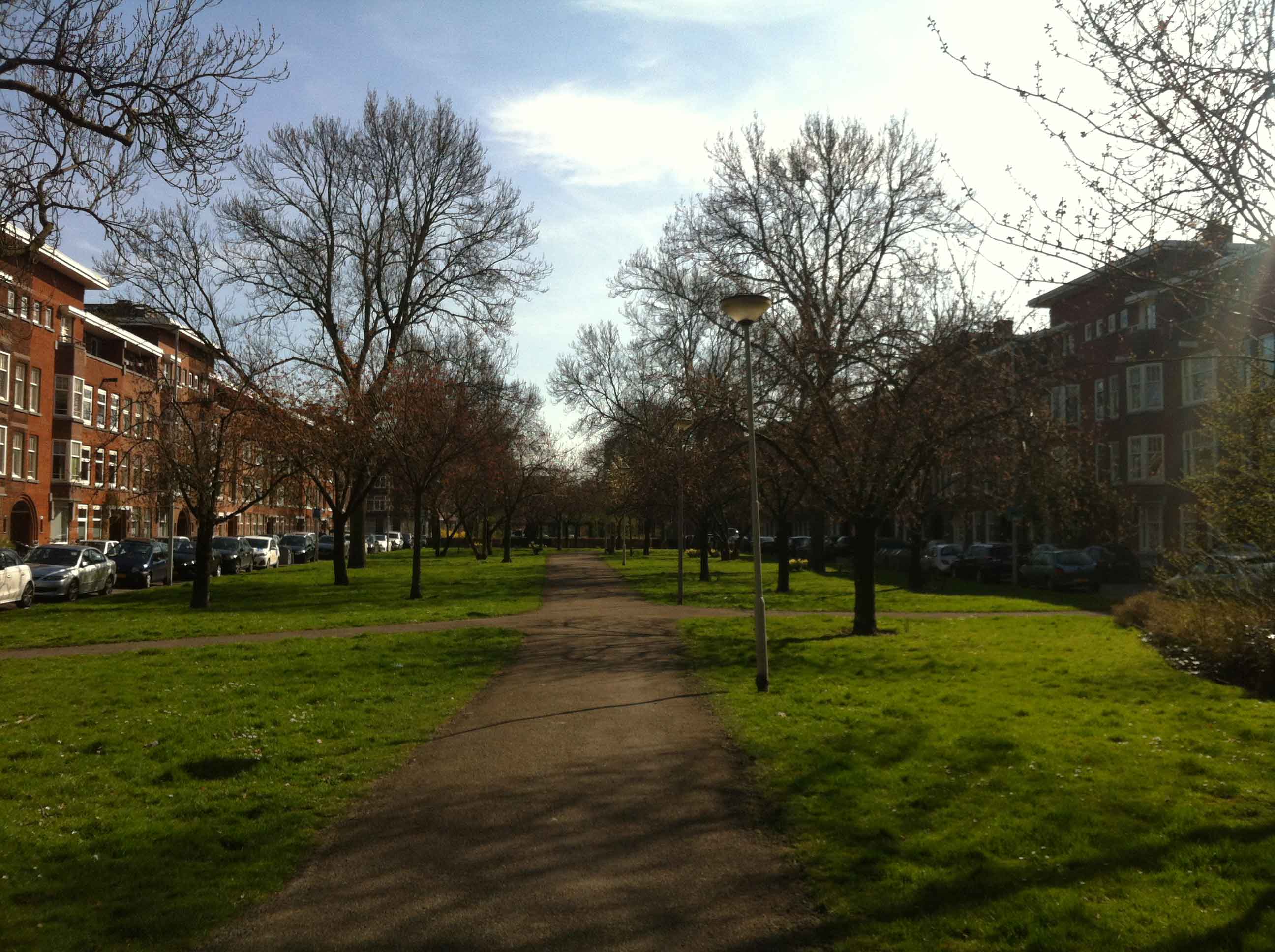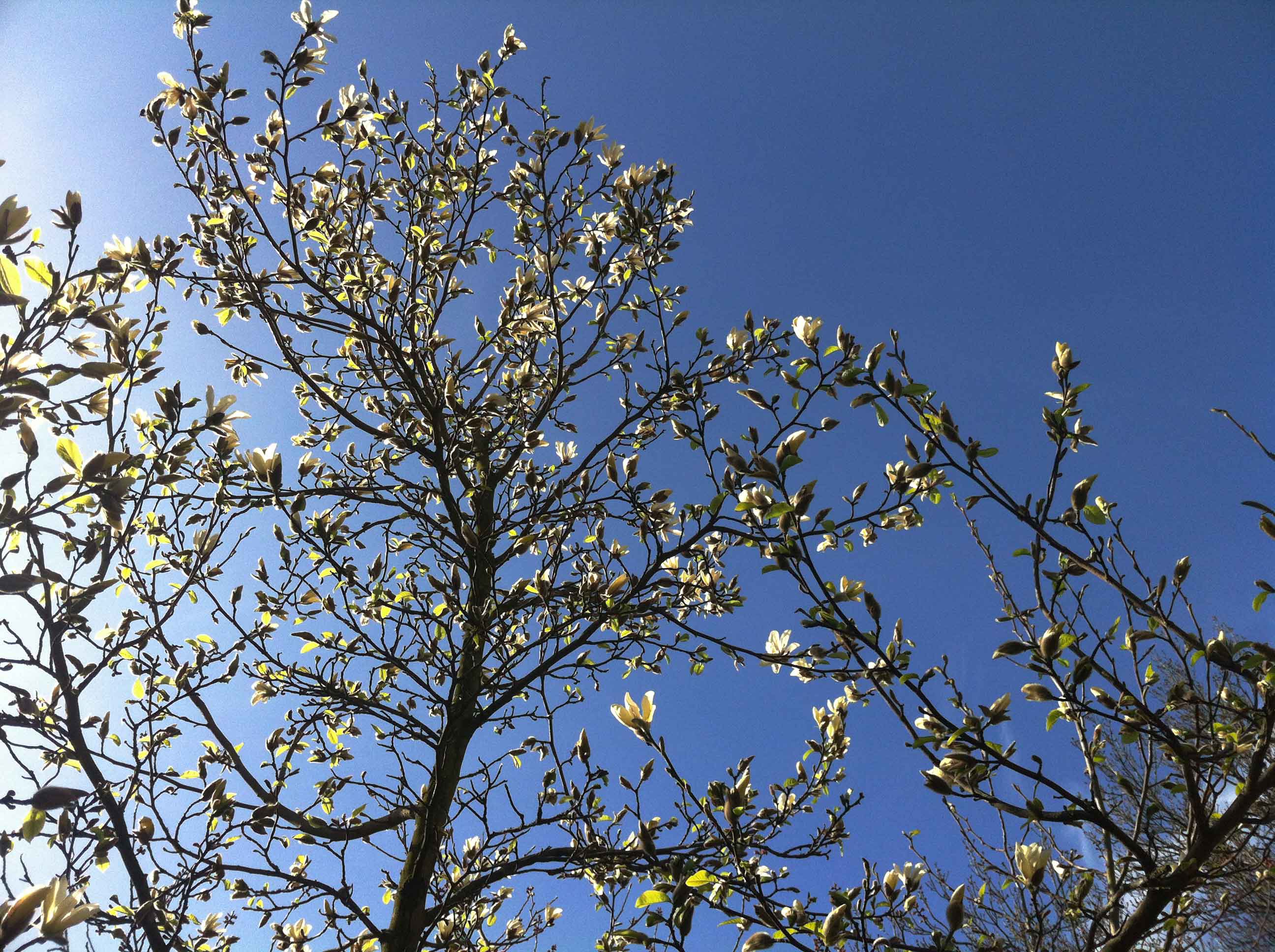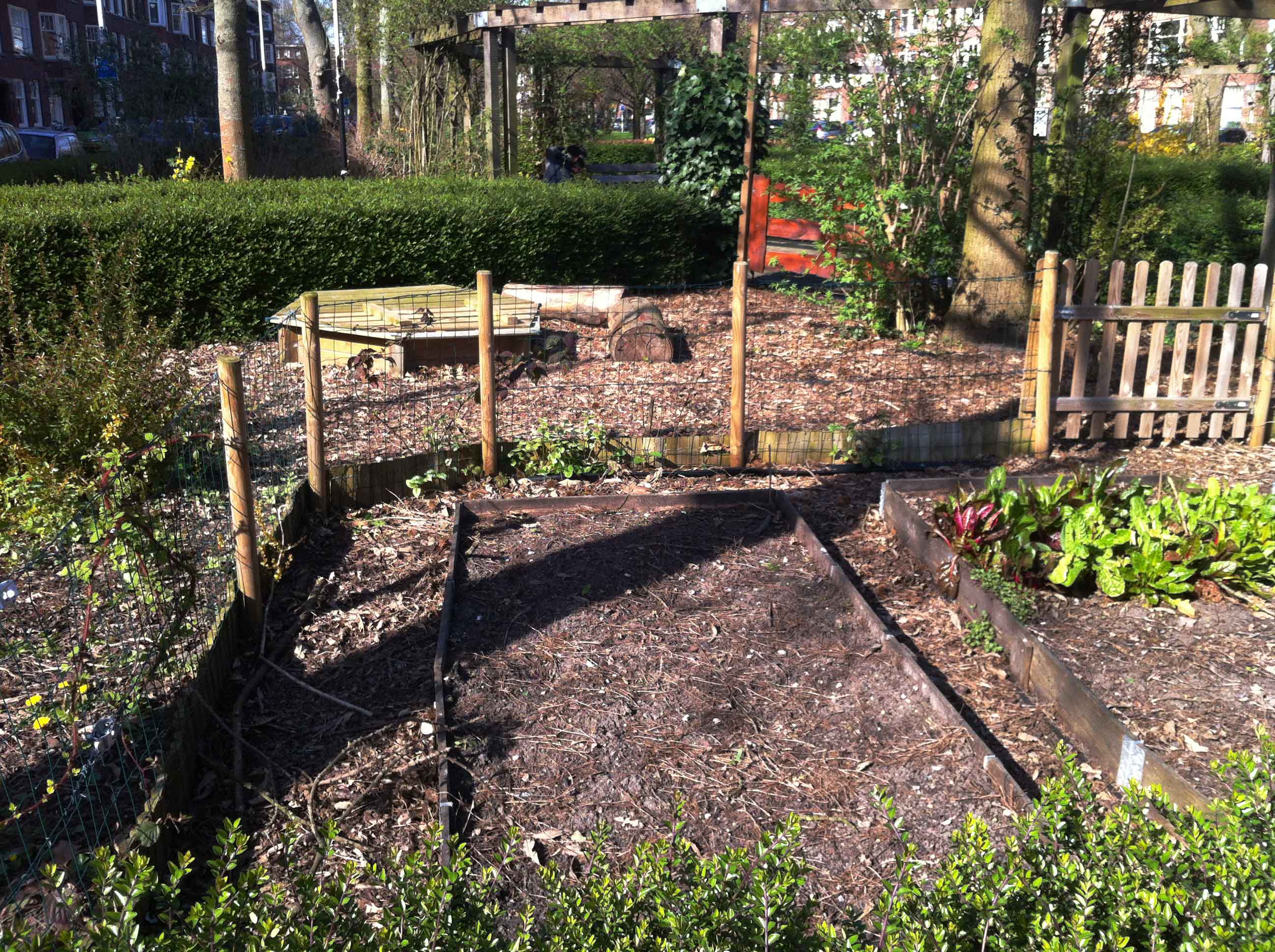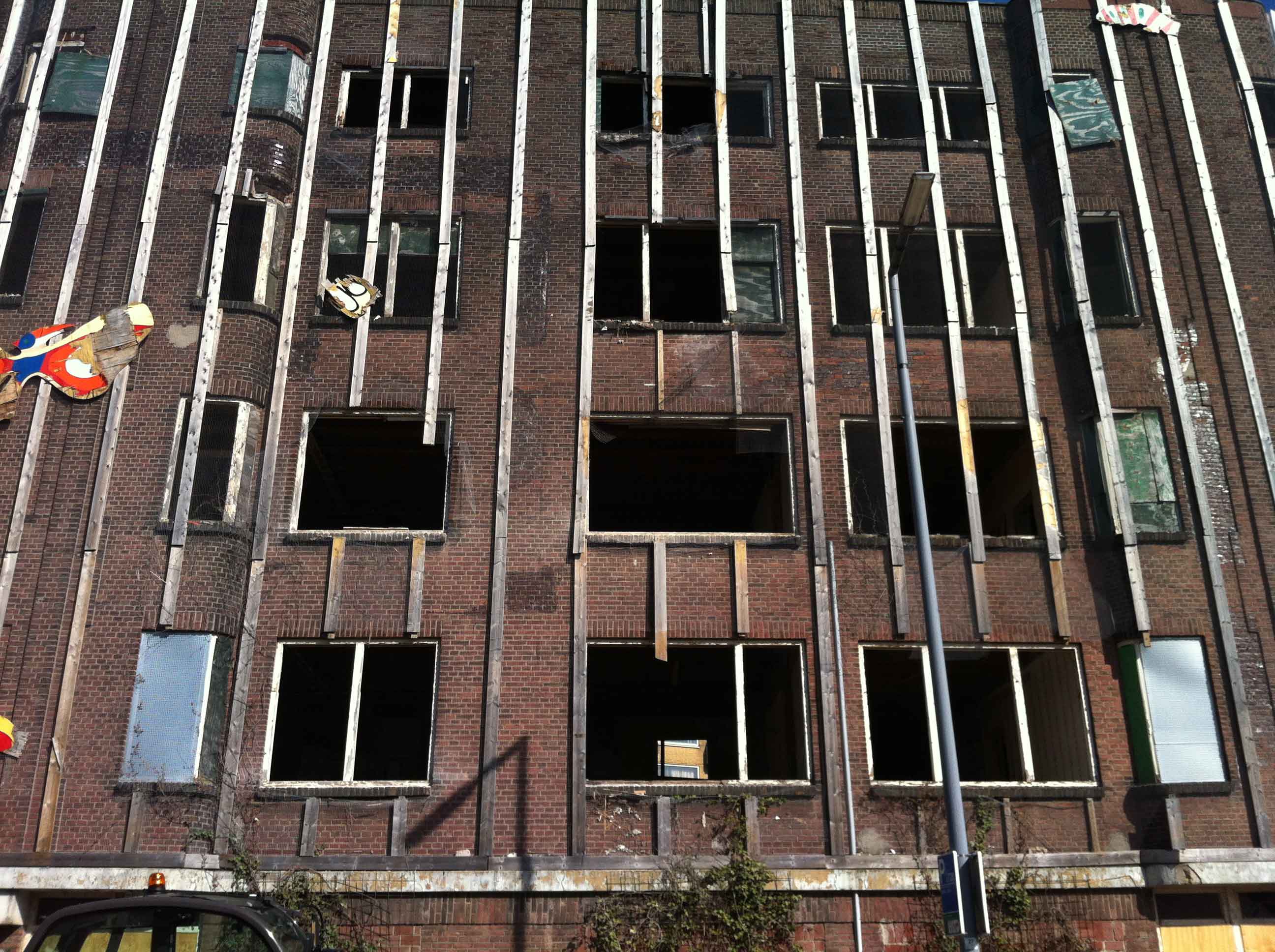
Photoshopped
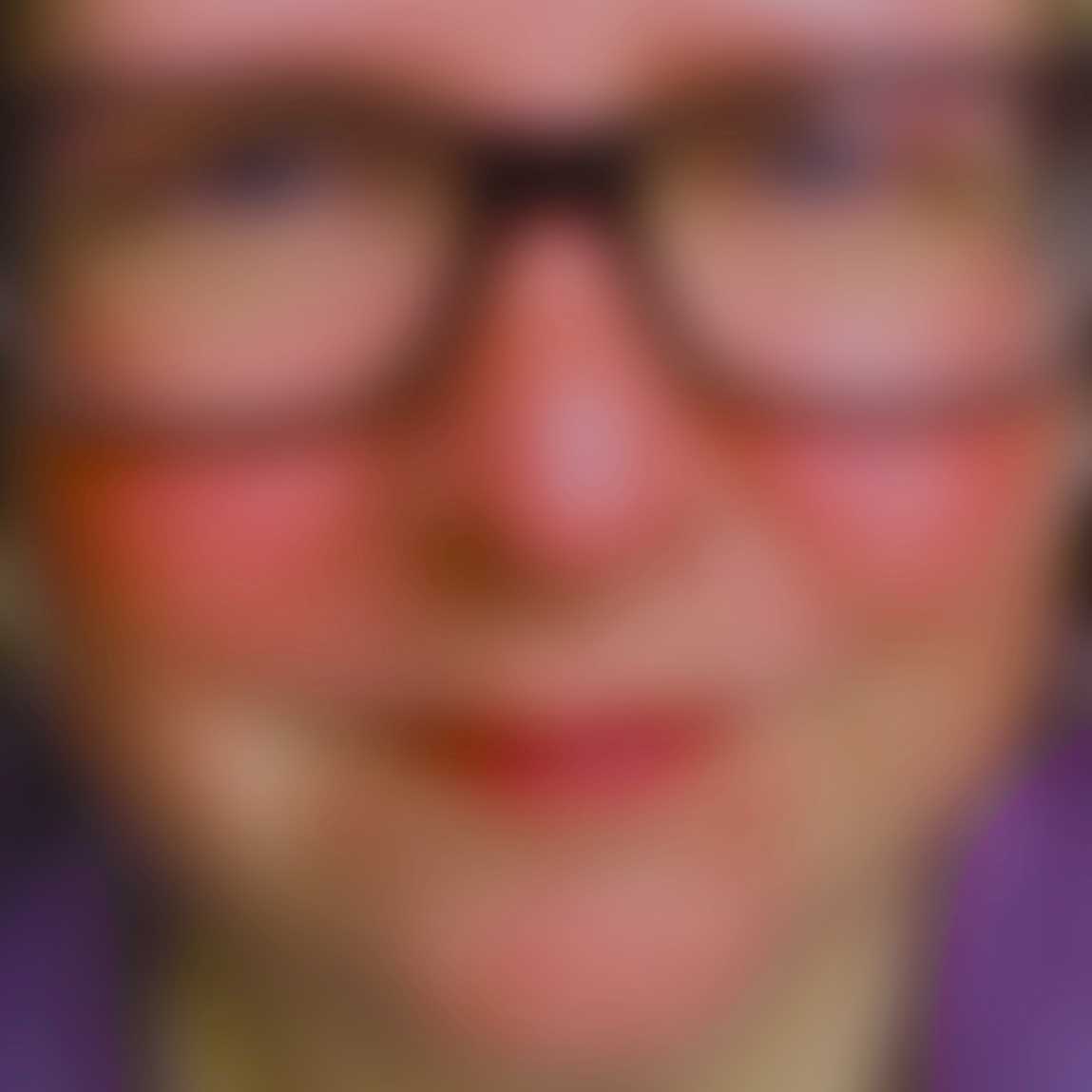

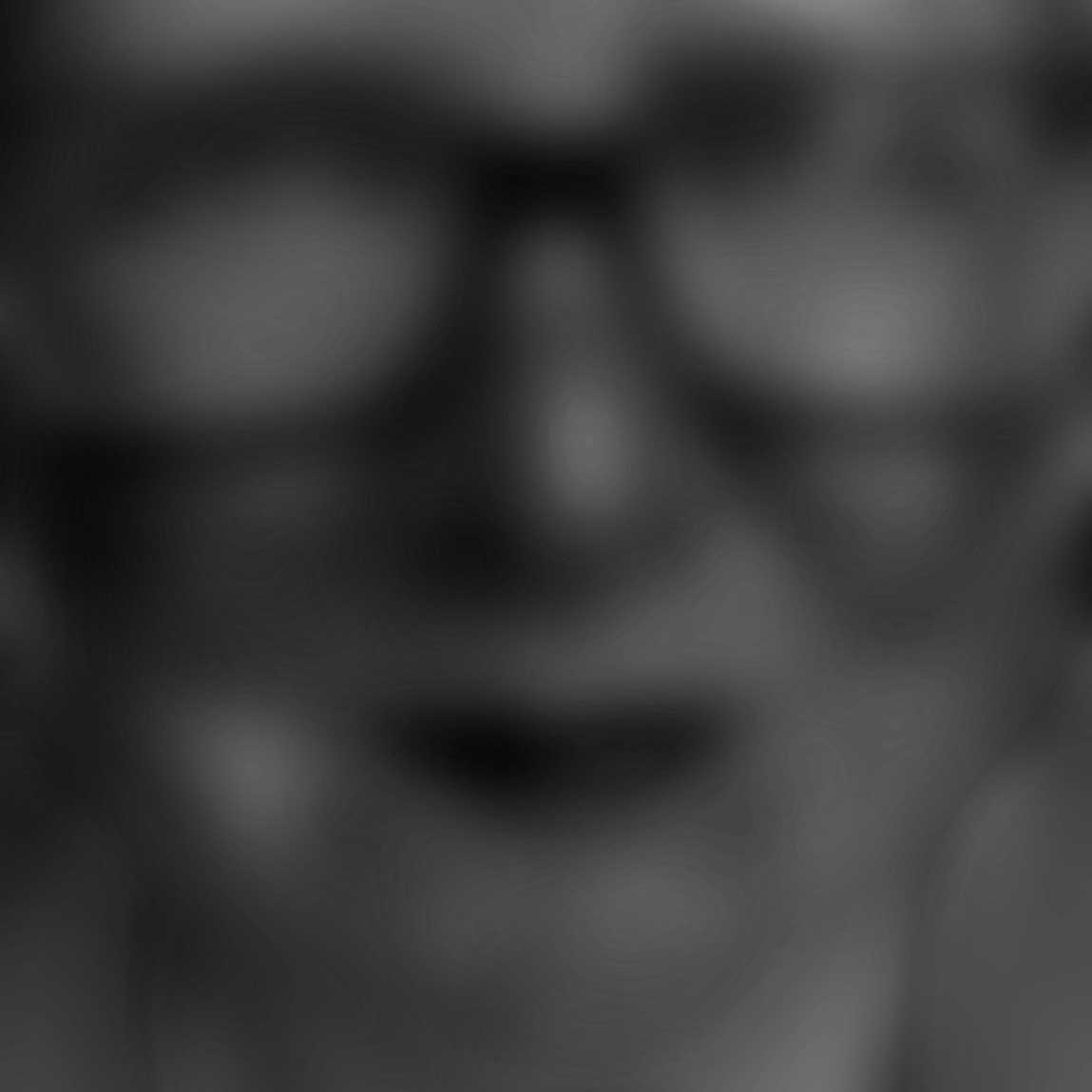
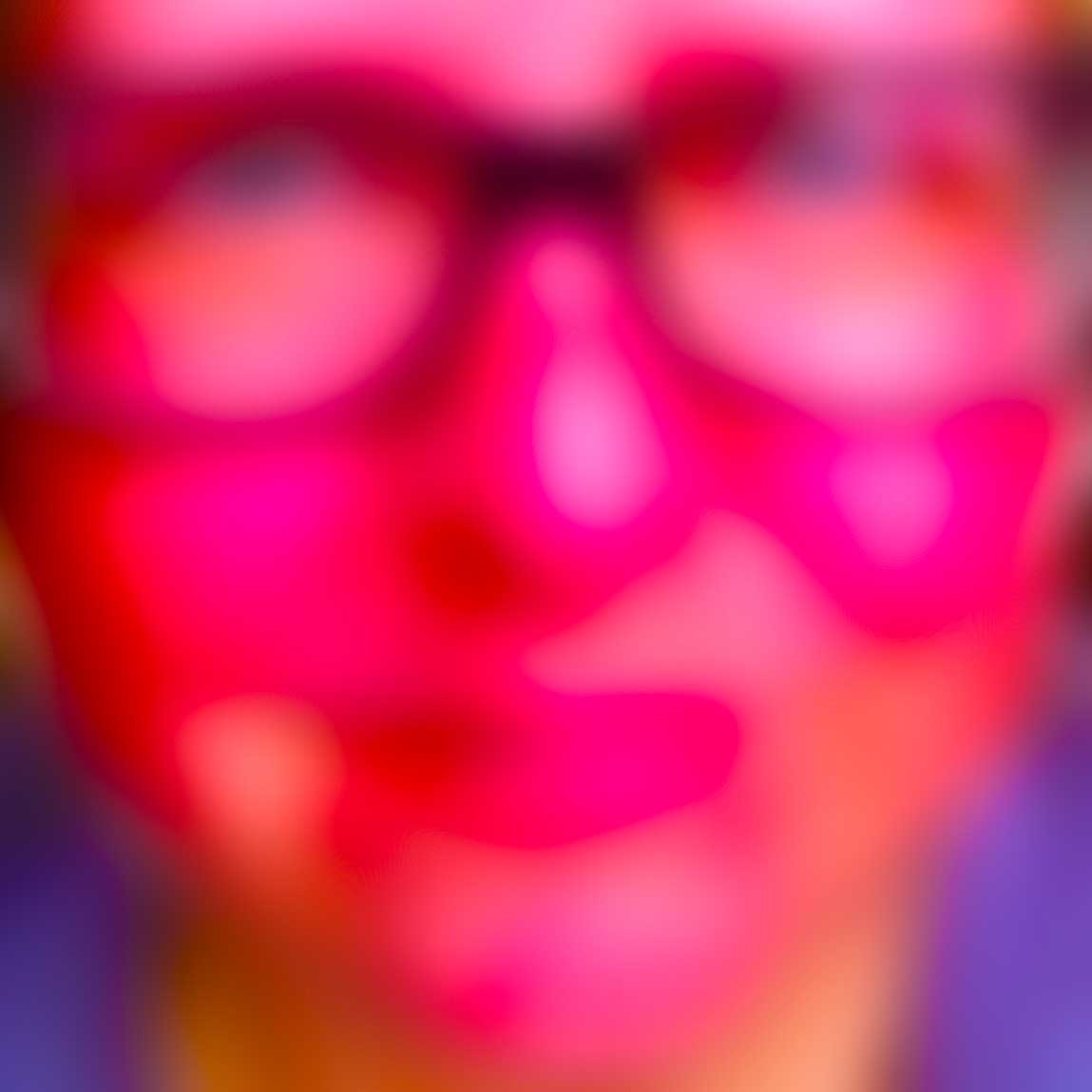

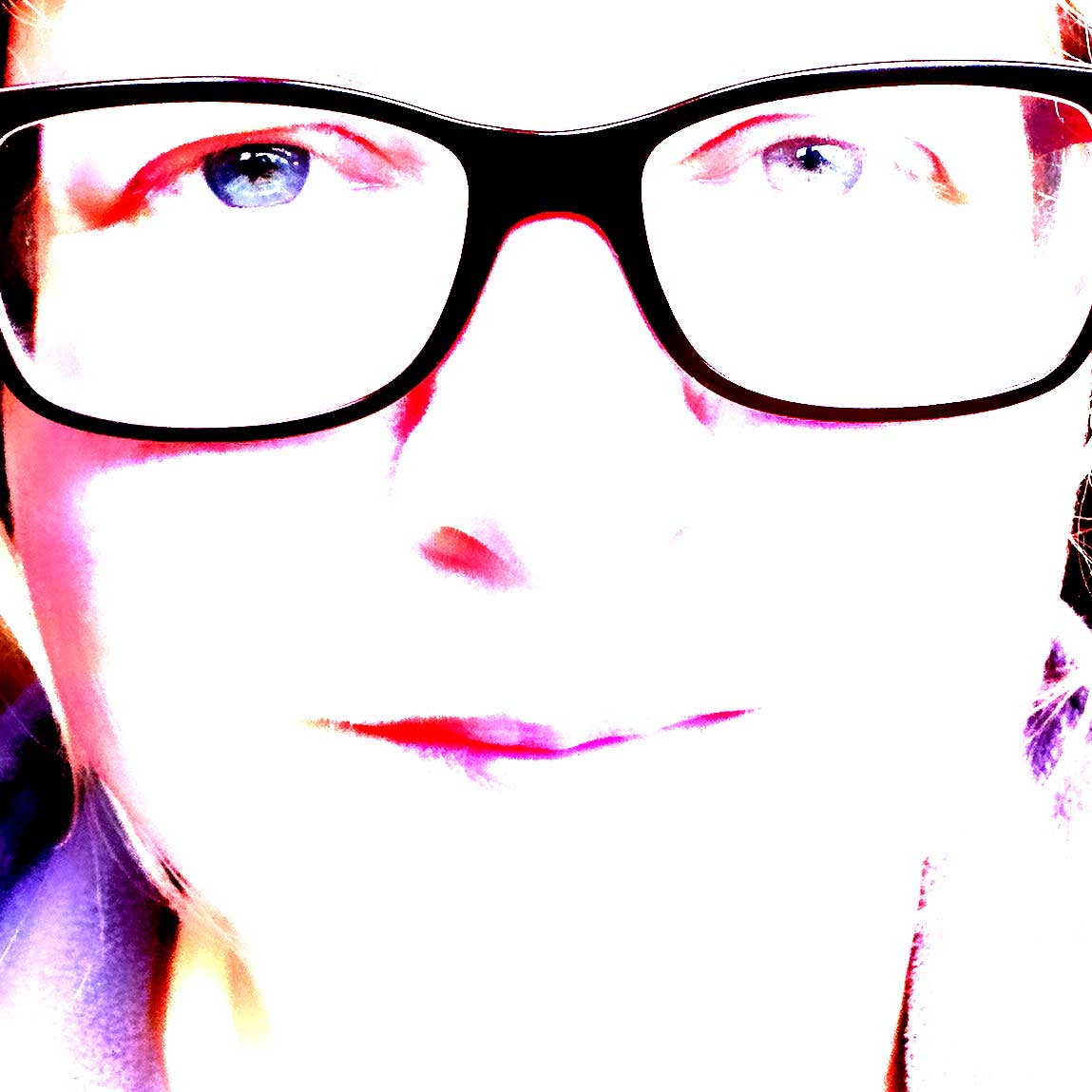












Of all its many values, the greatest must be the freedom to doubt.

“The Value of Science” was given as a public address at the 1955 autumn meeting of the National Academy of Sciences. held on the Caliech campus November 2, 3 and 4.
FROM TIME TO TIME, people suggest to me that scientists ought to give more consideration to social problems – especially that they should be more responsible in considering the impact of science upon society. This same suggestion must he made to many other scientists, and it seems a be generally believed that if the scientists would only look at these very difficult social problems and not spend so much time fooling with the less vital scientific ones, great success would come of it.
It seems to me that we do think about these problems from time to time, but we don’t put full‑time effort on them – the reason being that we know we don’t have any magic formula for solving problems, that social problems are very much harder than scientific ones, and that we usually don’t get anywhere when we do think about them.
I believe that a scientist looking at non‑scientific problems is just as dumb as the next guy – and when he talks about a non‑scientific matter, he will sound as naive as anyone untrained in the matter. Since the question of the value of science is not a scientific subject, this talk is dedicated to proving my point – by example.
The first way in which science is of value is familiar to everyone. It is that scientific knowledge enables us to do all kinds of things and to make all kinds of things. Of course if we make good things, it is not only to the credit of science; it is also to the credit of the moral choice which led us to good work. Scientific knowledge is an enabling power to do either good or had‑hut it does not carry instructions on how to use it. Such power has evident value – even though the power may be negated by what one does.
I learned a way of expressing this common human problem on a trip to Honolulu. In a Buddhist temple there, the man in charge explained a little bit about the Buddhist religion for tourists, and then ended his talk by telling them he had something to say to them that they would never forget – and I have never forgotten it. It was a proverb of the Buddhist religion:
“To every man is given the key to the gates of heaven ; the same key opens the gates of hell.”
What then, is the value of the key to heaven? It is true that if we lack clear instructions that determine which is the gate to heaven and which the gate to hell, the key may be a dangerous object to use, but it obviously has value. How can we enter heaven without it?
The instructions, also, would be of no value without the key. So it is evident that, in spite of the fact that science could produce enormous horror in the world it is of value because it can produce something.
Another value of science is the fun called intellectual enjoyment which some people get from reading and learning and thinking about it, and which others get from working in it. This is a very real and important point and one which is not considered enough by those who tell us it is our social responsibility to reflect on the impact of science on society.
Is this mere personal enjoyment of value to society as a whole? No! But it is also a responsibility to consider the value of society itself. Is it, in the last analysis, to arrange things so that people can enjoy things? If so, the enjoyment of science is as important as anything else.
But I would like not to underestimate the value of the world view which is the result of scientific effort. We have been led to imagine all sorts of things infinitely more marvelous than the imaginings Of poets and dreamers of the past. It shows that the imagination of nature is far, far greater than the imagination of man. For instance, how much more remarkable it is for us all to be stuck – half of us upside down – by a mysterious attraction, to a spinning ball that has been swinging in space for billions of years, than to be carried on the back of an elephant supported on a tortoise swimming in a bottomless sea.
I have thought about these things so many times alone that I hope you will excuse me if I remind you of some thoughts that I am sure you have all had – or this type of thought – which no one could ever have had in the past, because people then didn’t have the information we have about the world today.
For instance, I stand at the seashore, alone, and start to think. There are the rushing waves . . . mountains of molecules, each stupidly minding its own business . . trillions apart . . . yet forming white surf in unison.
Ages on ages . . . before any eyes could see . . year after year . . . thunderously pounding the shore as now. For whom, for what? . . . on a dead planet, with no life to entertain.
Never at rest . . . tortured by energy . . . wasted prodigiously by the sun . . . poured into space. A mite makes the sea roar.
Deep in the sea, all molecules repeat the patterns of one another till complex new ones are formed. They make others like themselves . . . and a new dance starts.
Growing in size and complexity . . . living things, masses of atoms, DNA, protein dancing a pattern ever more intricate.
Out of the cradle onto the dry land here it is standing . . . atoms with consciousness . . . matter with curiosity.
Stands at the sea . . . wonders at wondering . . . I . . . a universe of atoms . . . an atom in the universe.
The grand adventure
The same thrill, the same awe and mystery, come again and again when we look at any problem deeply enough. With more knowledge comes deeper, more wonderful mystery, luring one on to penetrate deeper still. Never concerned that the answer may prove disappointing, but with pleasure and confidence we turn over each new stone to find unimagined strangeness leading to more wonderful questions and mysteries – certainly a grand adventure!
It is true that few unscientific people have this type of religious experience. Our poets do not write about it; our artists do not try to portray this remarkable thing. I don’t know why. Is nobody inspired by our present picture of the universe? The value of science remains still unsung by singers, so you are reduced to hearing – not a song or poem, but an evening lecture about it. This is not yet a scientific age.
Perhaps one of the reasons is that you have to know how to read the music. For instance, the scientific article says, perhaps, something like this: “The radioactive phosphorous content of the cerebrum of the rat decreases to one‑half in a period of two weeks.” Now what does that mean?
It means that phosphorus that is in the brain of a rat (and also in mine, and yours is not the same phosphorus as it was two weeks ago, but that all of the atoms that are in the brain are being replaced, and the ones that were there before have gone away.
So what is this mind, what are these atoms with consciousness? Last week’s potatoes! That is what now can remember what was going on in my mind a year ago – a mind which has long ago been replaced.
That is what it means when one discovers how long it takes for the atoms of the brain to be replaced by other atoms, to note that the thing which I call my individuality is only a pattern or dance. The atoms come into my brain, dance a dance, then go out always new atoms but always doing the same dance, remembering what the dance was yesterday.
The remarkable idea
When we read about this in the newspaper, it says, “The scientist says that this discovery may have importance in the cure of cancer.” The paper is only interested in the use of the idea, not the idea itself. Hardly anyone can understand the importance of an idea, it is so remarkable. Except that, possibly, some children catch on. And when a child catches on to an idea like that, we have a scientist. These ideas do filter down (in spite of all the conversation about TV replacing thinking), and lots of kids get the spirit – and when they have the spirit you have a scientist. It’s too late for them to get the spirit when they are in our universities, so we must attempt to explain these ideas to children.
I would now like to turn to a third value that science has. It is a little more indirect, but not much. The scientist has a lot of experience with ignorance and doubt and uncertainty, and this experience is of very great importance, I think. When a scientist doesn’t know the answer to a problem, he is ignorant. When he has a hunch as to what the result is, he is uncertain. And when he is pretty darn sure of what the result is going to be, he is in some doubt. We have found it of paramount importance that in order to progress we must recognize the ignorance and leave room for doubt. Scientific knowledge is a body of statements of varying degrees of certainty – some most unsure, some nearly sure, none absolutely certain.
Now. we scientists are used to this, and we take it for granted that it is perfectly consistent to he unsure – that it is possible to live and not know. But I don’t know whether everyone realizes that this is true. Our freedom to doubt was born of a struggle against authority in the early days of science. It was a very deep and strong struggle. Permit us to question – to doubt, that’s all – not to be sure. And I think it is important that we do not forget the importance of this struggle and thus perhaps lose what we have gained. Here lies a responsibility to society.
We are all sad when we think of the wondrous potentialities human beings seem to have, as contrasted with their small accomplishments. Again and again people have thought that we could do much better. They of the past saw in the nightmare of their times a dream for the future. We, of their future, see that their dreams, in certain ways surpassed, have in many ways remained dreams. The hopes for the future today are, in good share, those of yesterday.
Education, for good and evil
Once some thought that the possibilities people had were not developed because most of these people were ignorant. With education universal, could all men be Voltaires? Bad can be taught at least as efficiently as good. Education is a strong force, but for either good or evil.
Communications between nations must promote understanding: so went another dream. But the machines of communication can be channeled or choked. What is communicated can be truth or lie. Communication is a strong force also, but for either good or bad.
The applied sciences should free men of material problems at least. Medicine controls diseases. And the record here seems all to the good. Yet there are men patiently working to create great plagues and poisons. They are to be used in warfare tomorrow.
Nearly everybody dislikes war. Our dream today is peace. In peace, man can develop best the enormous possibilities he seems to have. But maybe future men will find that peace, too, can be good and bad. Perhaps peaceful men will drink out of boredom. Then perhaps drink will become the great problem which seems to keep man from getting all he thinks he should out of his abilities.
Clearly, peace is a great force, as is sobriety, as are material power, communication, education, honesty and the ideals of many dreamers.
We have more of these forces to control than did the ancients. And maybe we are doing a little better than most of them could do. But what we ought to be able to do seems gigantic compared with our confused accomplishments,
Why is this? Why can’t we conquer ourselves?
Because we find that even great forces and abilities do not seem to carry with them clear instructions on how to use them. As an example, the great accumulation of understanding as to how the physical world behaves only convinces one that this behavior seems to have a kind of meaninglessness. The sciences do not directly teach good and bad.
Through all ages men have tried to fathom the meaning of life. They have realized that if some direction or meaning could be given to our actions, great human forces would be unleashed. So, very many answers have been given to the question of the meaning of it all, But they have all been of different sorts, and the proponents of one answer have looked with horror at the actions of the believers in another. Horror, because from a disagreeing point of view all the great potentialities of this race were being channeled into a false and confining blind alley. In fact, it is from the history of the enormous monstrosities created by false belief that philosophers have realized the apparently infinite and wondrous capacities of human beings. The dream is to find the open channel.
What, then, is the meaning of it all? What can we say to dispel the mystery of existence?
If we take everything into account, not only what the ancients knew, but all of what we know today that they didn’t know, then I think that we must frankly admit that we do not know.
This is not a new idea; this is the idea of the age of reason. This is the philosophy that guided the men who made the democracy that we live under. The idea that no one really knew how to run a government led to the idea that we should arrange a system by which new ideas could be developed, tried out, tossed out, more new ideas brought in; a trial and error system. This method was a result of the fact that science was already showing itself to be a successful venture at the end of the 18th century. Even then it was clear to socially‑minded people that the openness of the possibilities was an opportunity, and it that doubt and discussion were essential to progress into the unknown. If we want to solve a problem that we have never solved before, we must leave the door to the unknown ajar.
Our responsibility as scientists
We are at the very beginning of time for the human race. It is not unreasonable that we grapple with problems. There are tens of thousands of years in the future. Our responsibility is to do what we can, learn what we can, improve the solutions and pass them on. It is our responsibility to leave the men of the future a free hand. In the impetuous youth of humanity, we can make grave errors that can stunt our grow for a long time. This we will do if we say we have the answers now, so young and ignorant; if we suppress all discussion, all criticism, saying, “This is it, boys, man is saved!” and thus doom man for a long time to the chains of authority, confined to the limits of our present imagination. It has been done so man lines before.
It is our responsibility as scientists, knowing the great progress and great value of a satisfactory philosophy of ignorance, the great progress that is the fruit of freedom of thought, to proclaim the value of this freedom, to teach how doubt is not to be feared but welcomed and discussed, and to demand this freedom as our duty to all coming generations.
Source: http://calteches.library.caltech.edu/40/2/Science.htm
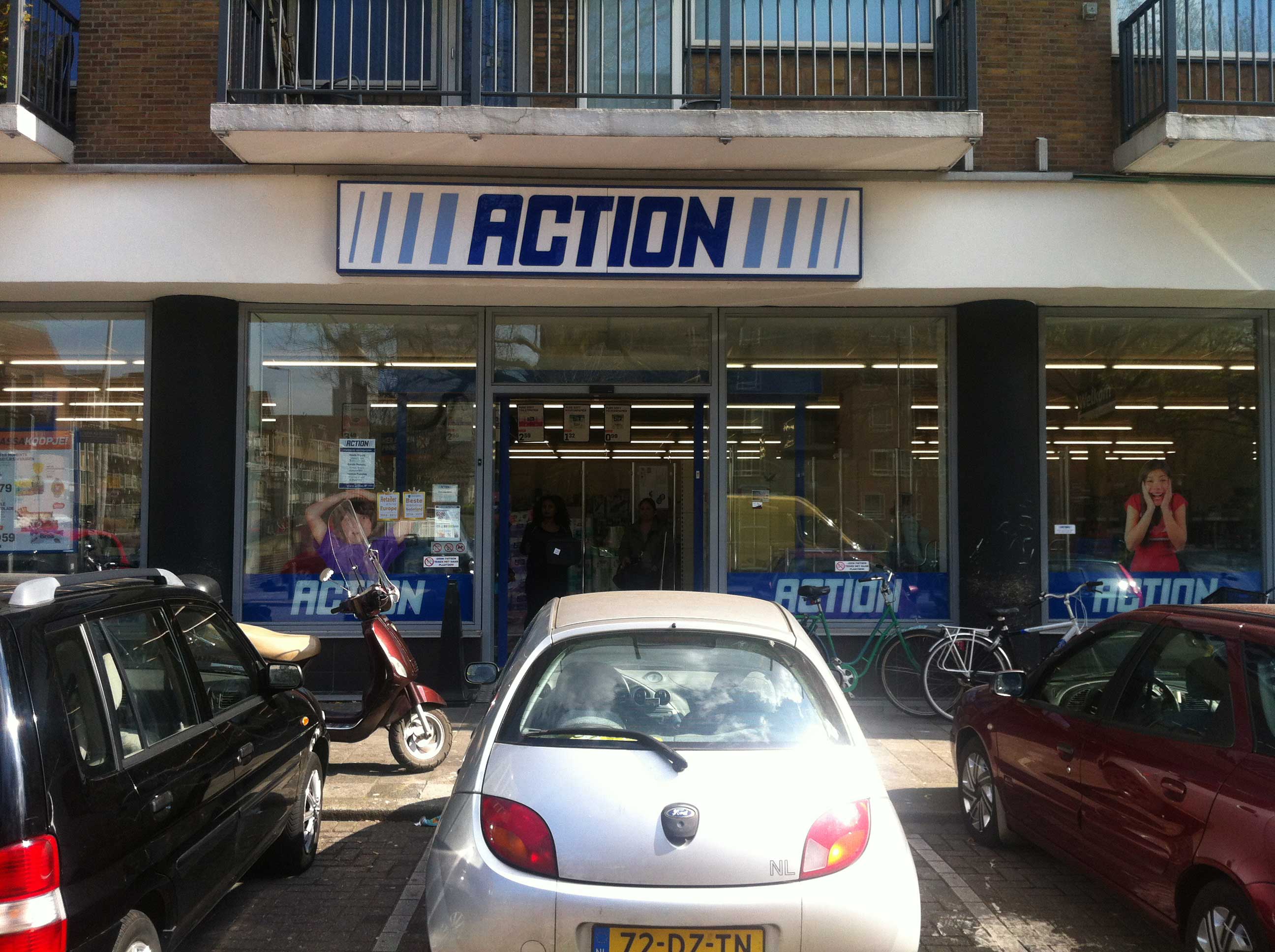
The Action shop, a shop only 50 meters away from my house, i don’t visit that much. Only last week, some people i walked by and smiled to said to me it was good i lived so close to it. I shrugged.
I had this post as a draft for a couple of weeks. And yes, i didn’t use it. I just remembered. So i will delete that draft and keep this one in place.
I did buy two bedsheets in the past year. The ones i had were torn. I tried fixing them, but it all got loose once more. So i bought new ones. I did do a search for the cheapest ones i could find. The ones in the HEMA were 10 euros. The ones in the Action were 6,95. So yeah. Action.
A few months ago there was a television program on Dutch television about discount shops. That was what woke me up. I never thought people would buy so many things in there. But yes, they do. Whole houses filled up with things bought there.
Jinek interview with Roland Duong about discount shops (Dutch)
Earlier I bought plastic containers in the Action. Like a year and a half ago, not sure. But that is it. I did go into the shop once before, but i left a bit flabbergasted with nothing. So many things, all very cheap.
So today i went in specifically to make photos. I did worry a bit beforehand. There could be guards there, that could try to prevent me from taking the photos. Not that i will do anything with them. But that didn’t happen. Some people saw me taking the photos, but nobody said anything.
I was actually taking in everything that was there. I liked the paint brushes, the paint, the papers, the insect hotels, the coloured feltpens, the metal boxes, the plastic containers, the glass containers, the toothbrush sets for electrical brushes, the hair colourings, the candles, the gardening gloves, the underwear, some of the the food, like the bio nut paste. More than i had imagined.
Ooh, the name. Action. Another bolt in my piece about language. Remember!
Anyway, here are the photos. Enjoy!
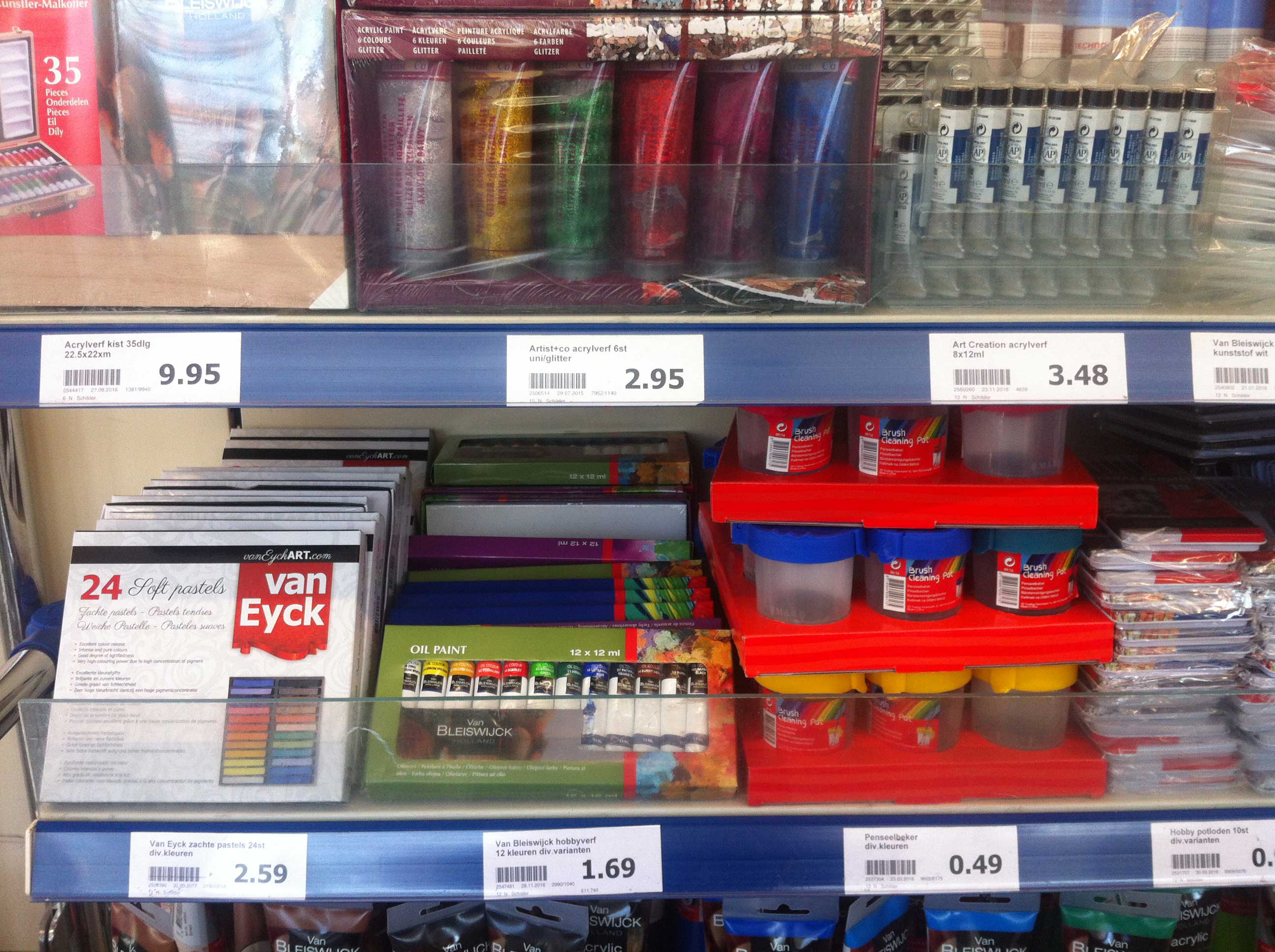
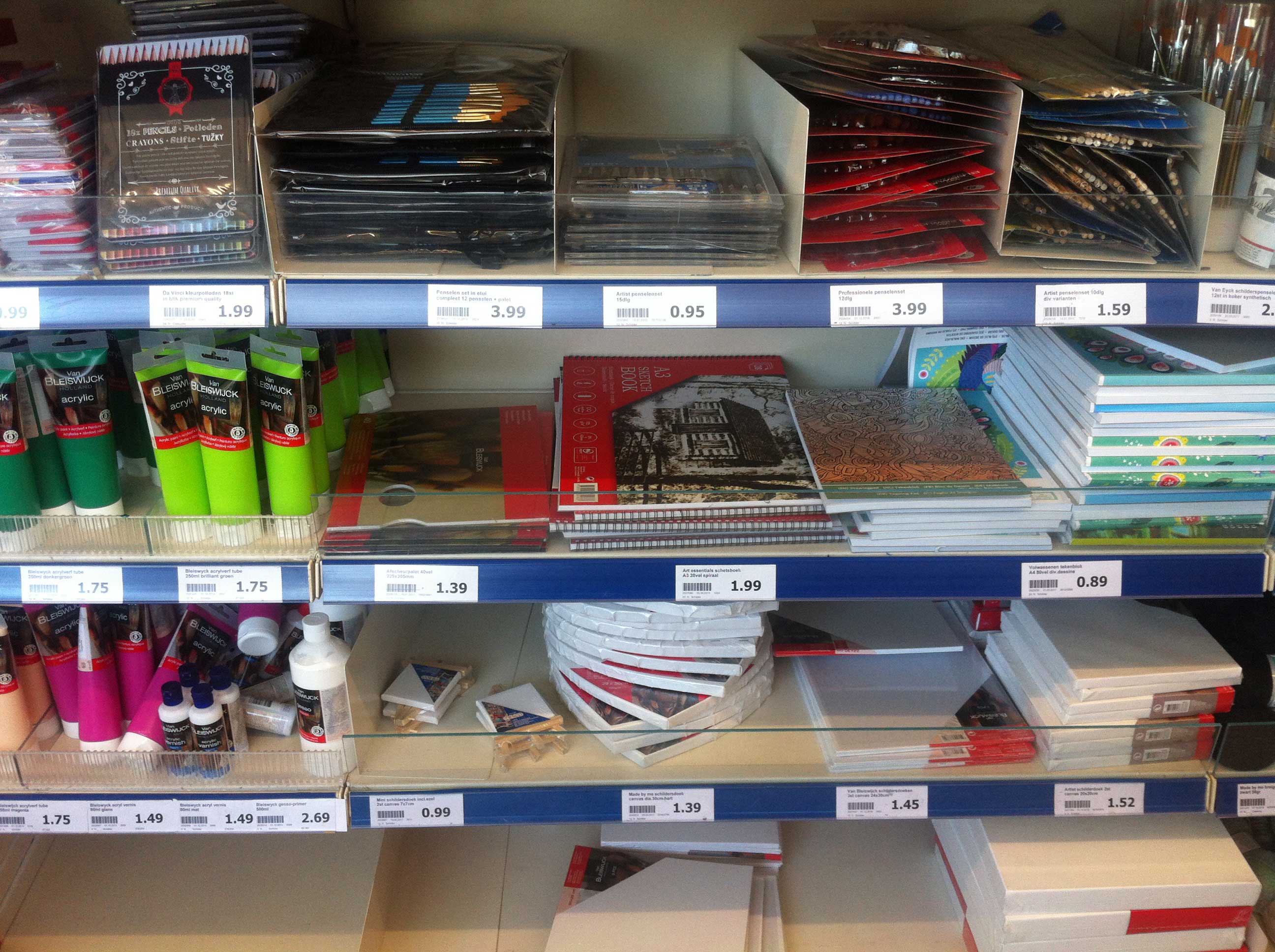
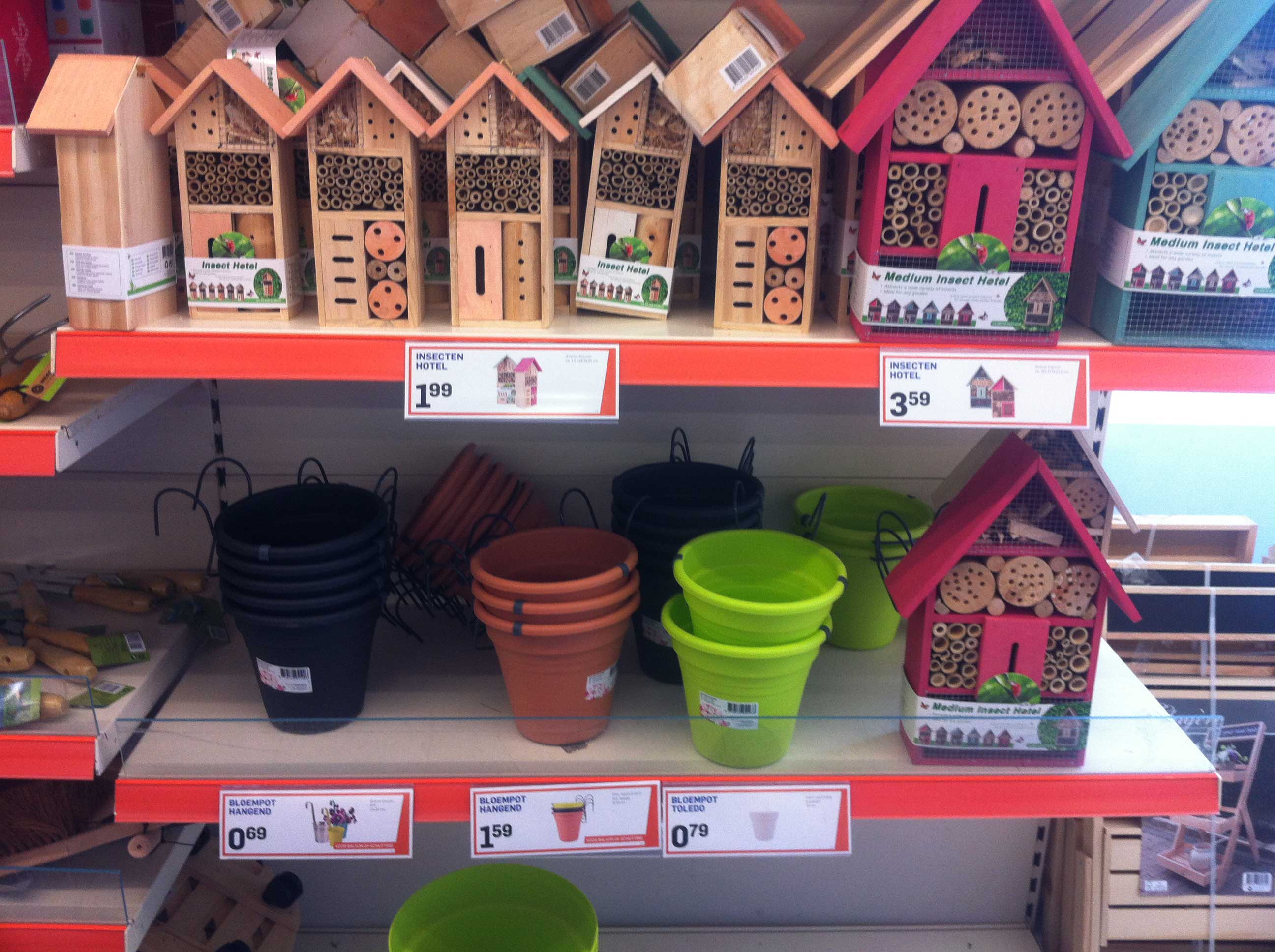
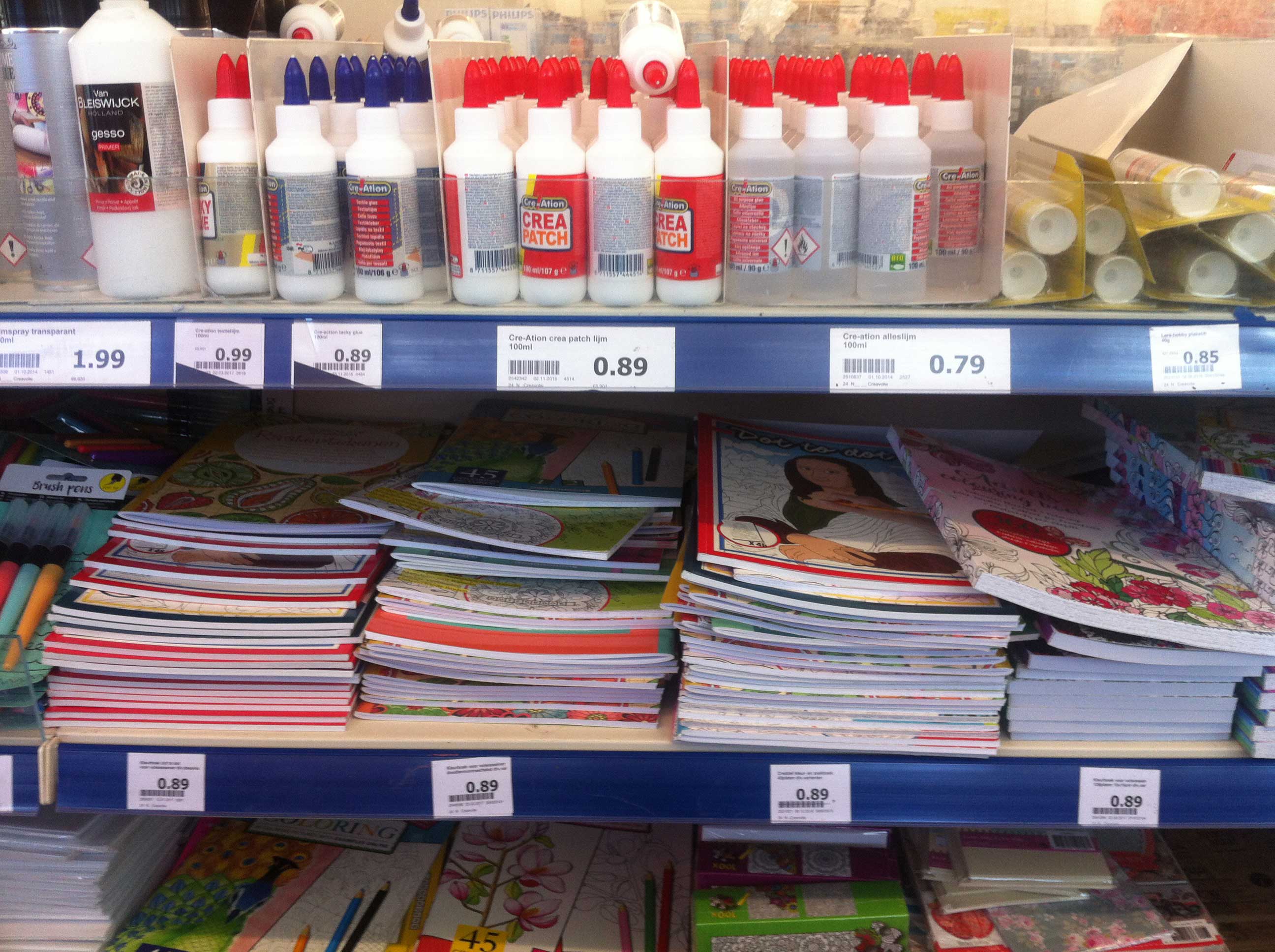


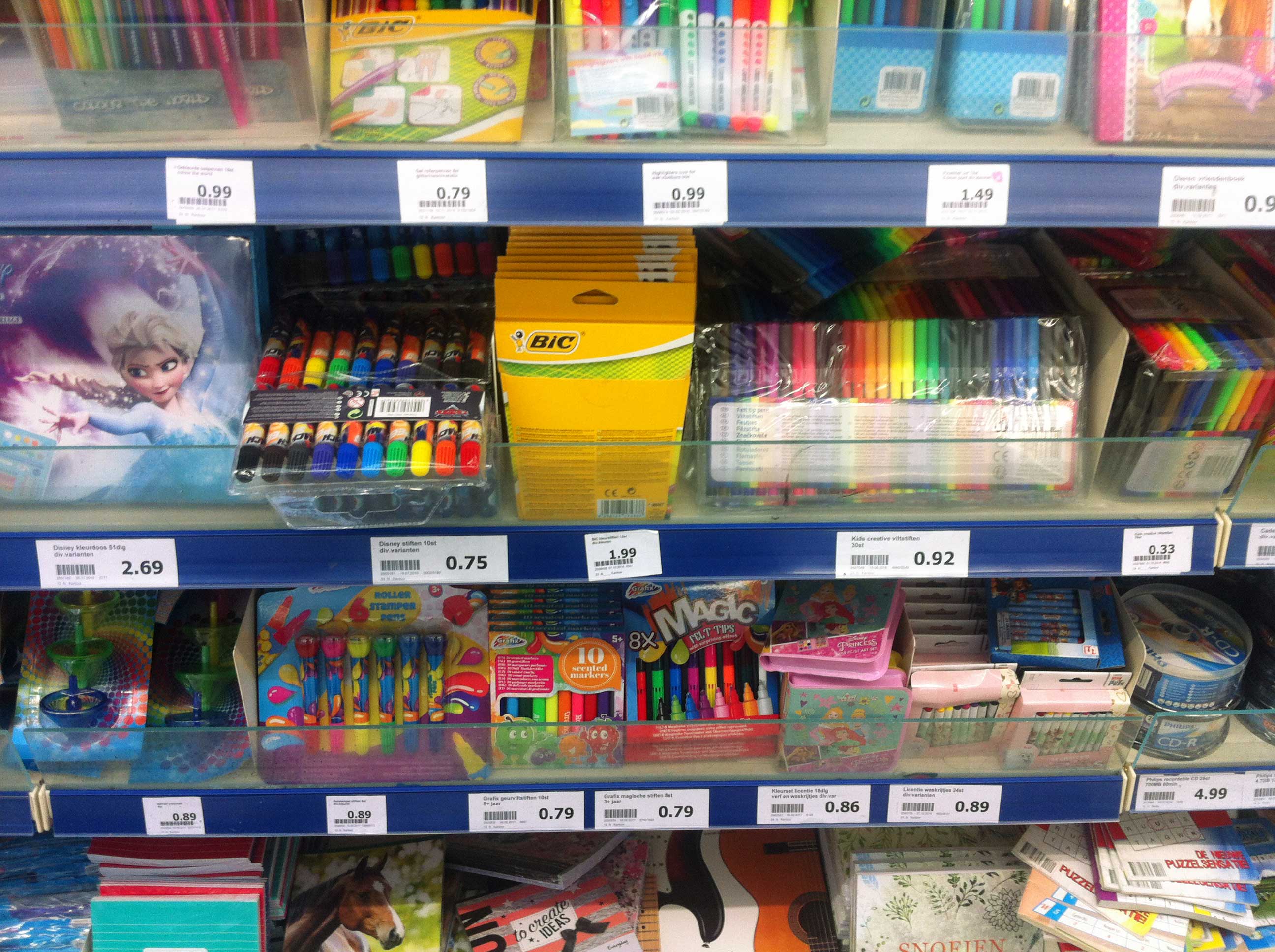


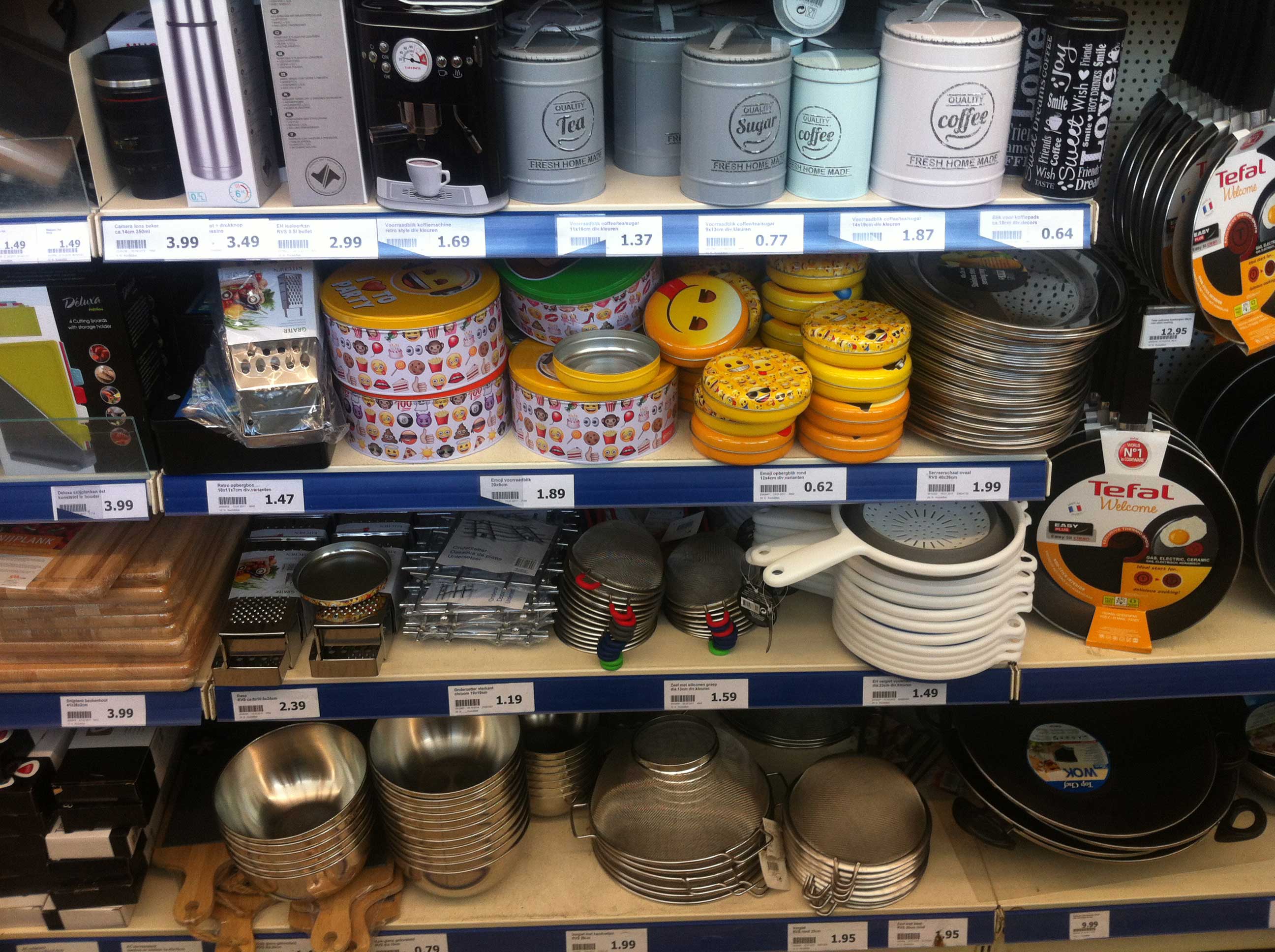

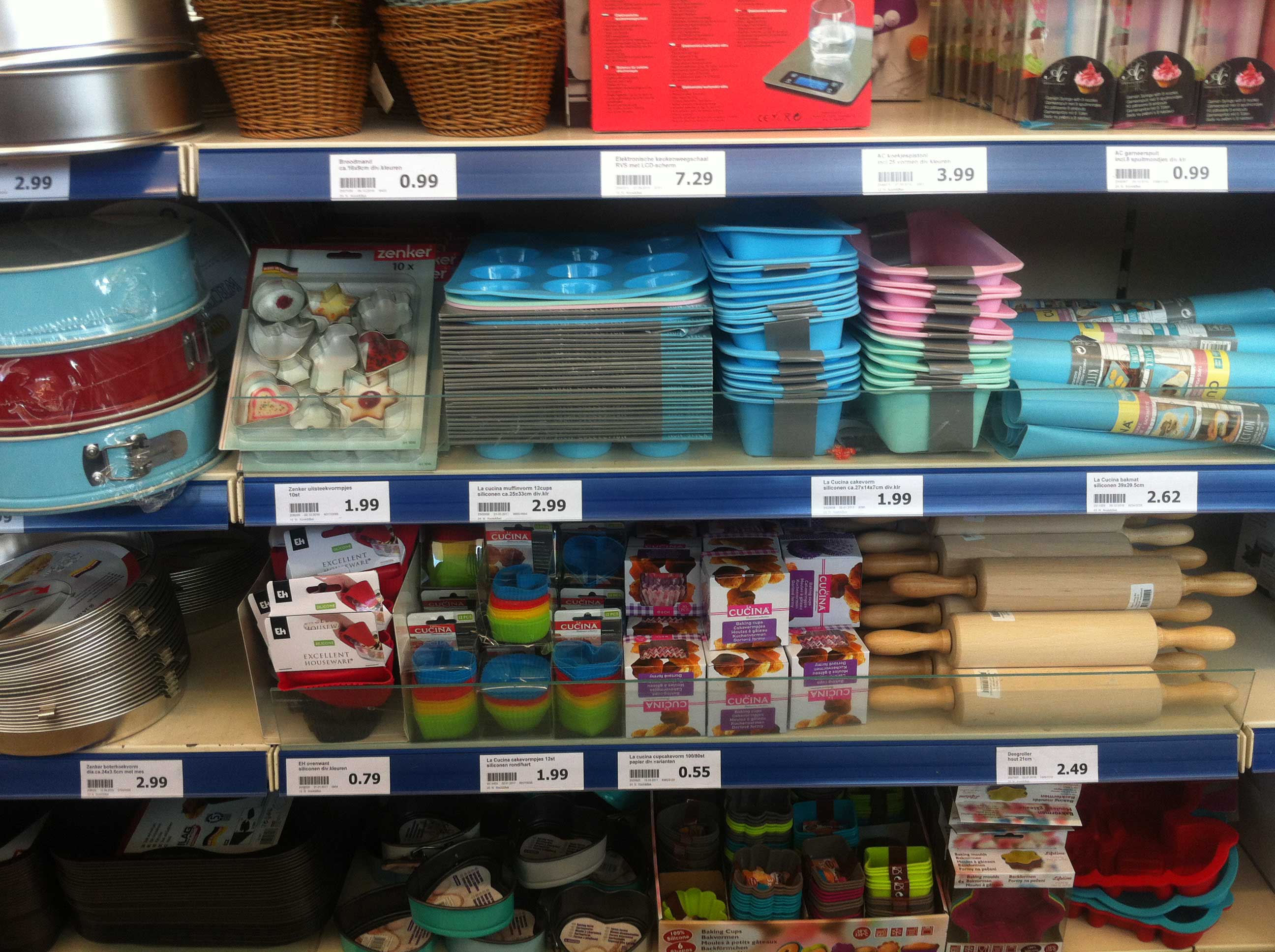
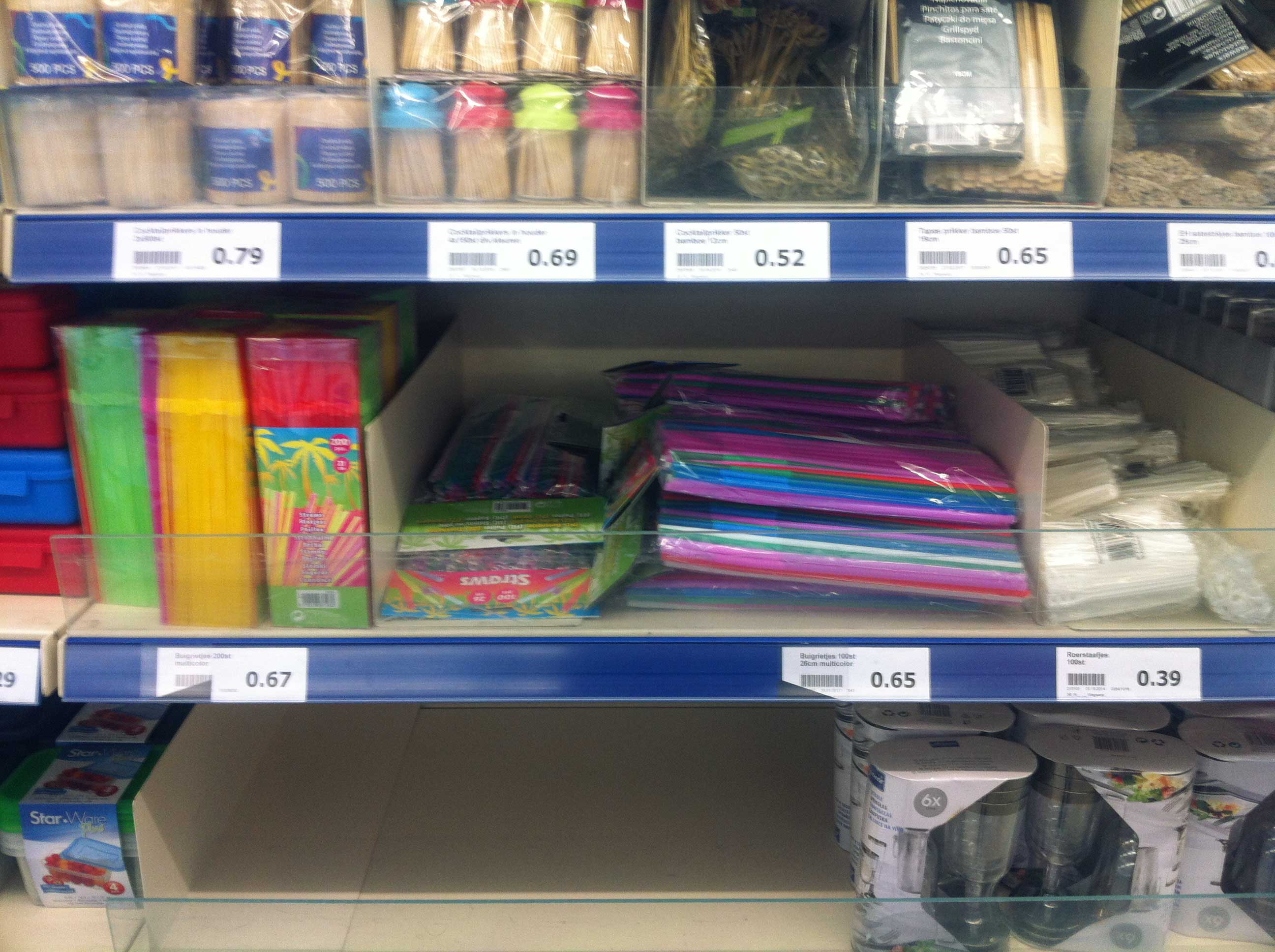
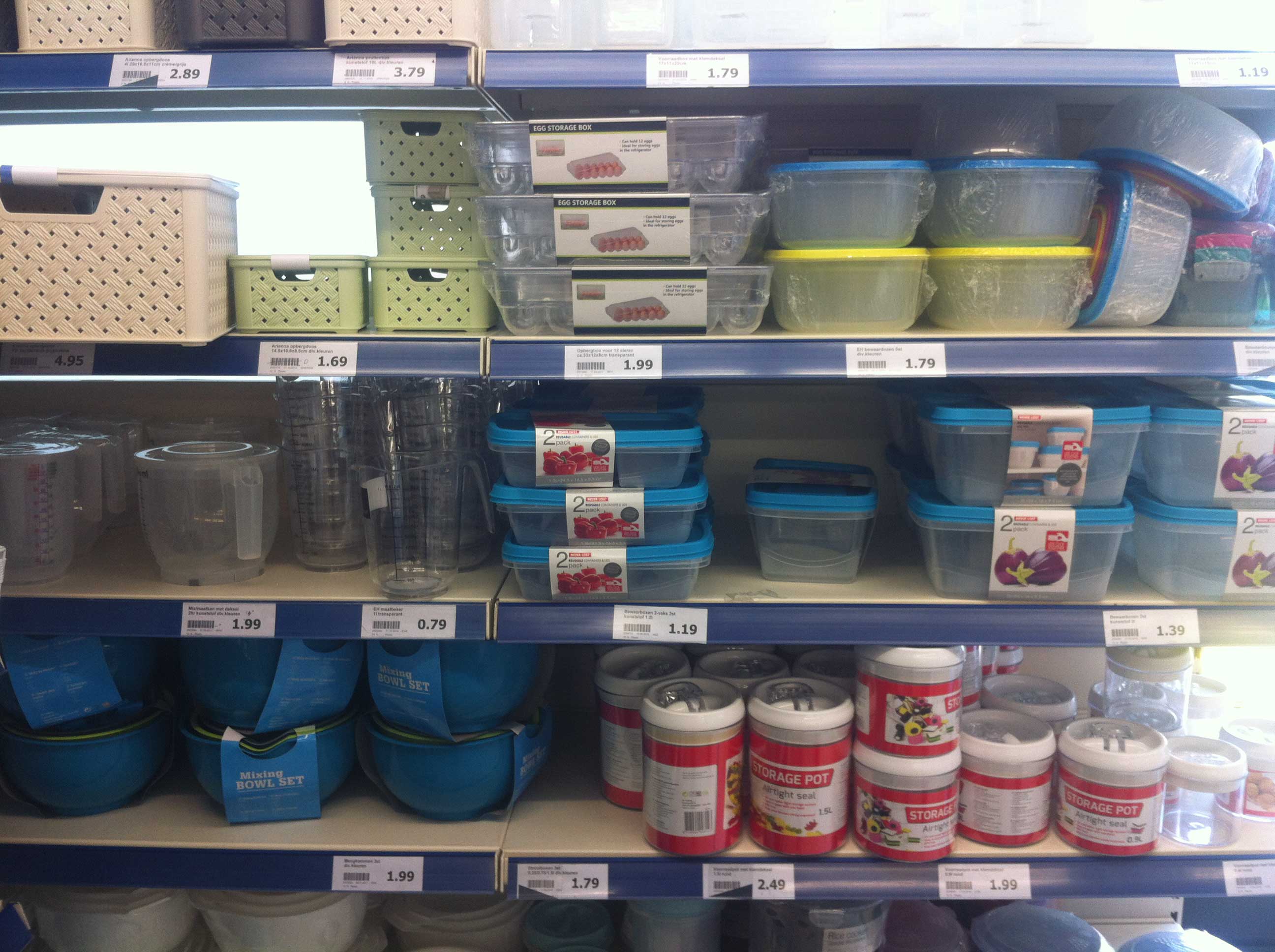
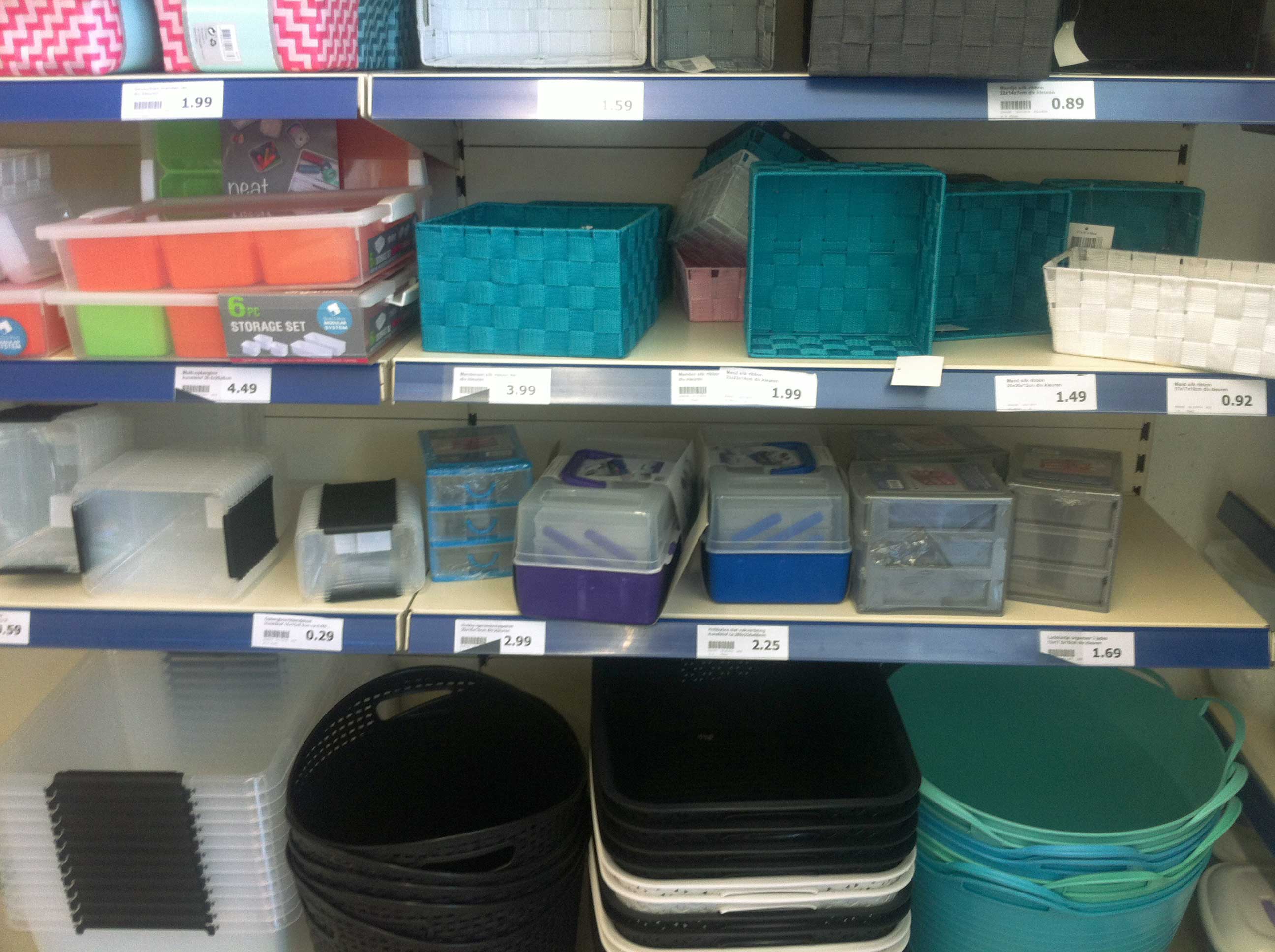
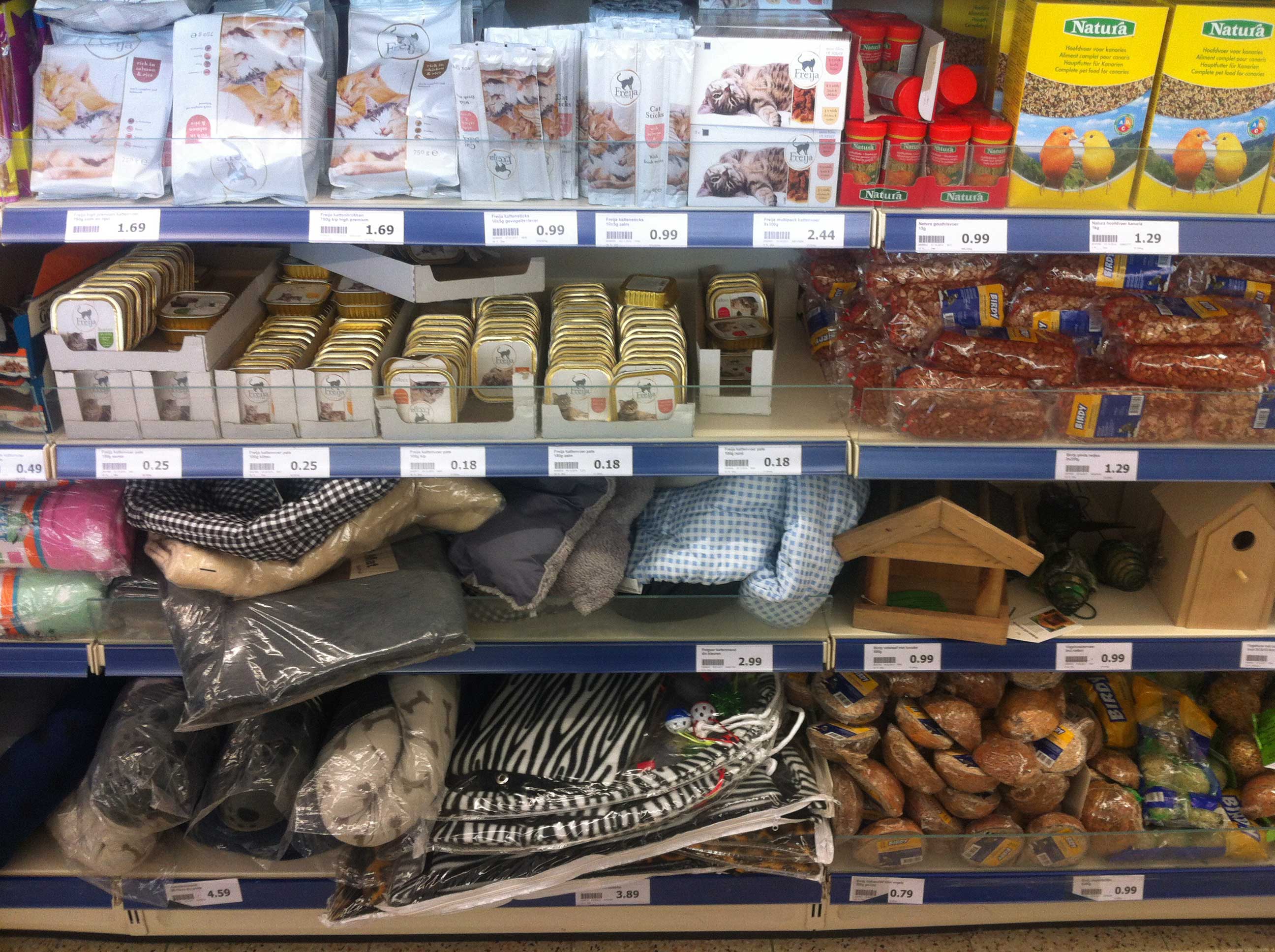
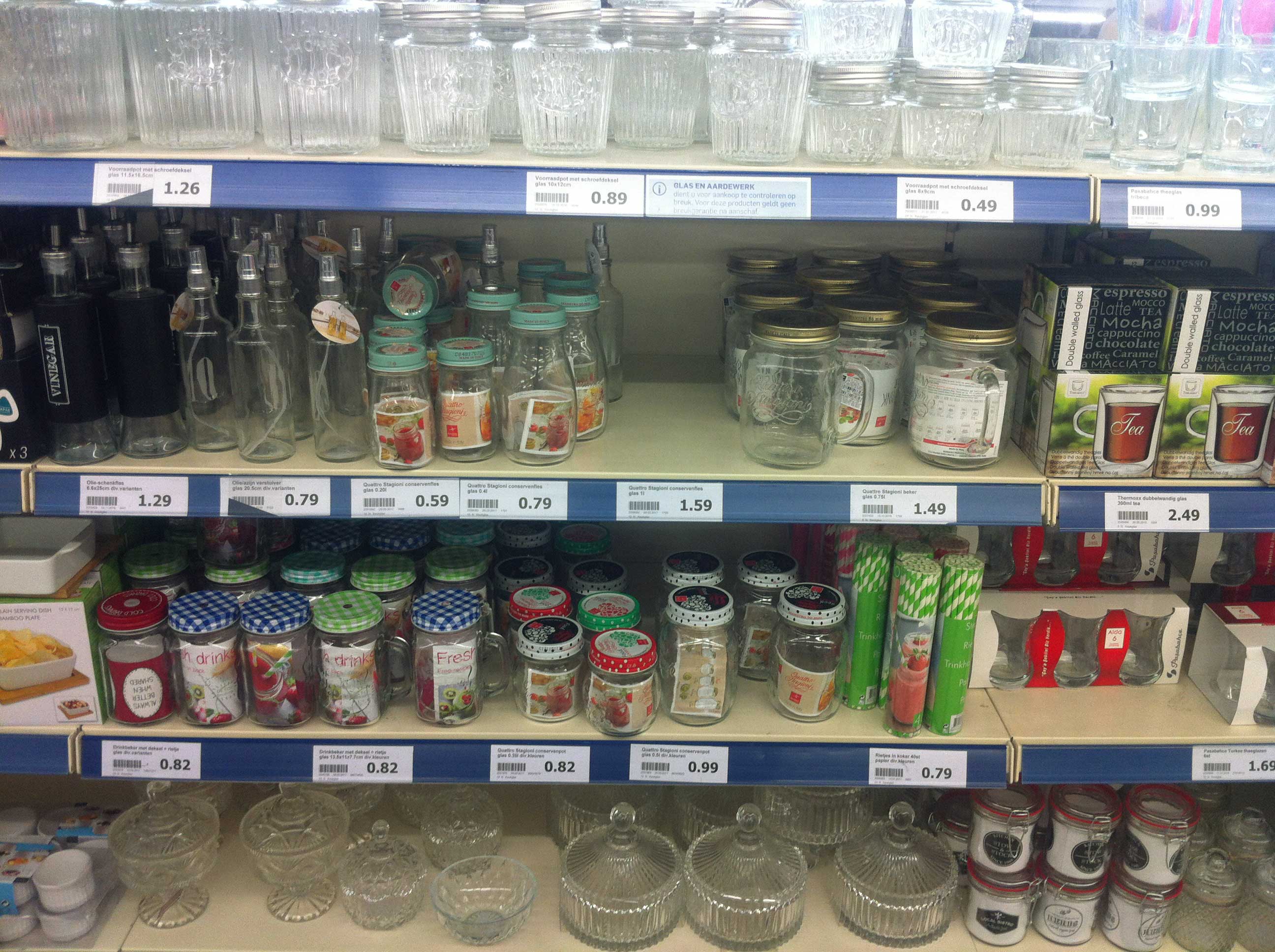
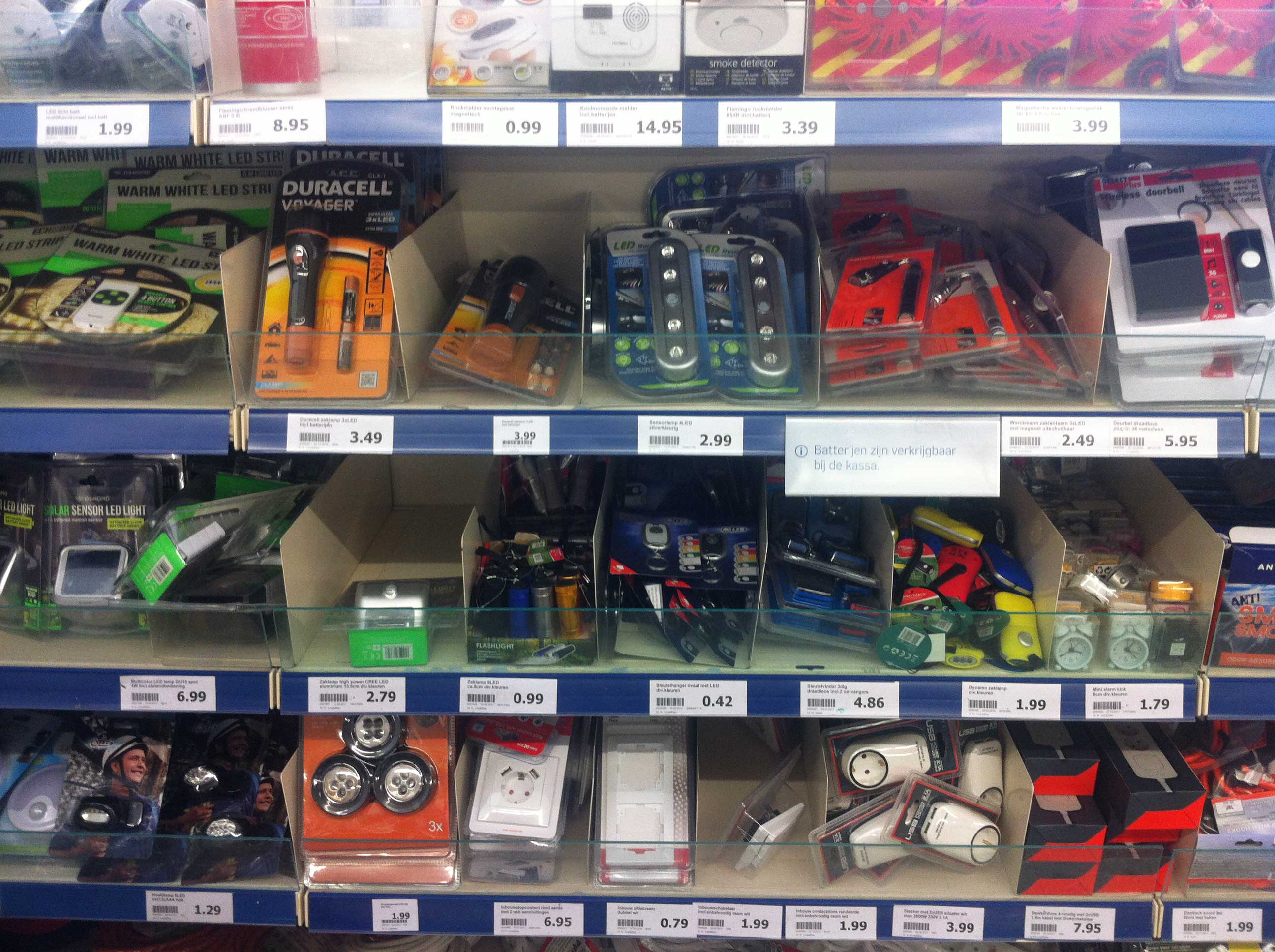
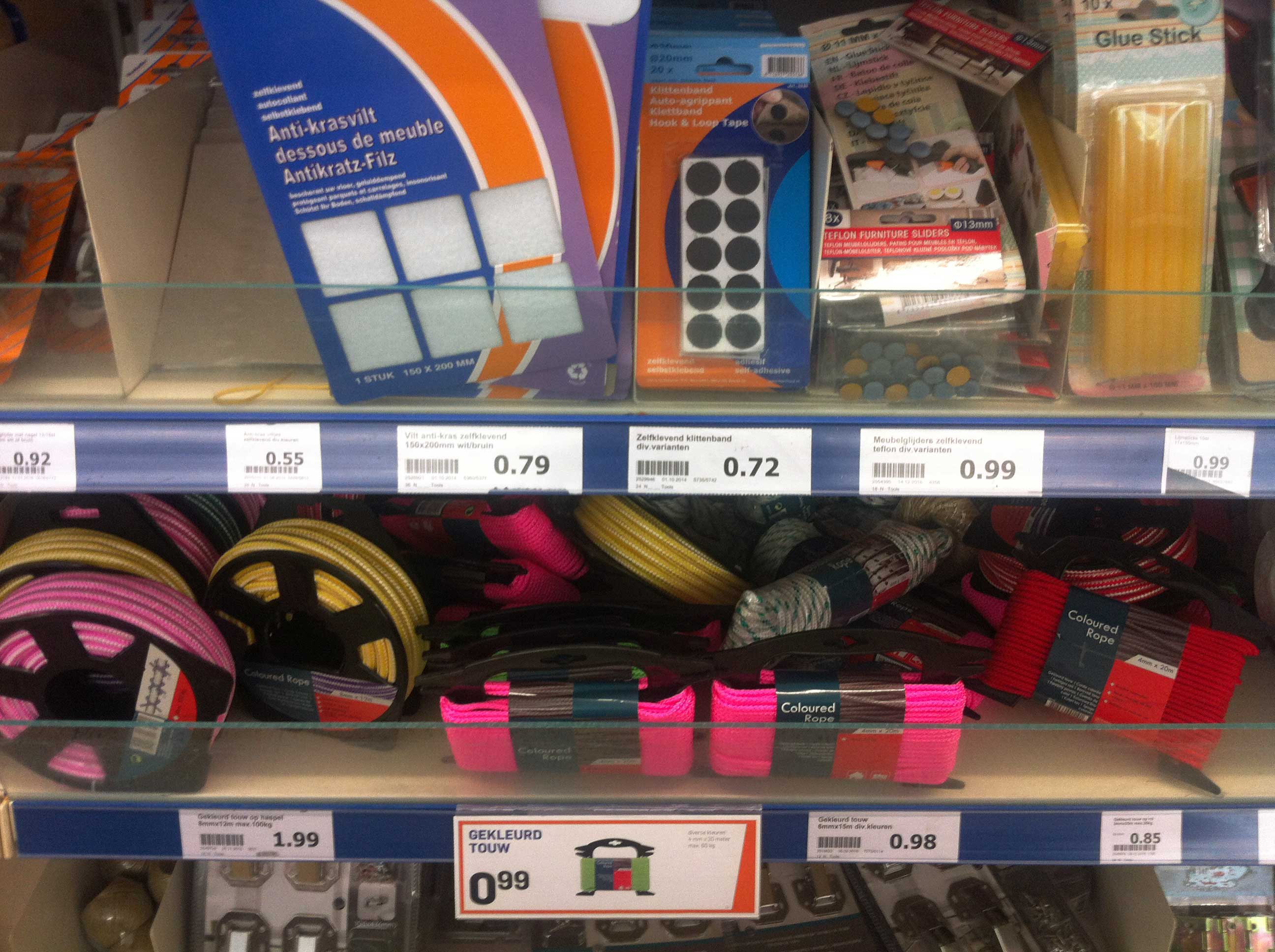












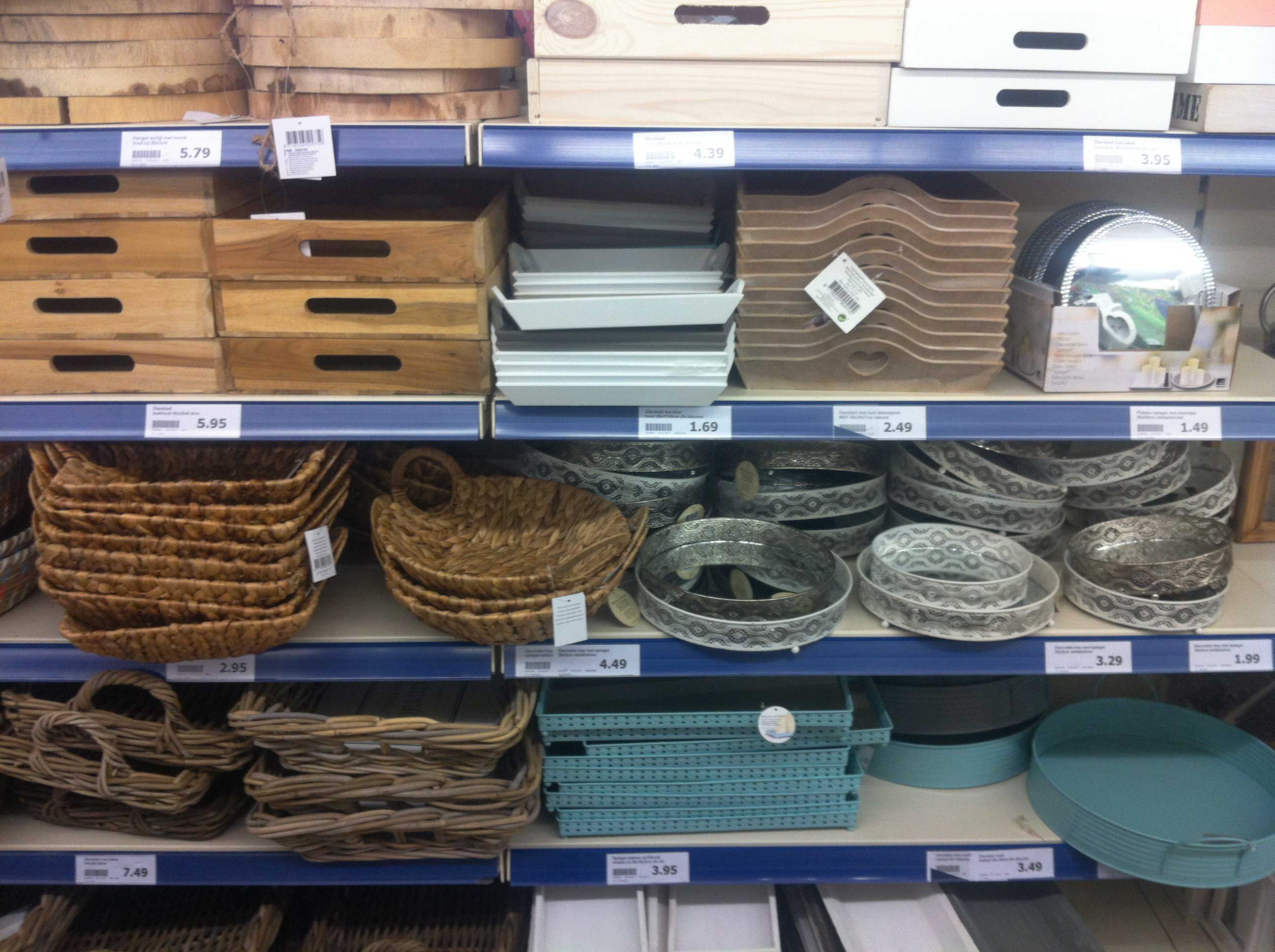

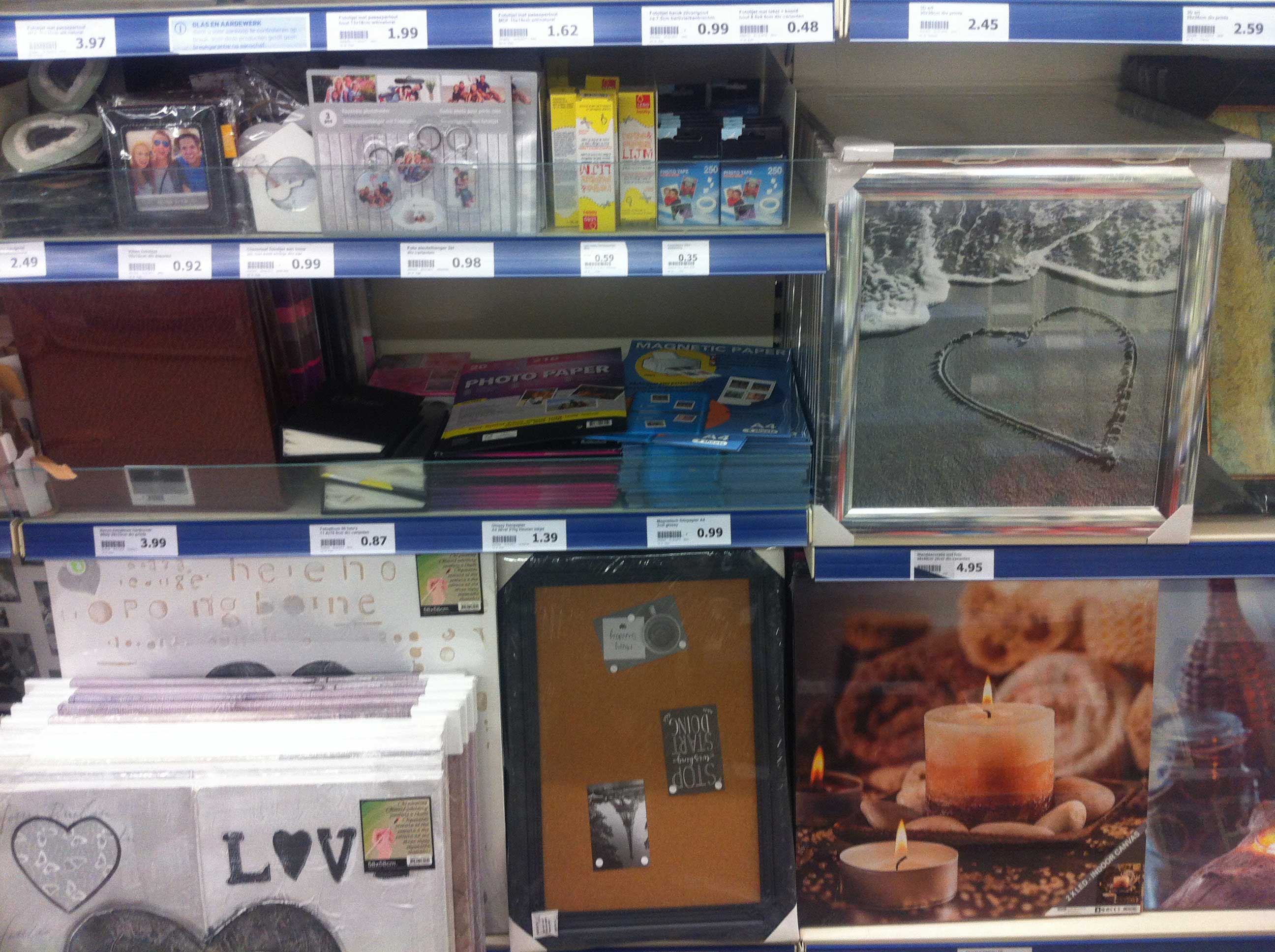
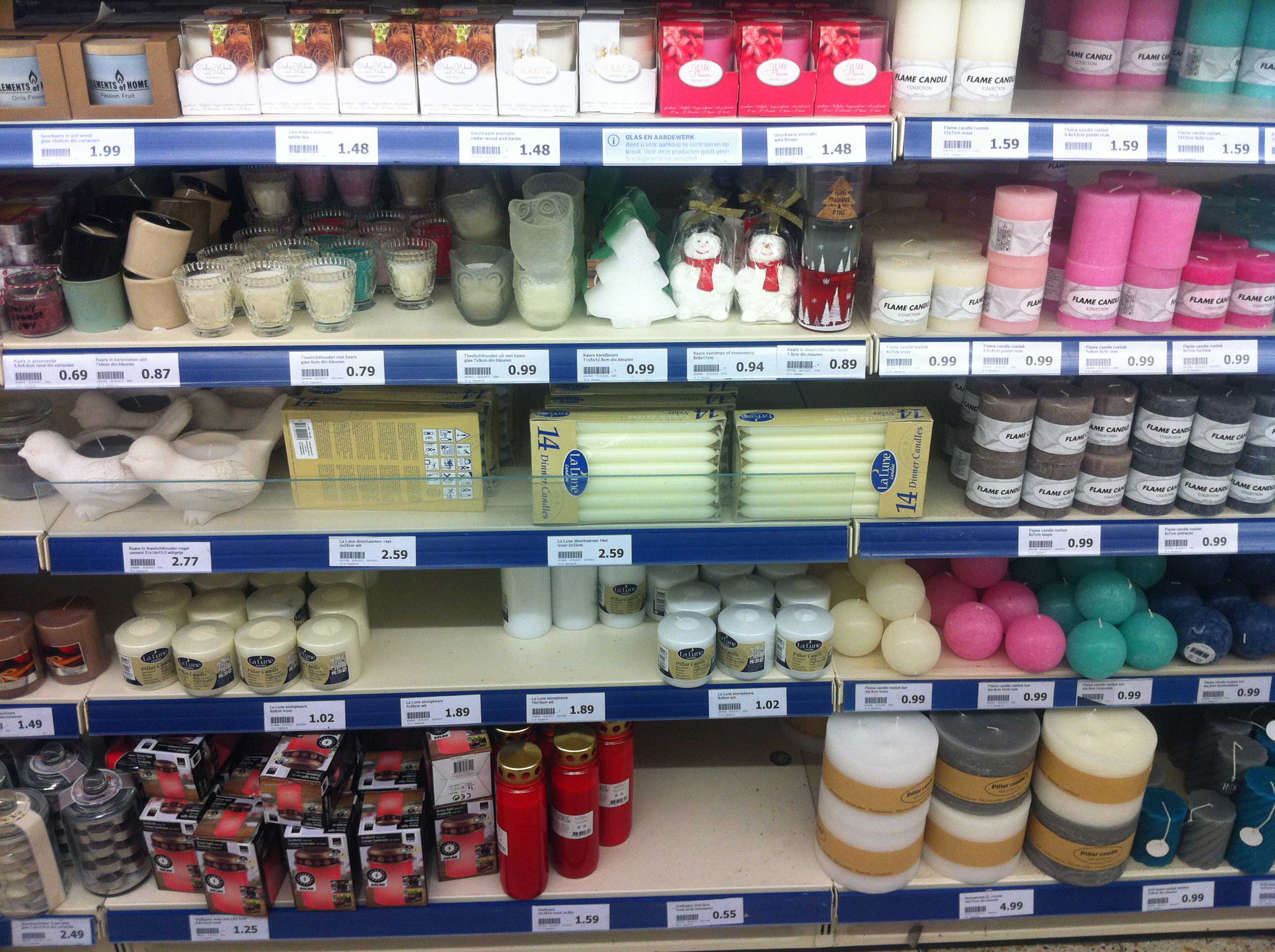
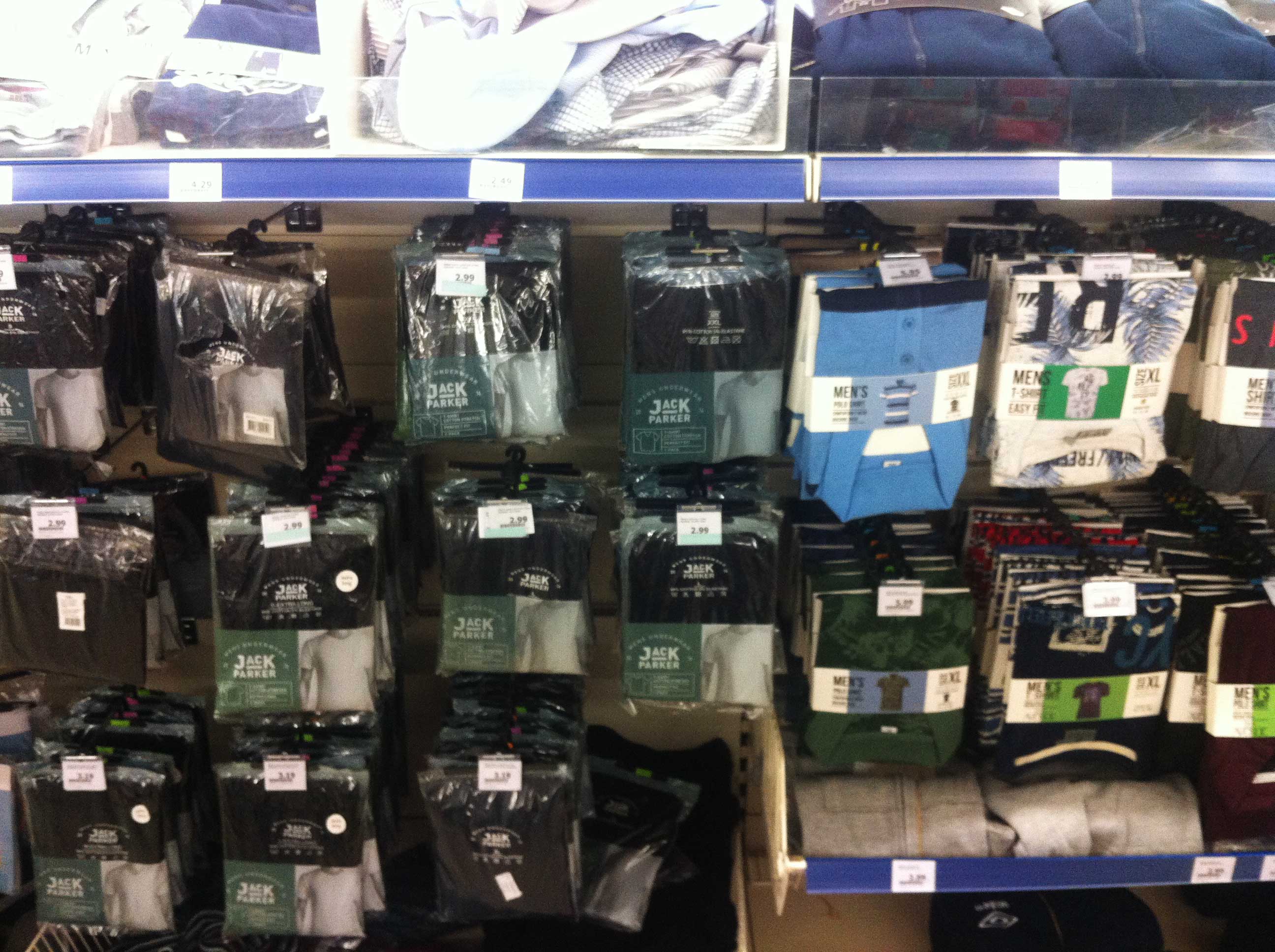
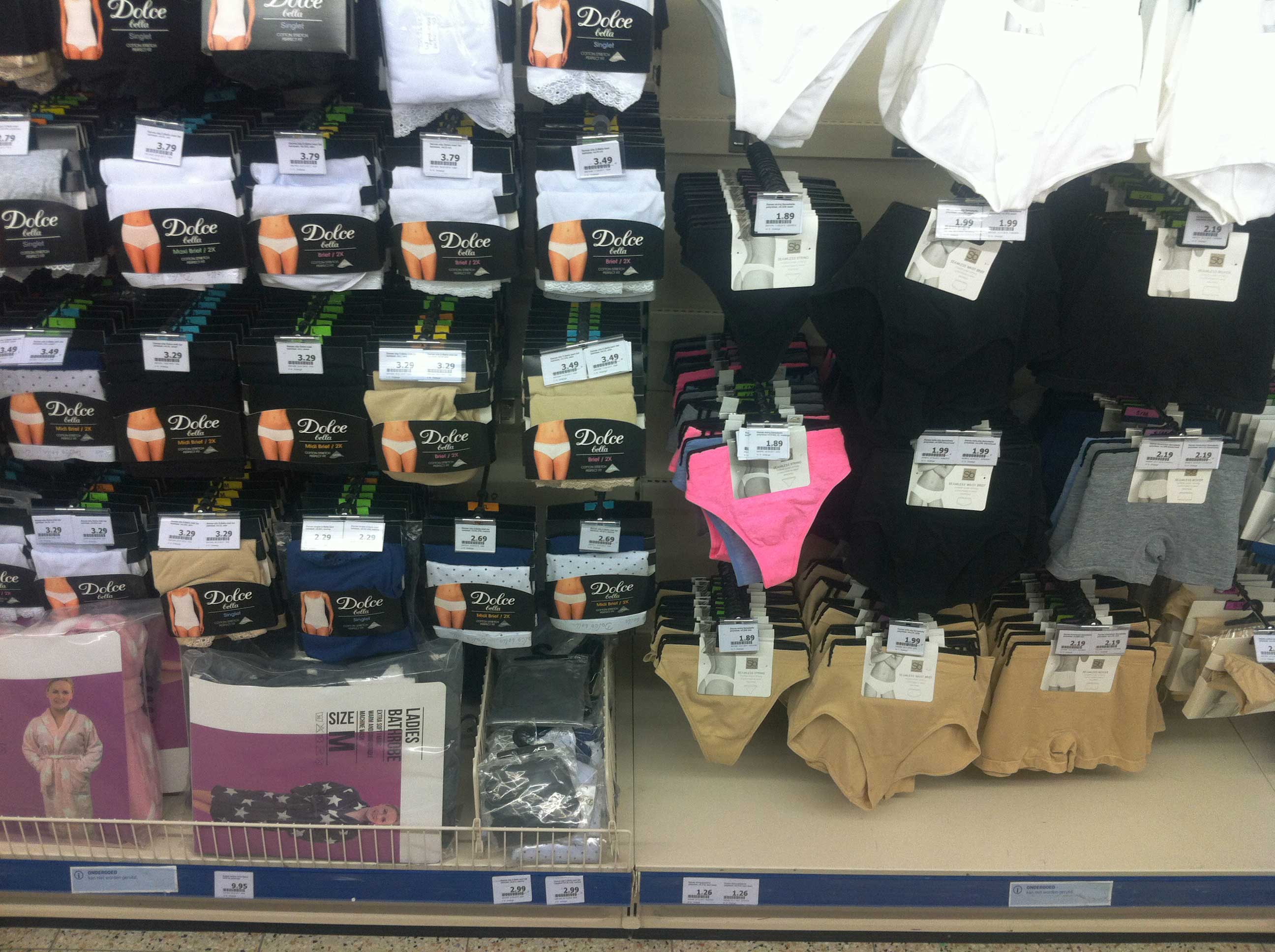

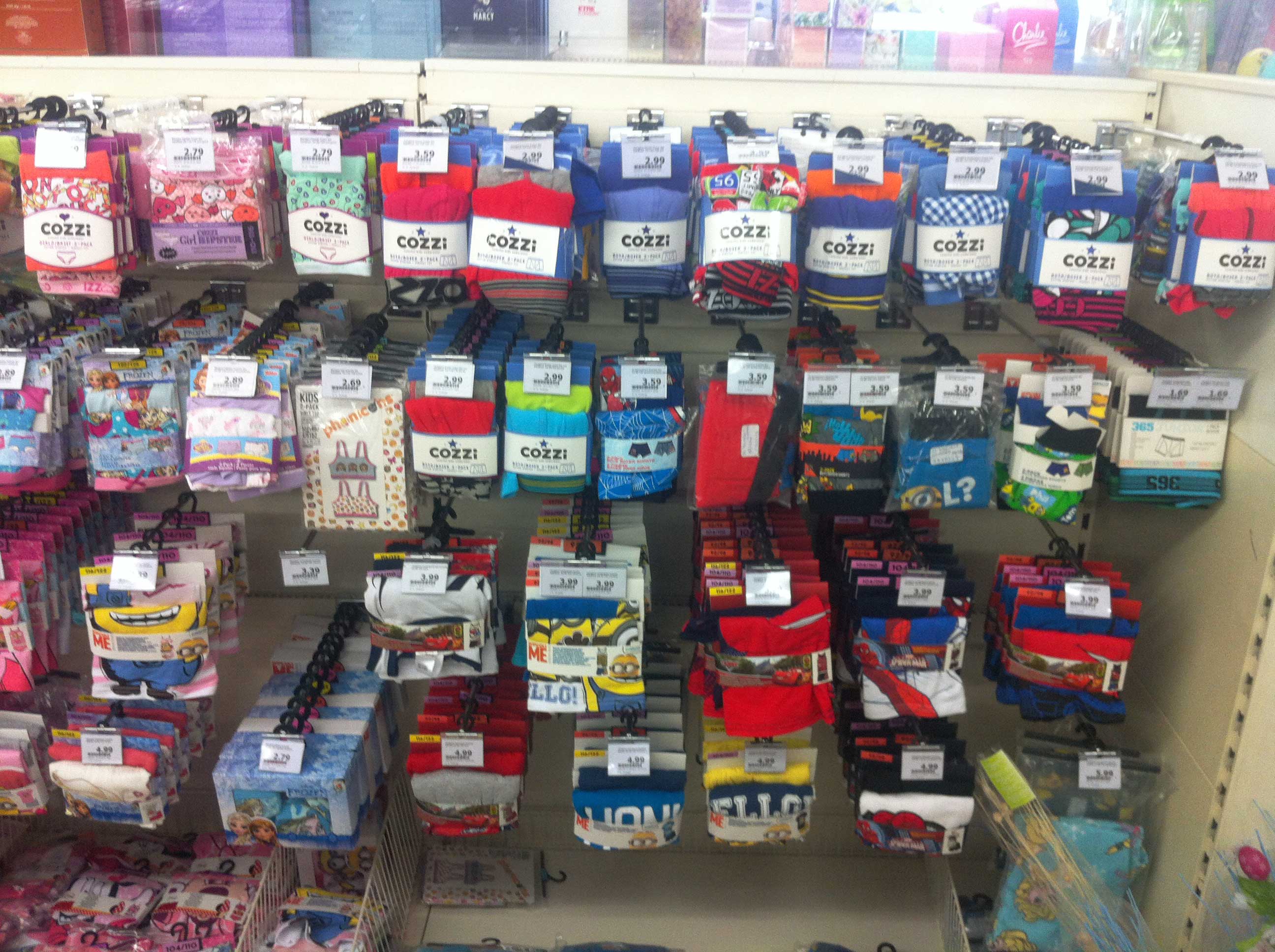
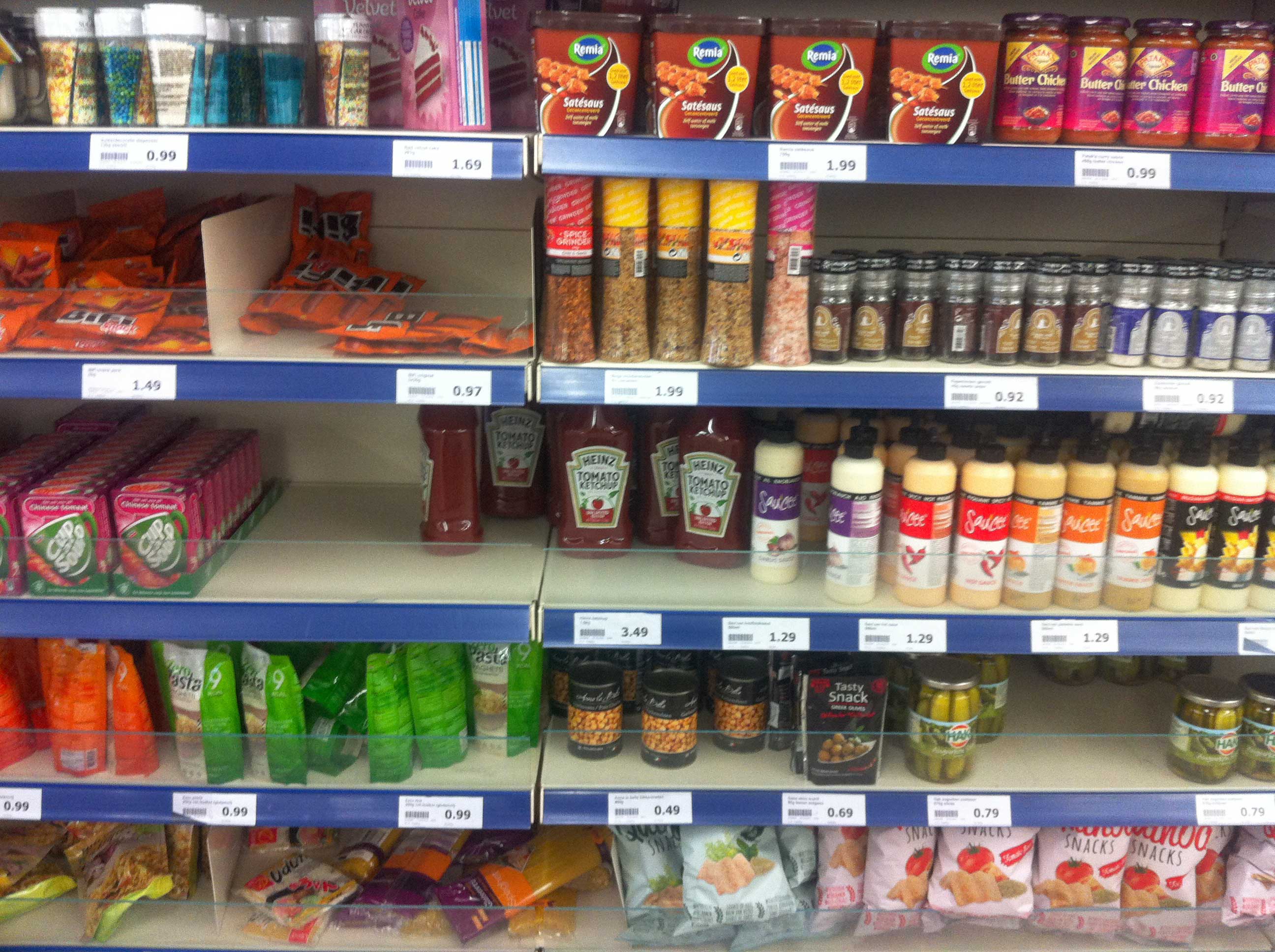
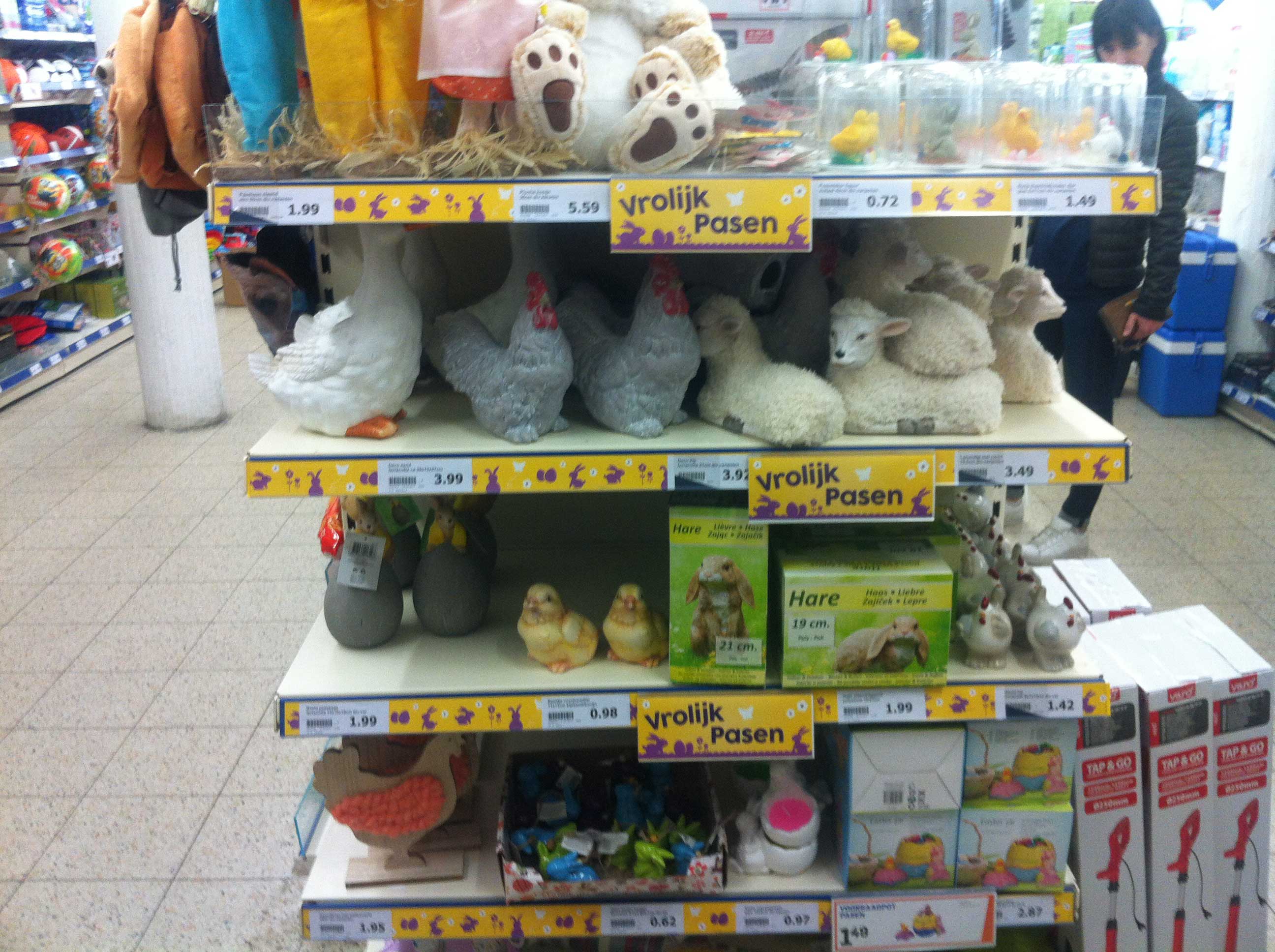
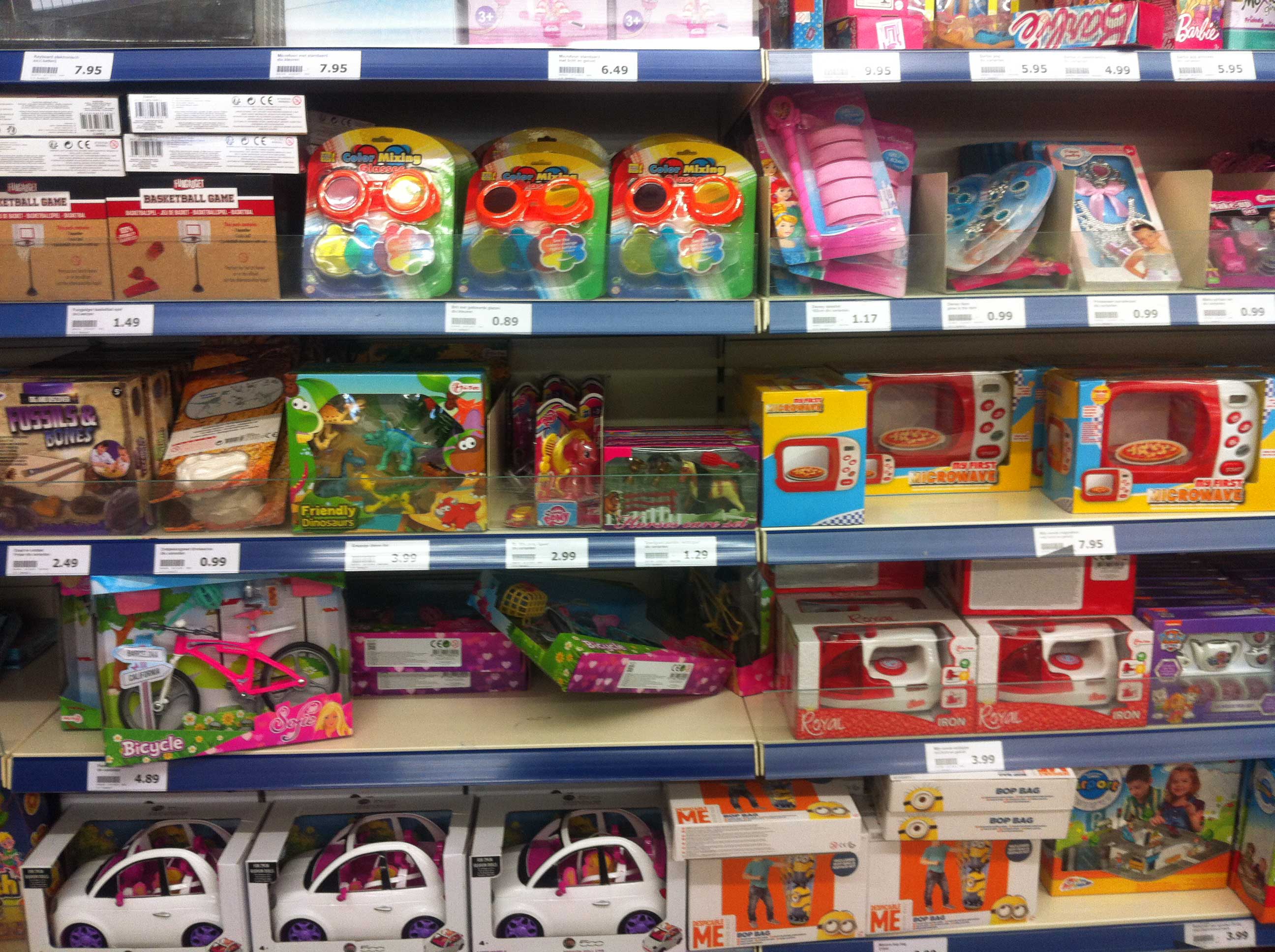
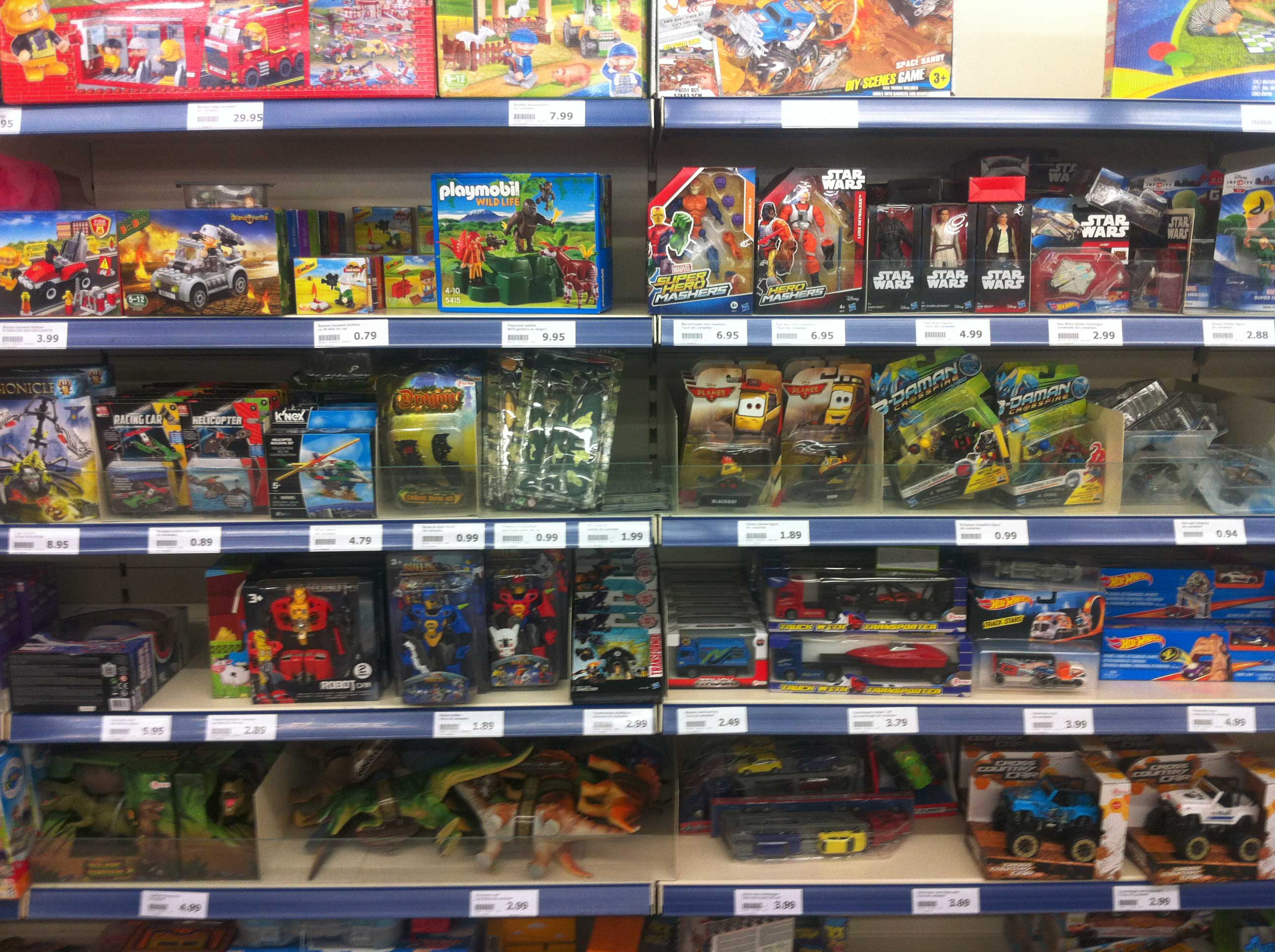


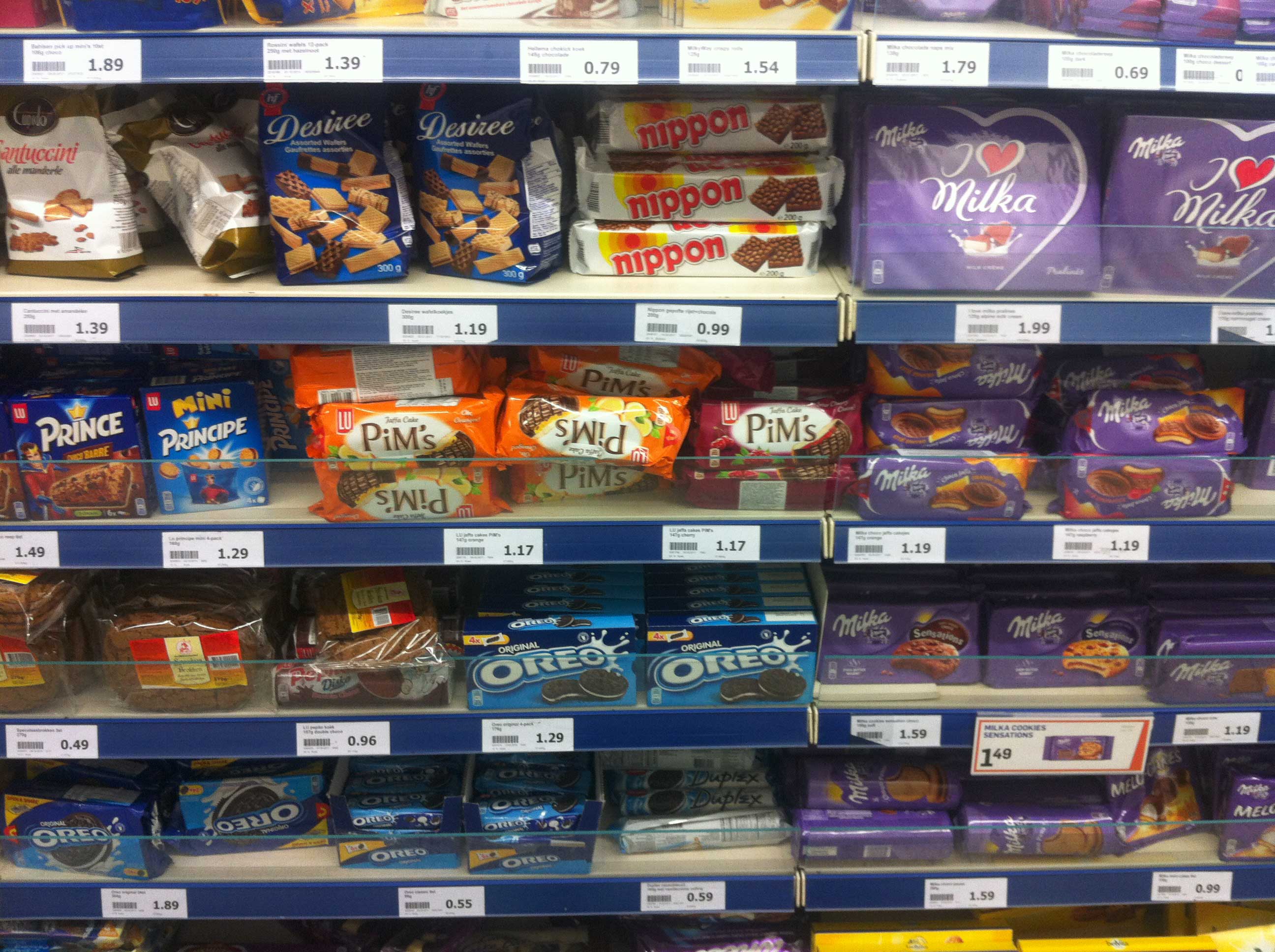

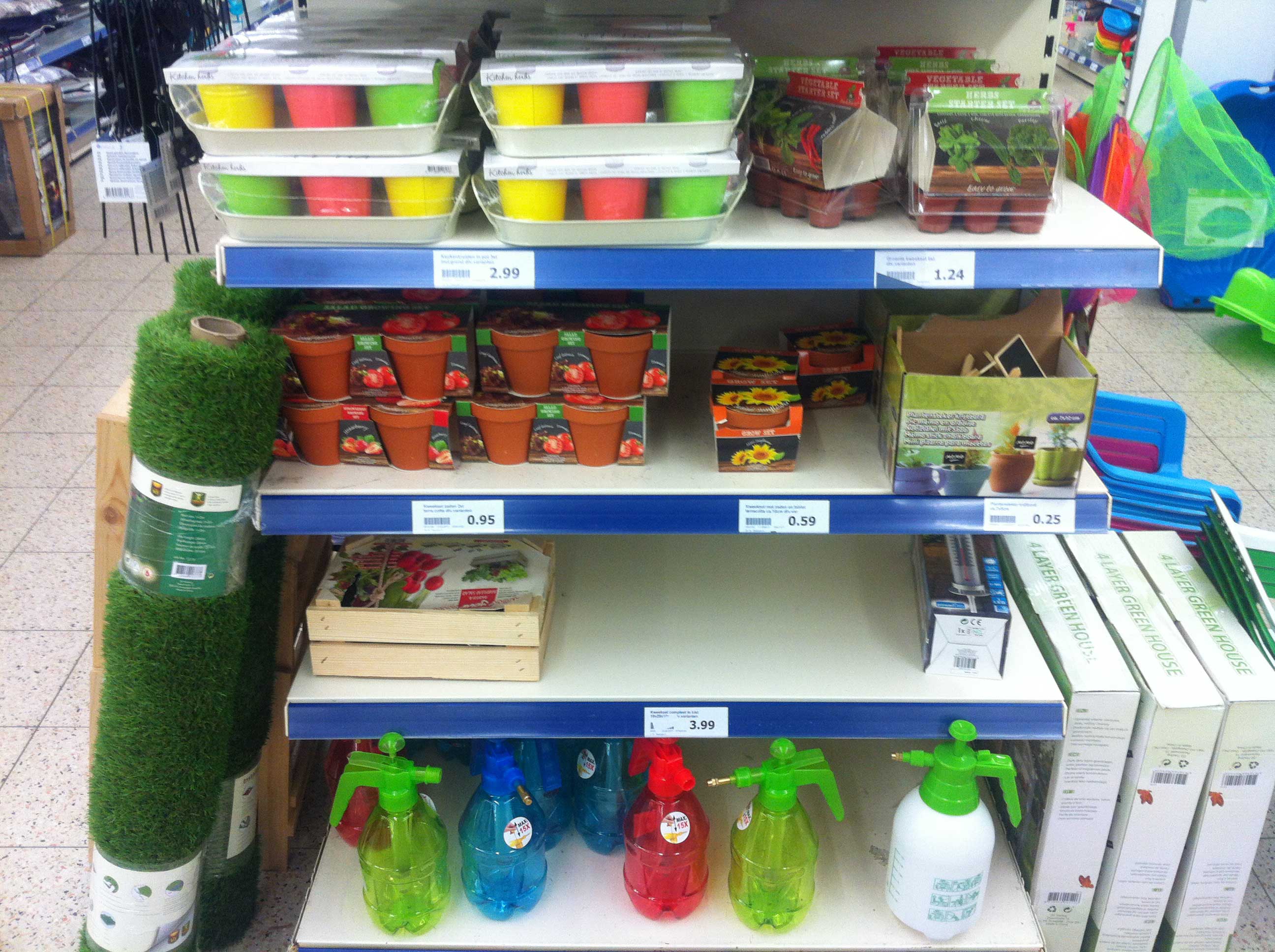
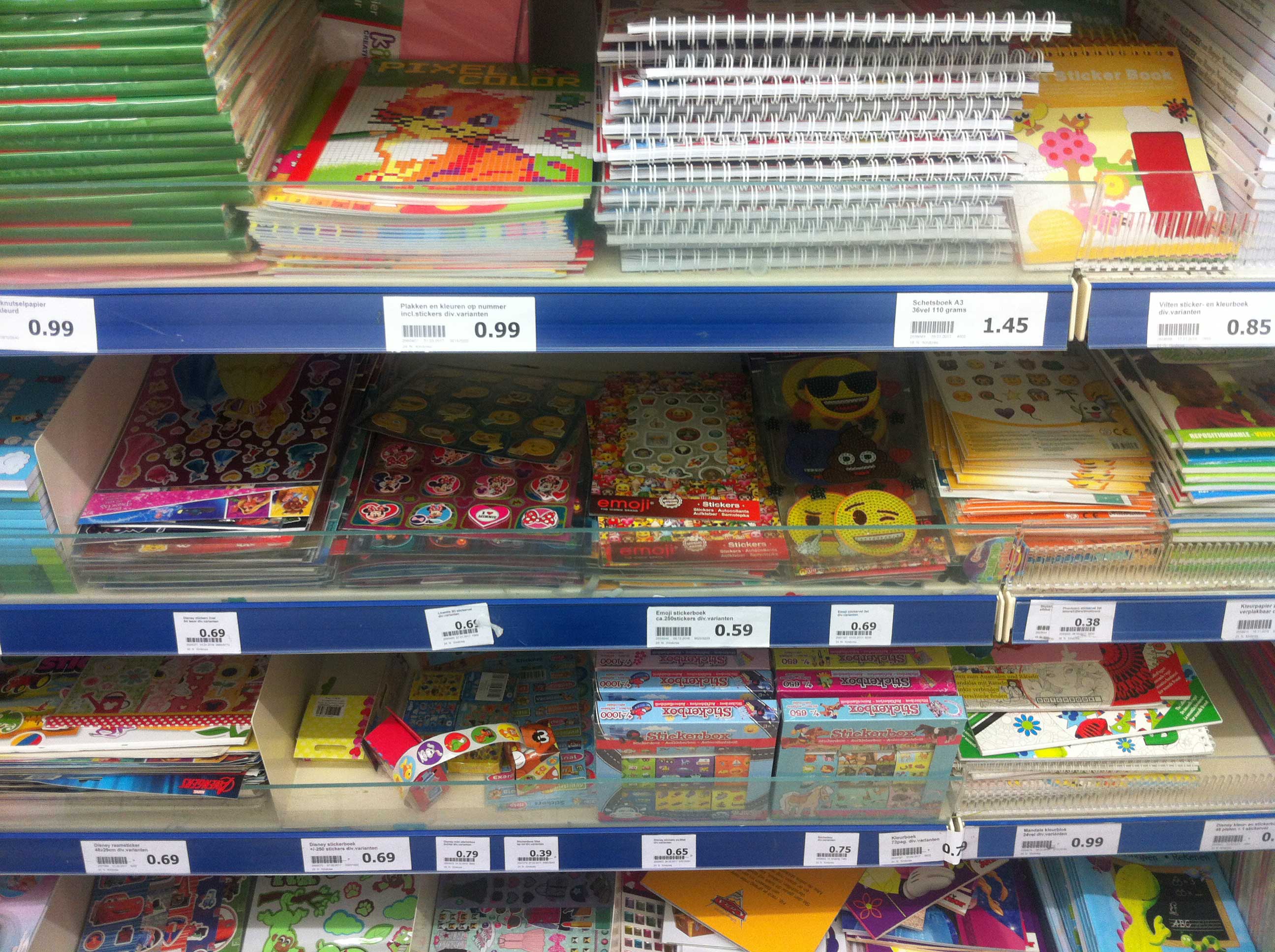
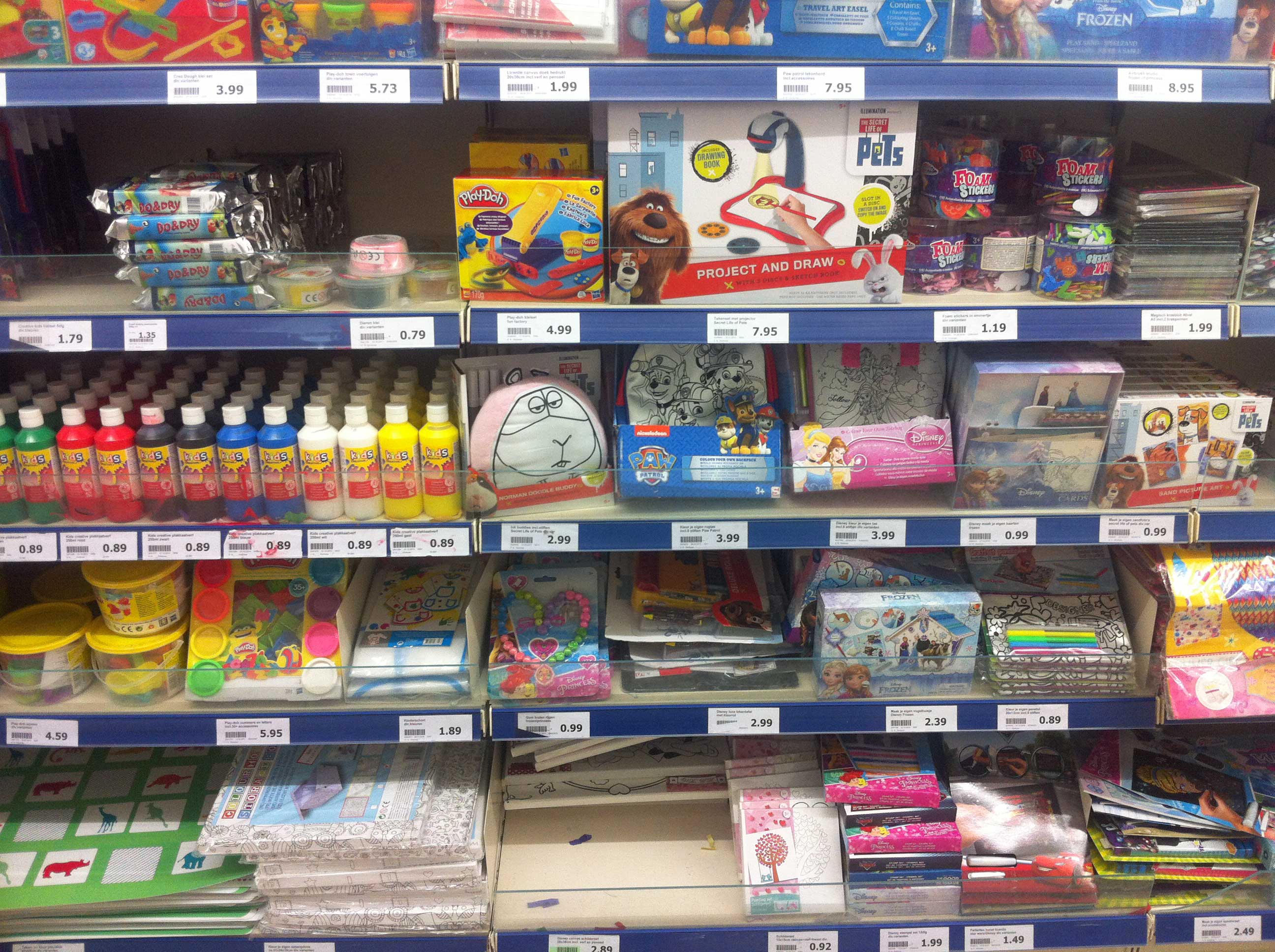


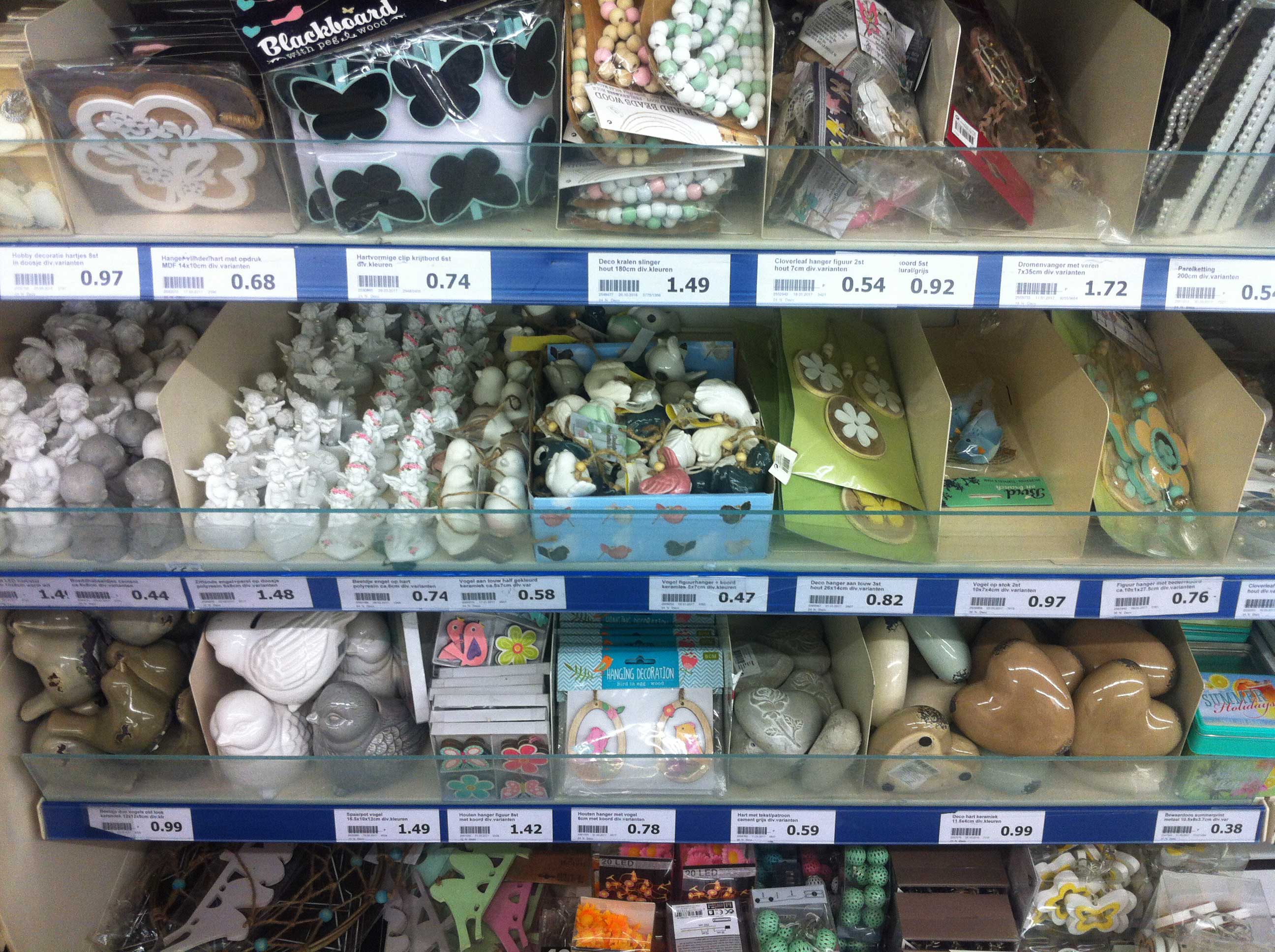

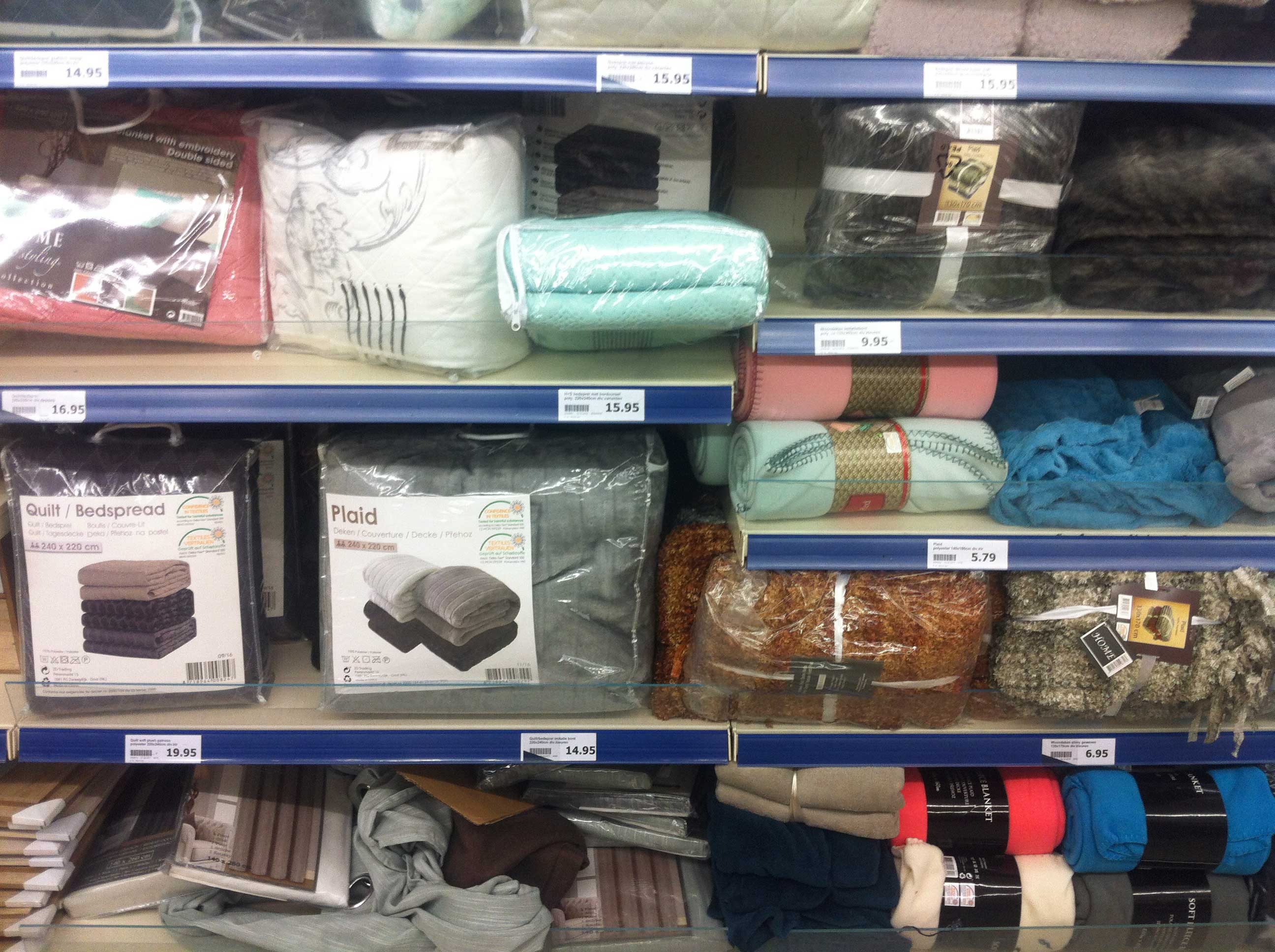
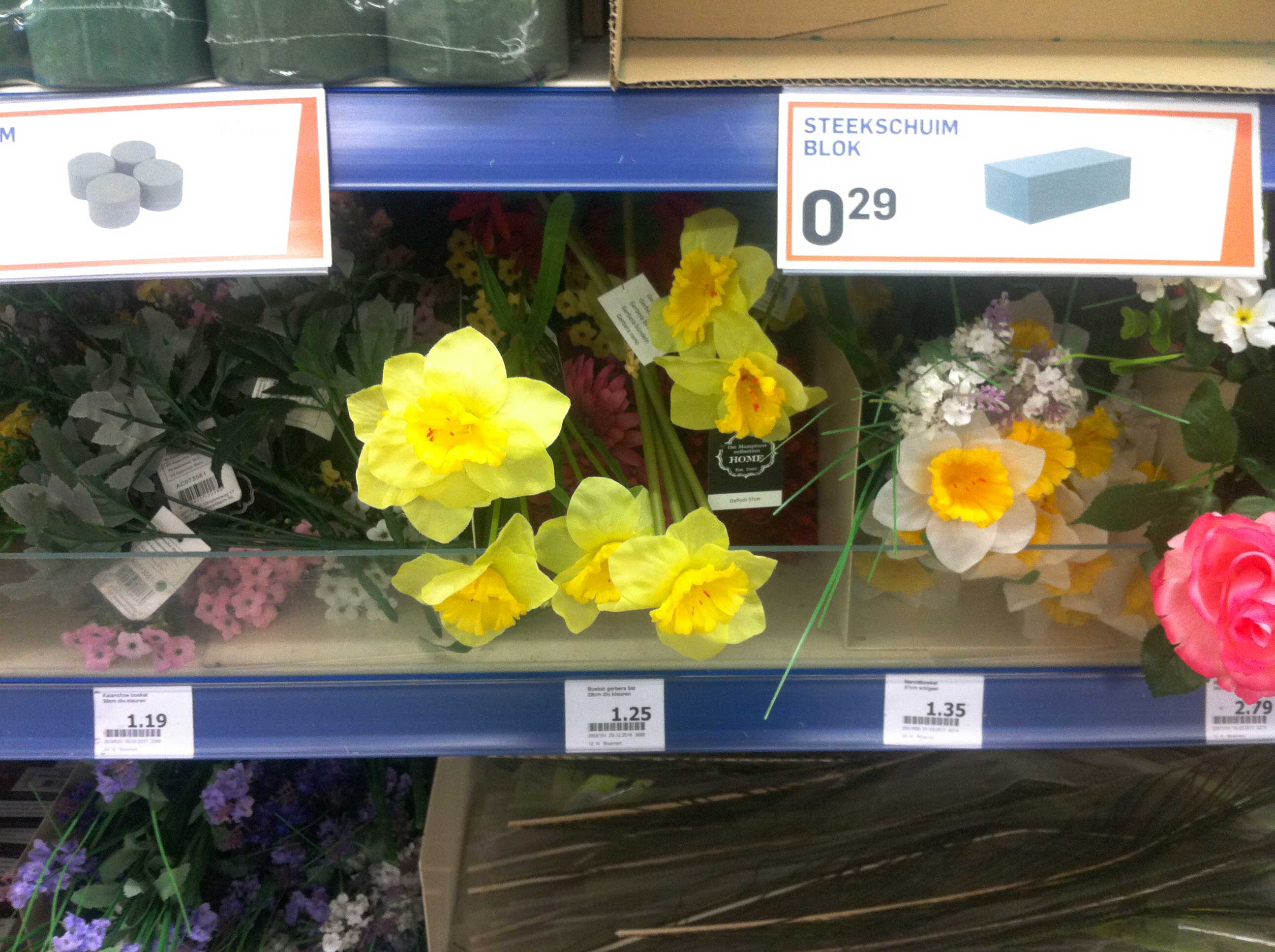


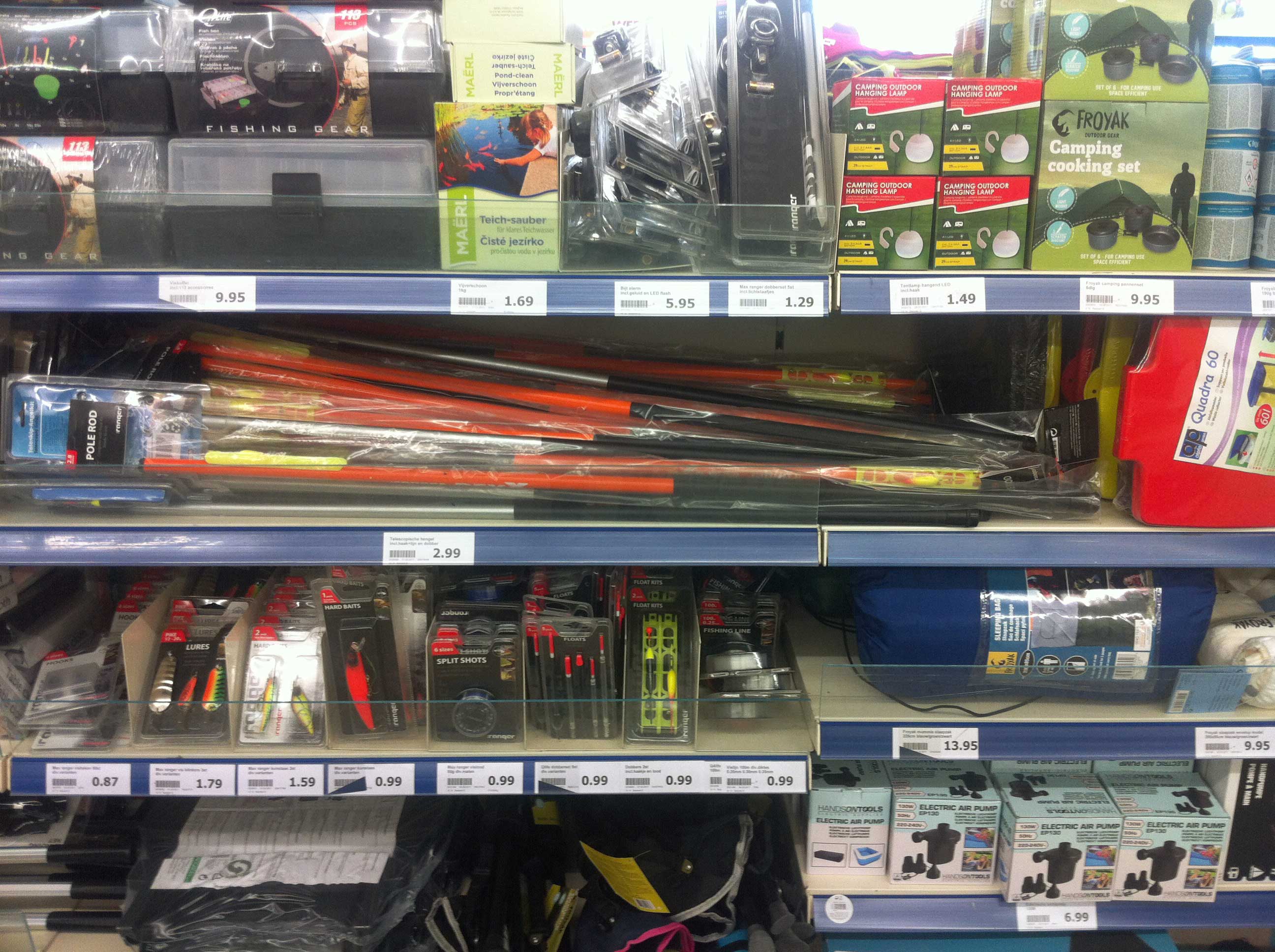
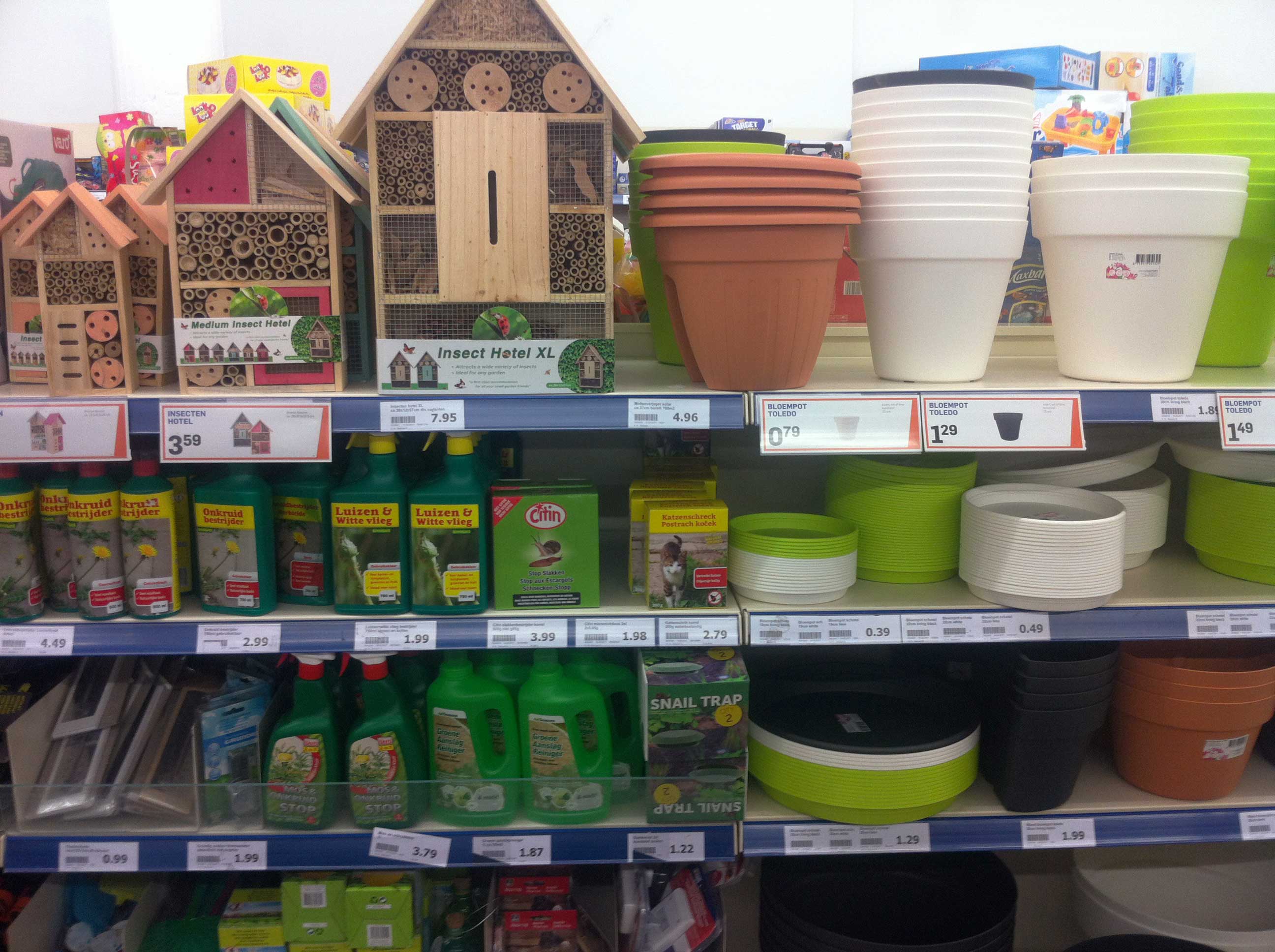
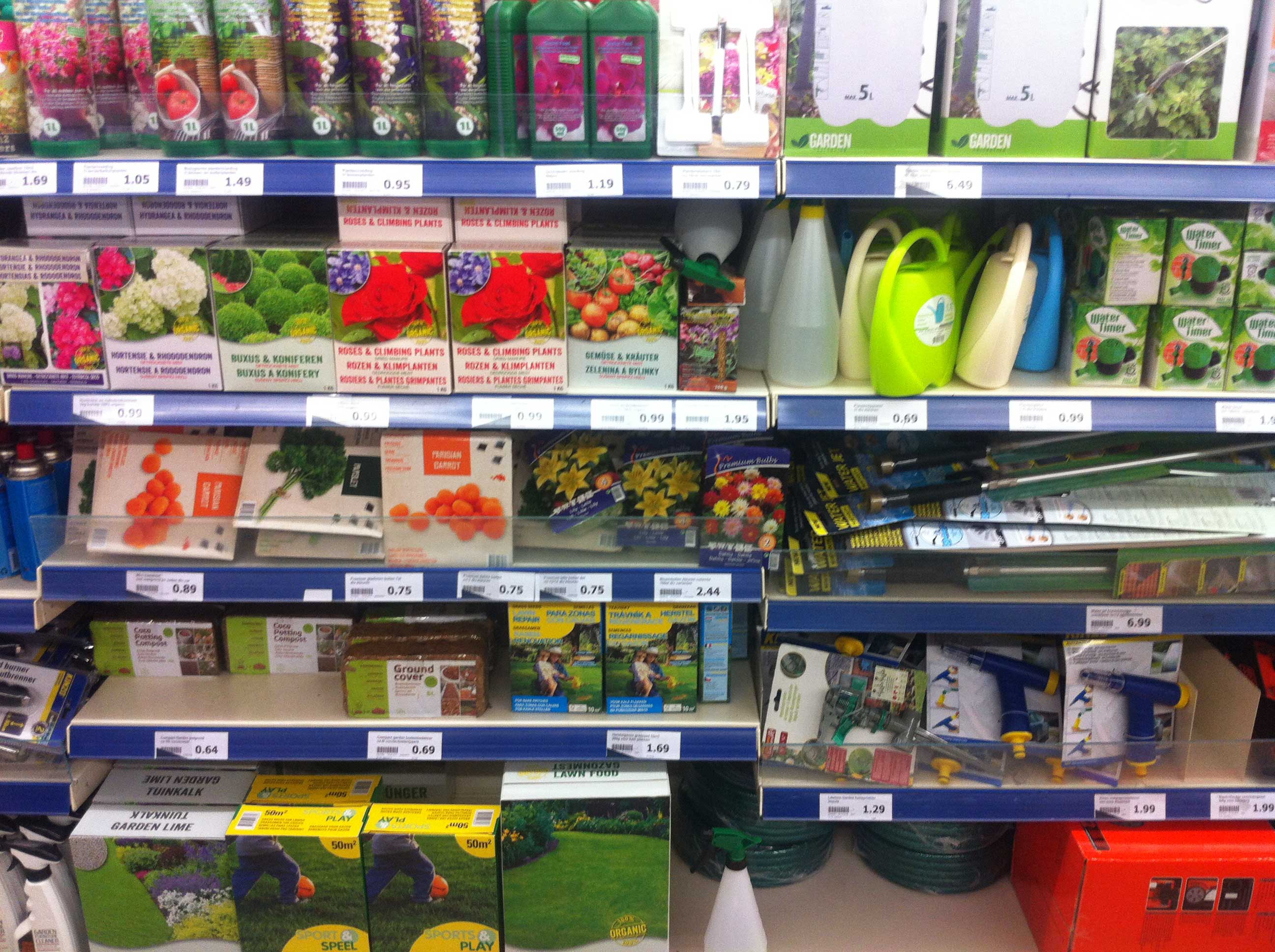
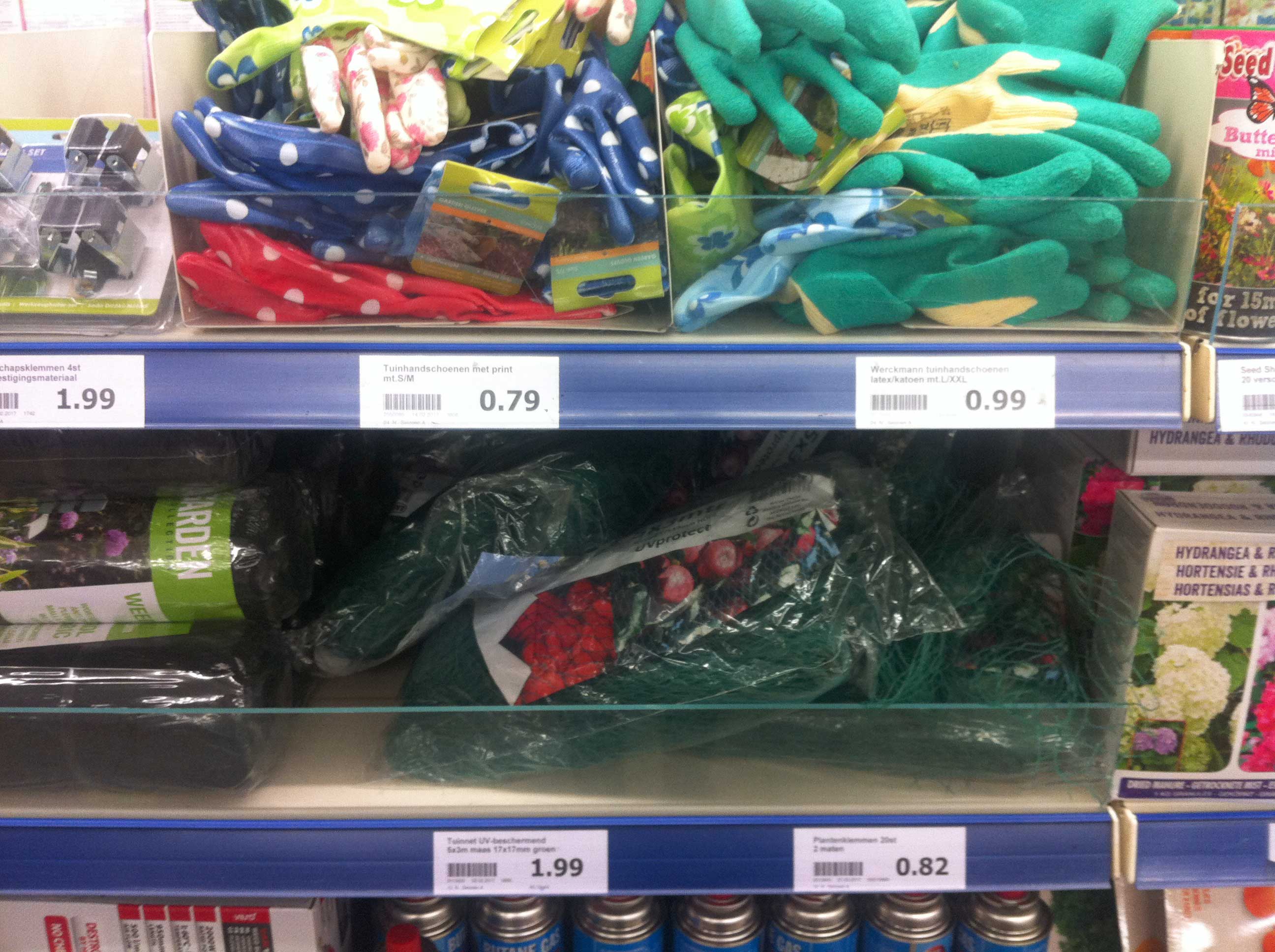
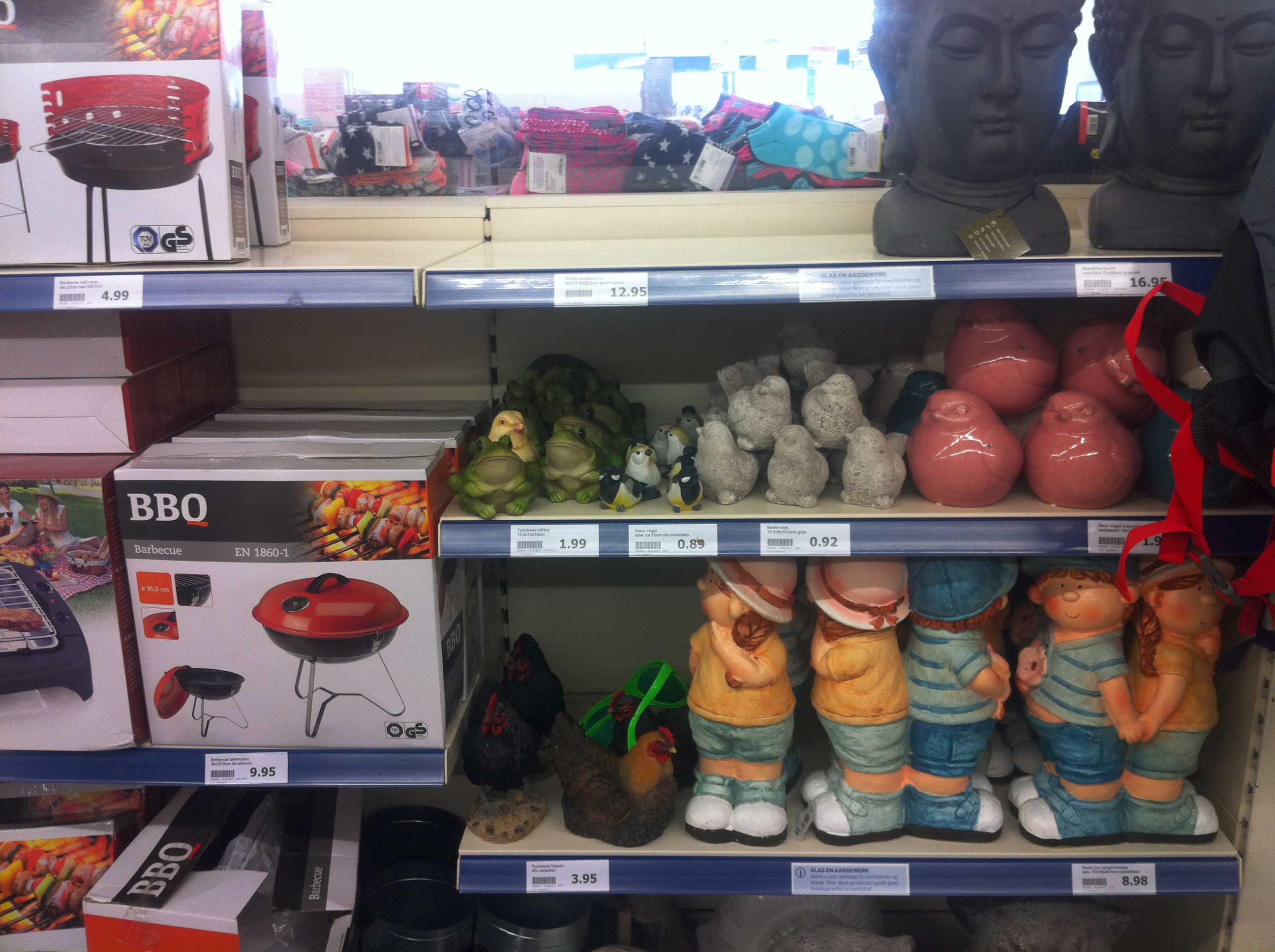

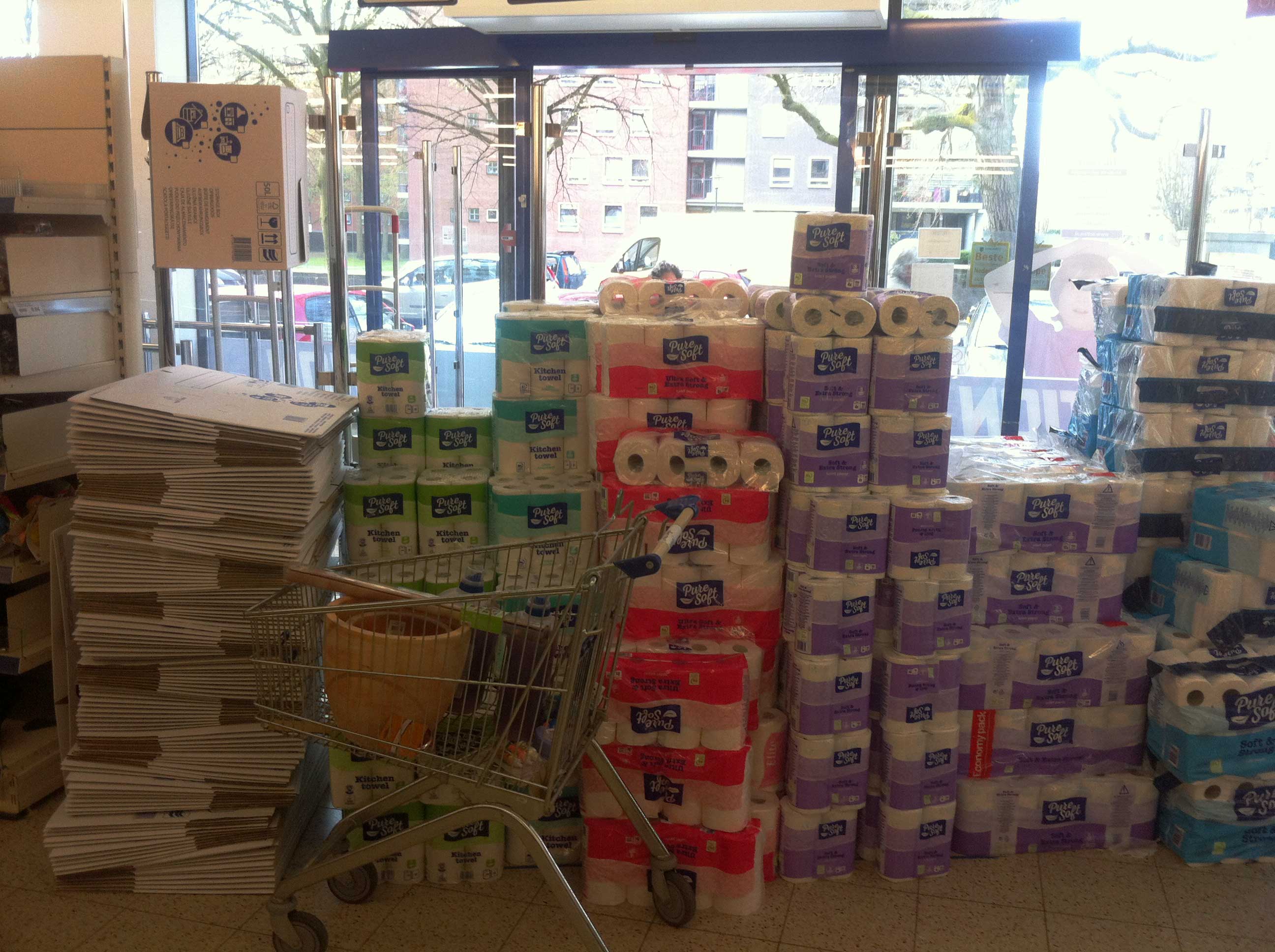

Saturday mornings are special. The first part of the weekend, nothing urgent that needs doing – most of the time anyway. I usually sleep in a little longer, boil or bake an egg. And watch television. Some repeats, and, at eleven (here in the Netherlands – one hour later than in the UK) Saturday Kitchen Live!
The main presenter, for ten years, was James Martin. In February 2016 Martin announced he would leave the show a couple of months later. Since he left several chefs have presented the show. I enjoy Angela Hartnett the most.
The show follows a specific formula. Two chefs cook one of their dishes. A celebrity chef is a special guest. The presenter cooks a dish for him/her while (s)he talks with hime/her. In between the dishes several older items are shown. The kitchen is cleaned up in the meantime. The Omelette Challenge is a race between the two chefs. Who will cook the fastest omelette. The record holder is Theo Randall, with a time of 14.76 seconds, set on 2 May 2015.
The special guest has an food heaven dish and a food hell dish. People calling in with a question and the two chefs can pick either. The show ends with one of the dishes being cooked by the presenter and the two chefs and eaten by the guest.
First Ever Omelette Challenge – Saturday Kitchen (BBC – 24 Jun 2006)
I am not watching this show each week anymore. But a few years ago i did. And these days when i do watch it, i do enjoy it. So this is for an old favorite.
GENNARO CONTALDO AND PAUL RANKIN Omelette Challenge SATURDAY KITCHEN LIVE
THE OMELETTE CHALLENGE Alain Roux NATHAN OUTLAW Marcus Wareing SATURDAY KITCHEN
Thomas Keller Omelette Challenge on BBC Saturday Kitchen
ANTONIO BANDERAS LAUGHING AMUSED AT OMELETTE CHALLENGE Saturday Kitchen Live JAMES MARTIN
Ruthie Henshall Saturday Kitchen food heaven or food hell
Alfie Boe’s Food Heaven and Food Hell
400th FOOD HEAVEN OR FOOD HELL AT SATURDAY KITCHEN LIVE WITH JAMES MARTIN 2015
Samantha Janus Food Hell Part 1 – Saturday Kitchen – BBC
Samantha Janus Food Hell Part 2 – Saturday Kitchen – BBC
Saturday Kitchen – Part 7 (18.09.10)
PS. This post came about because of the food heaven and food hell choice. I like the option in the show, yes. But the words used, heaven and hell, are lessened in their meaning in this use. They are simple advertisement talk. I do feel uncertain about this. My mind is getting a bit sharper, and i do find myself listening with a clearer ear. The proper meaning of these words heaven and hell has got nothing to do with food. But i do think this needs its own post, or rather series of posts. And this is not the single use of a word out of its proper meaning. Hell no, advertisement is completely full of this. So i leave this comment as a postscript. To be getting back to later.

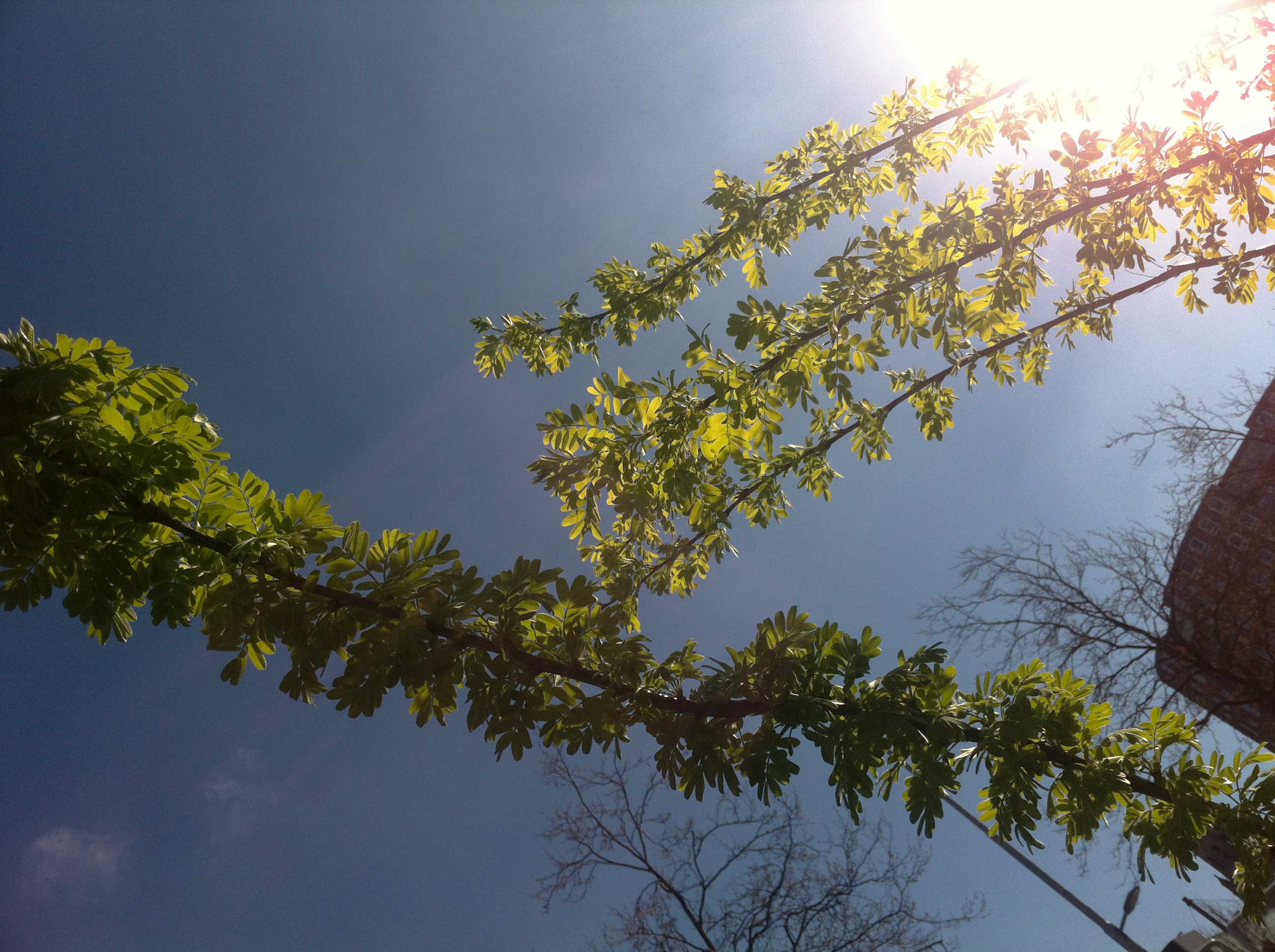
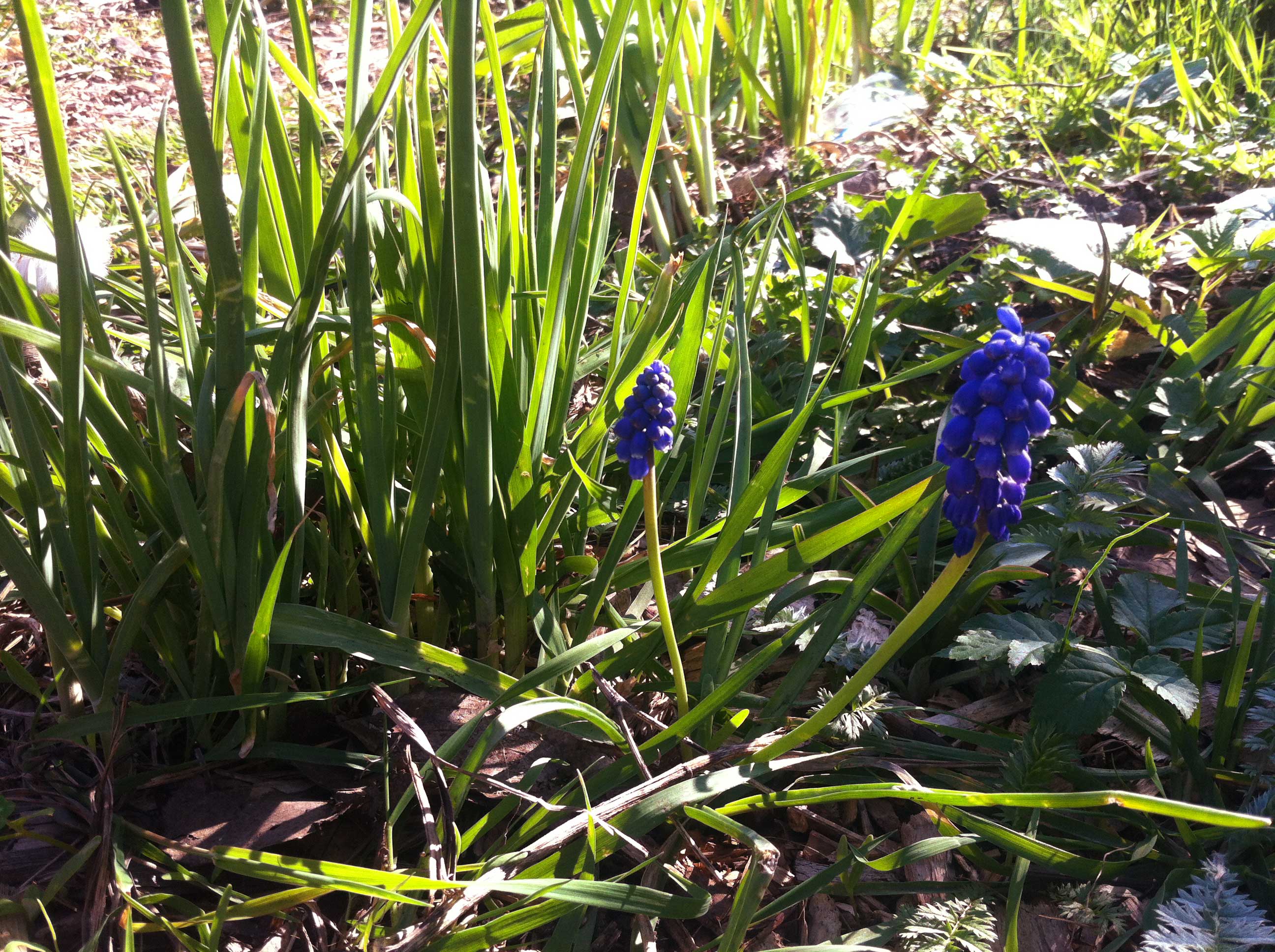
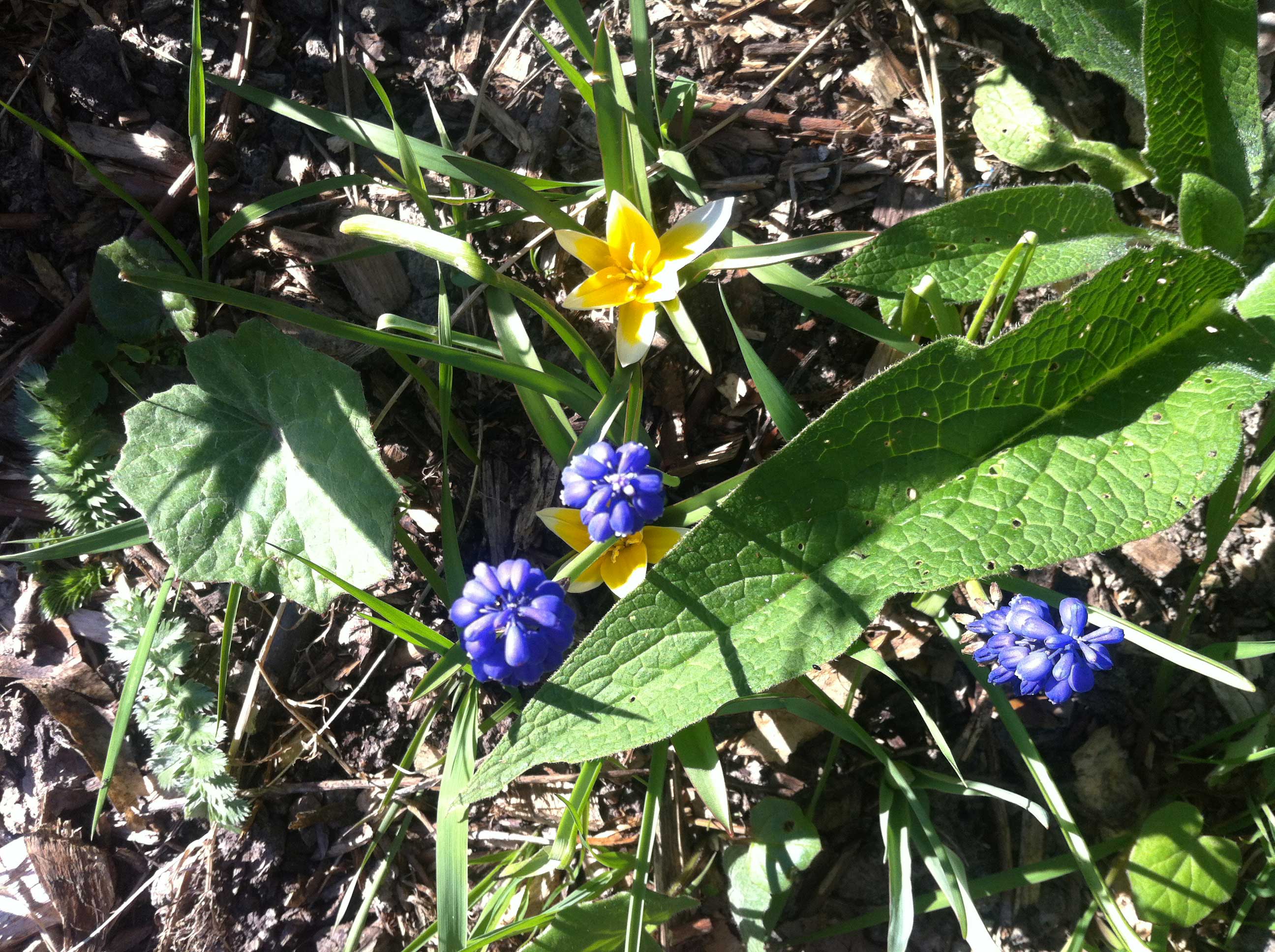
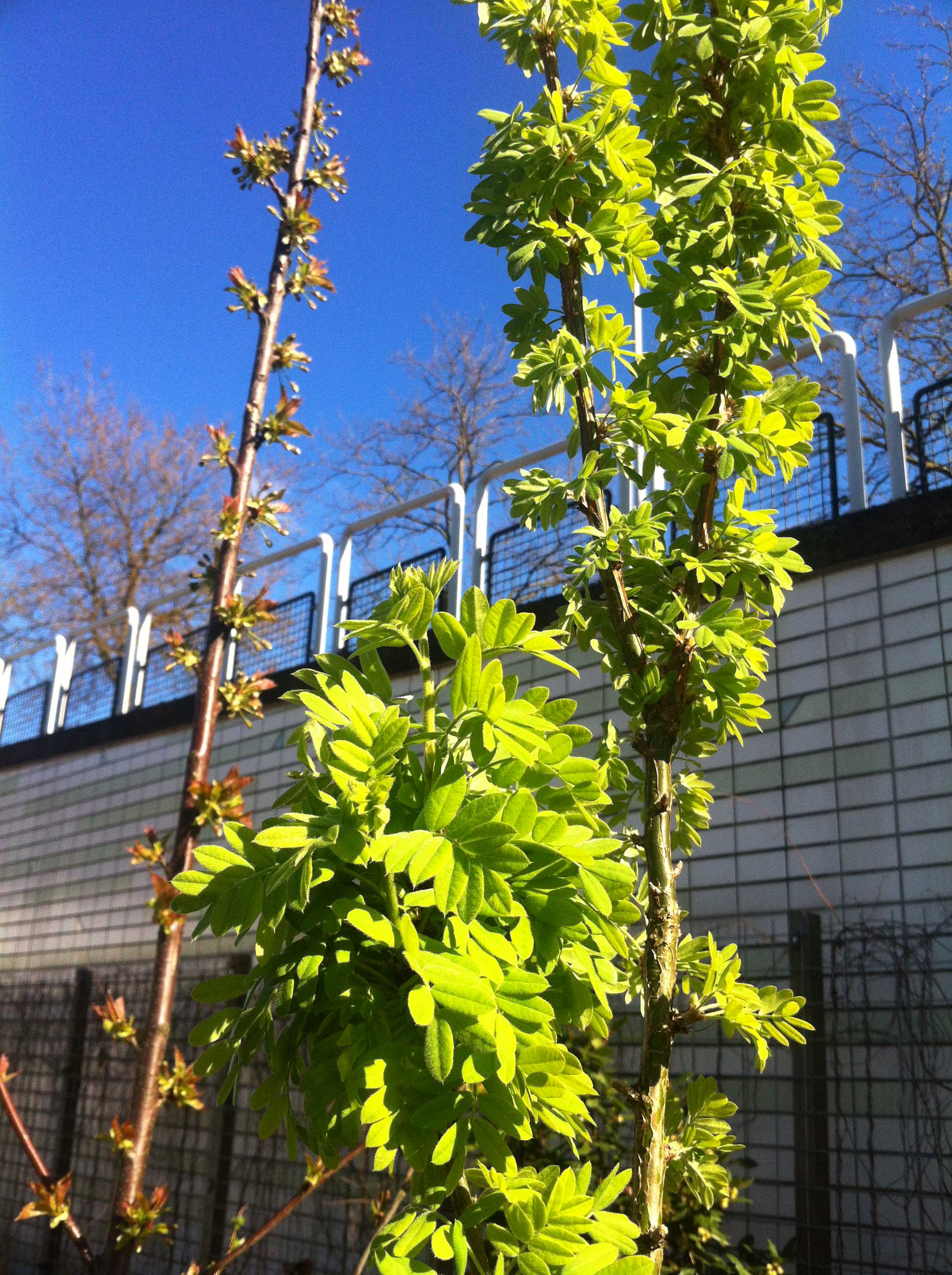

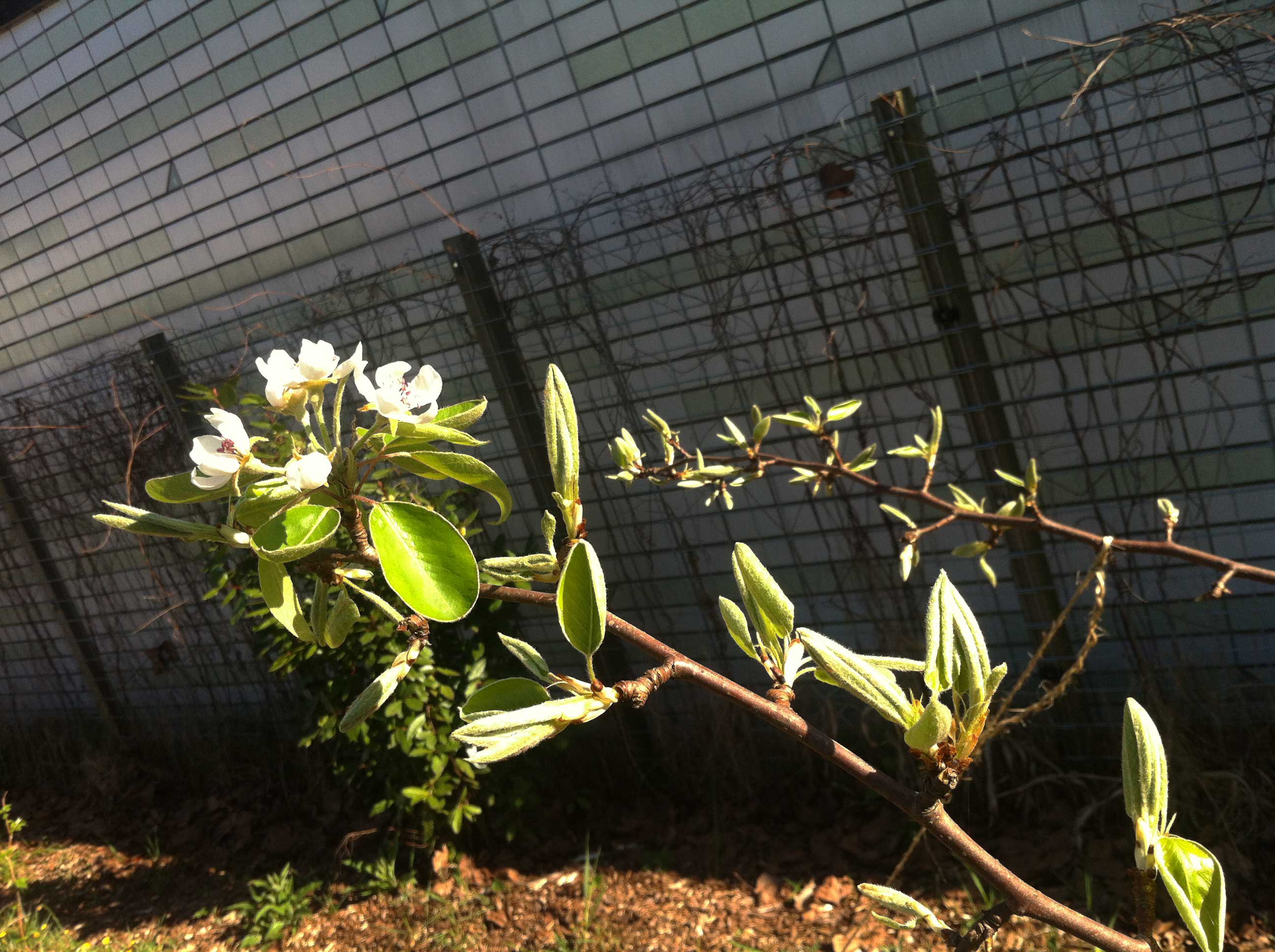
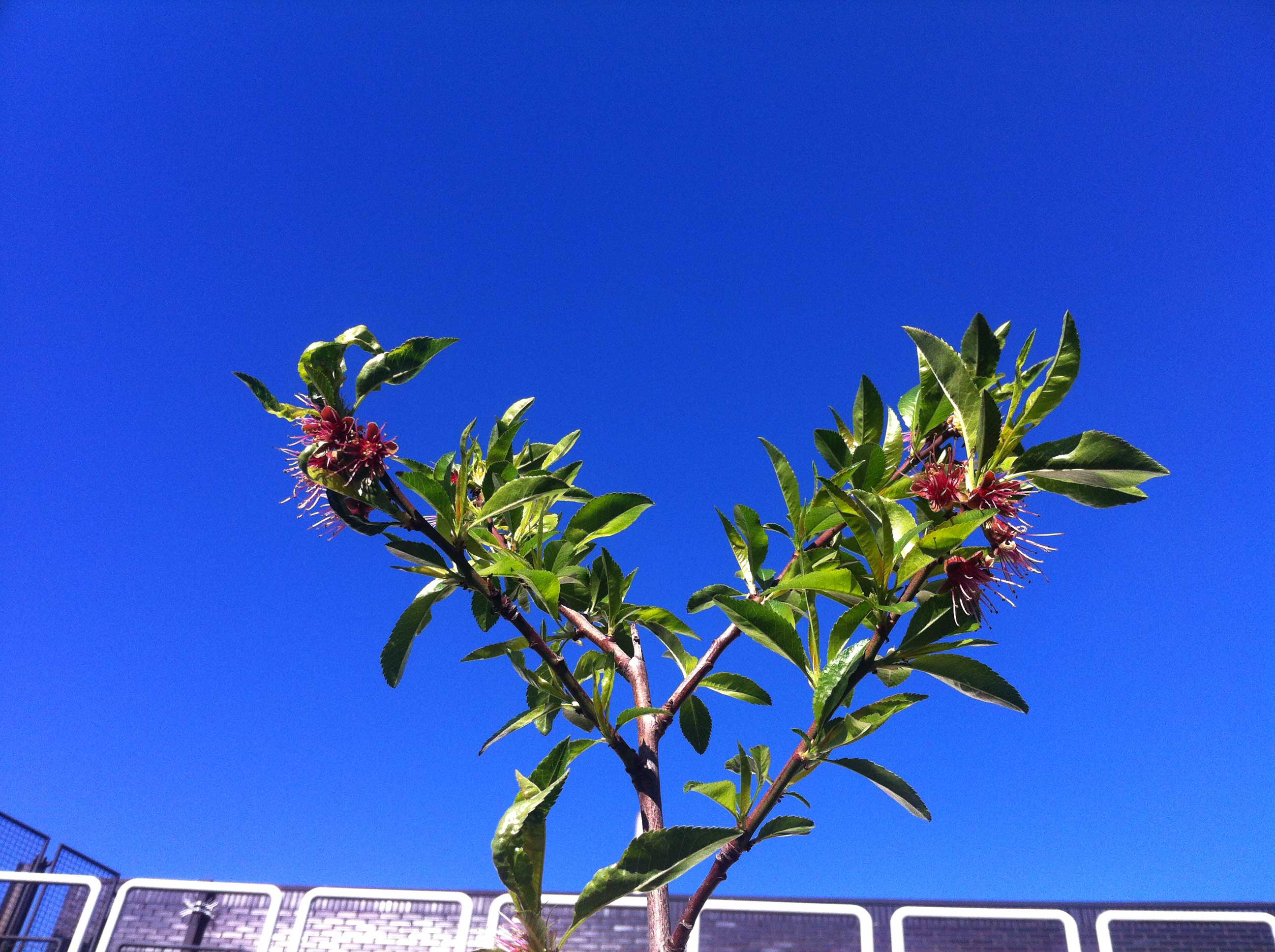
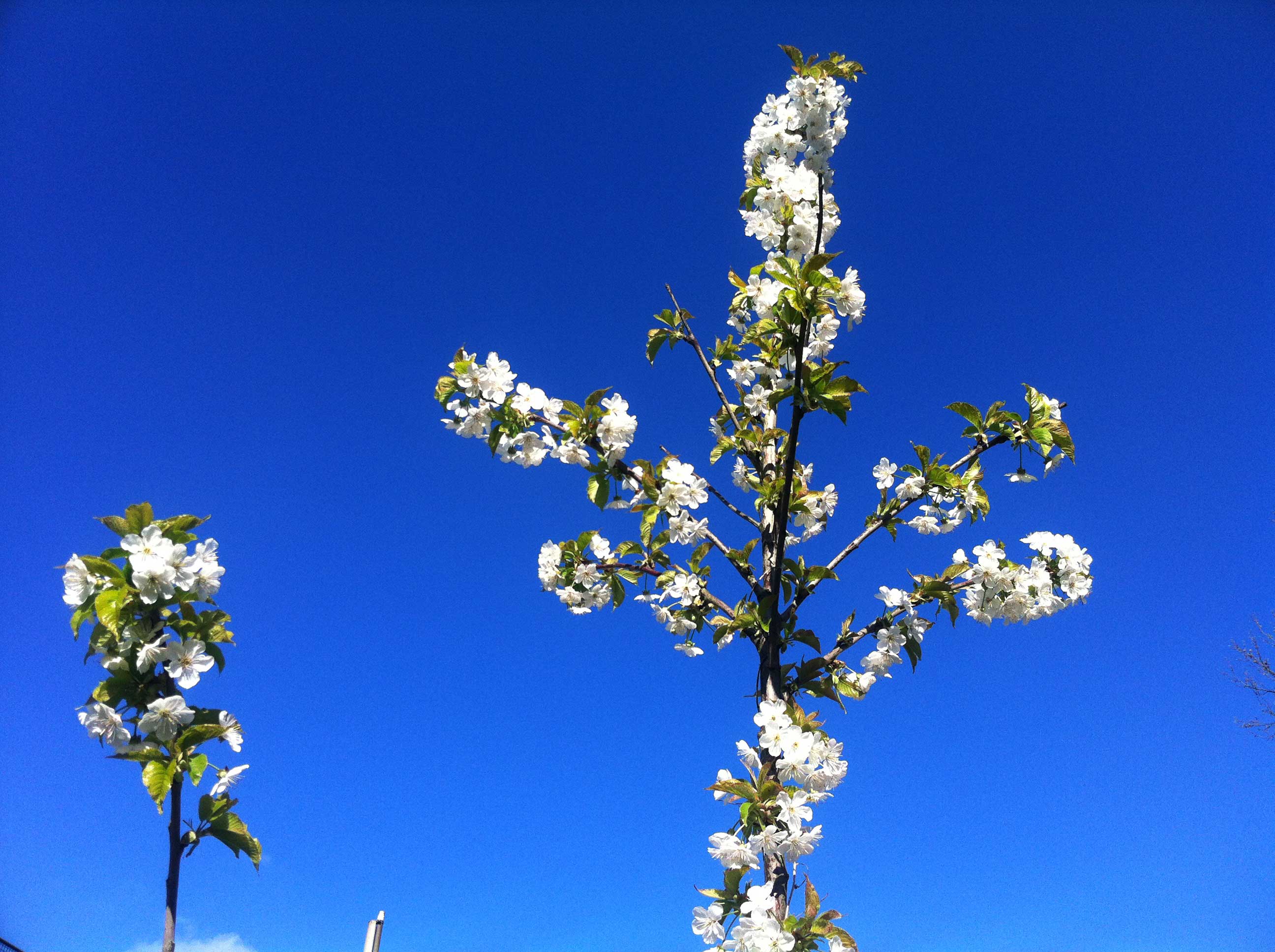
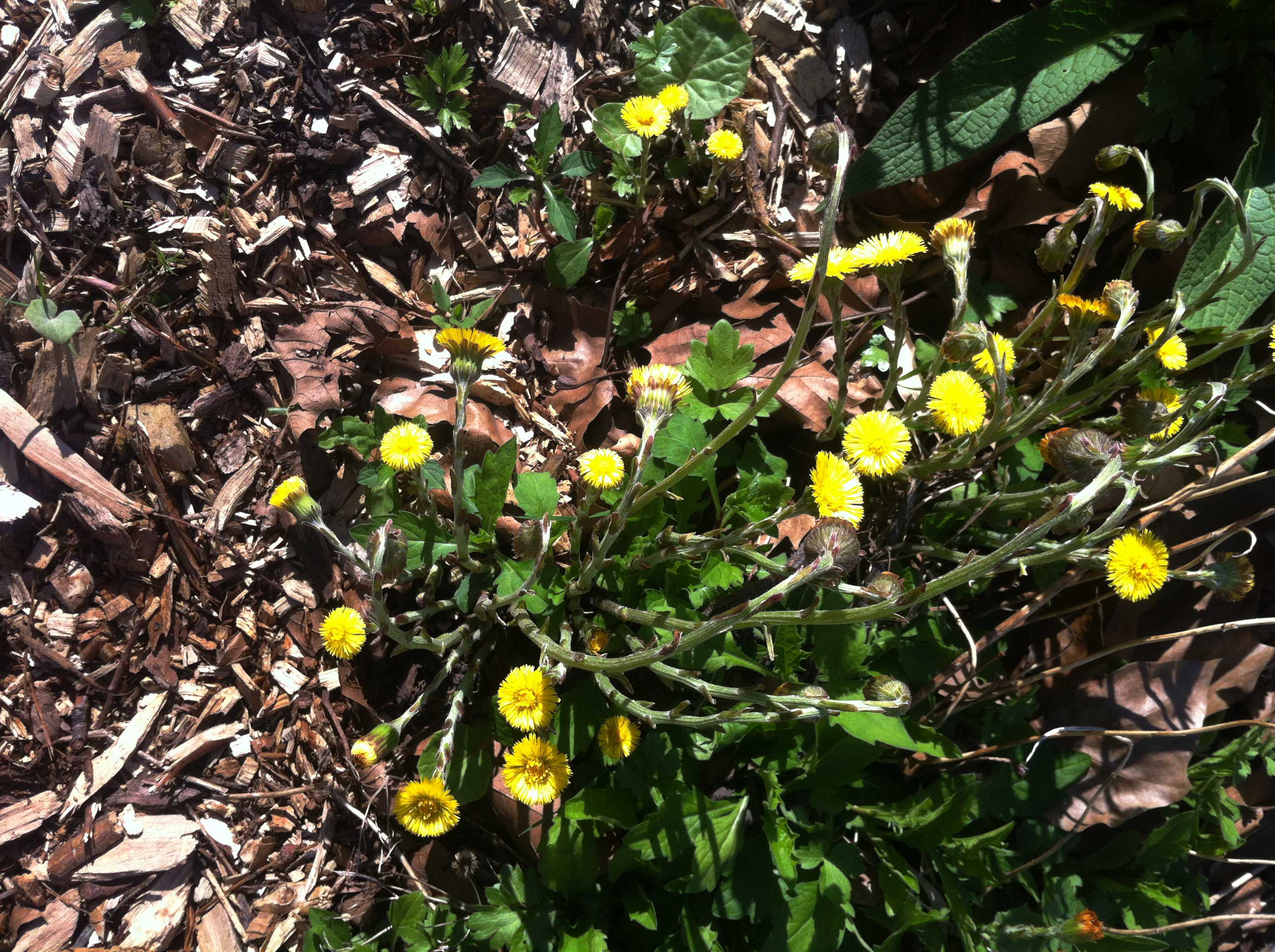

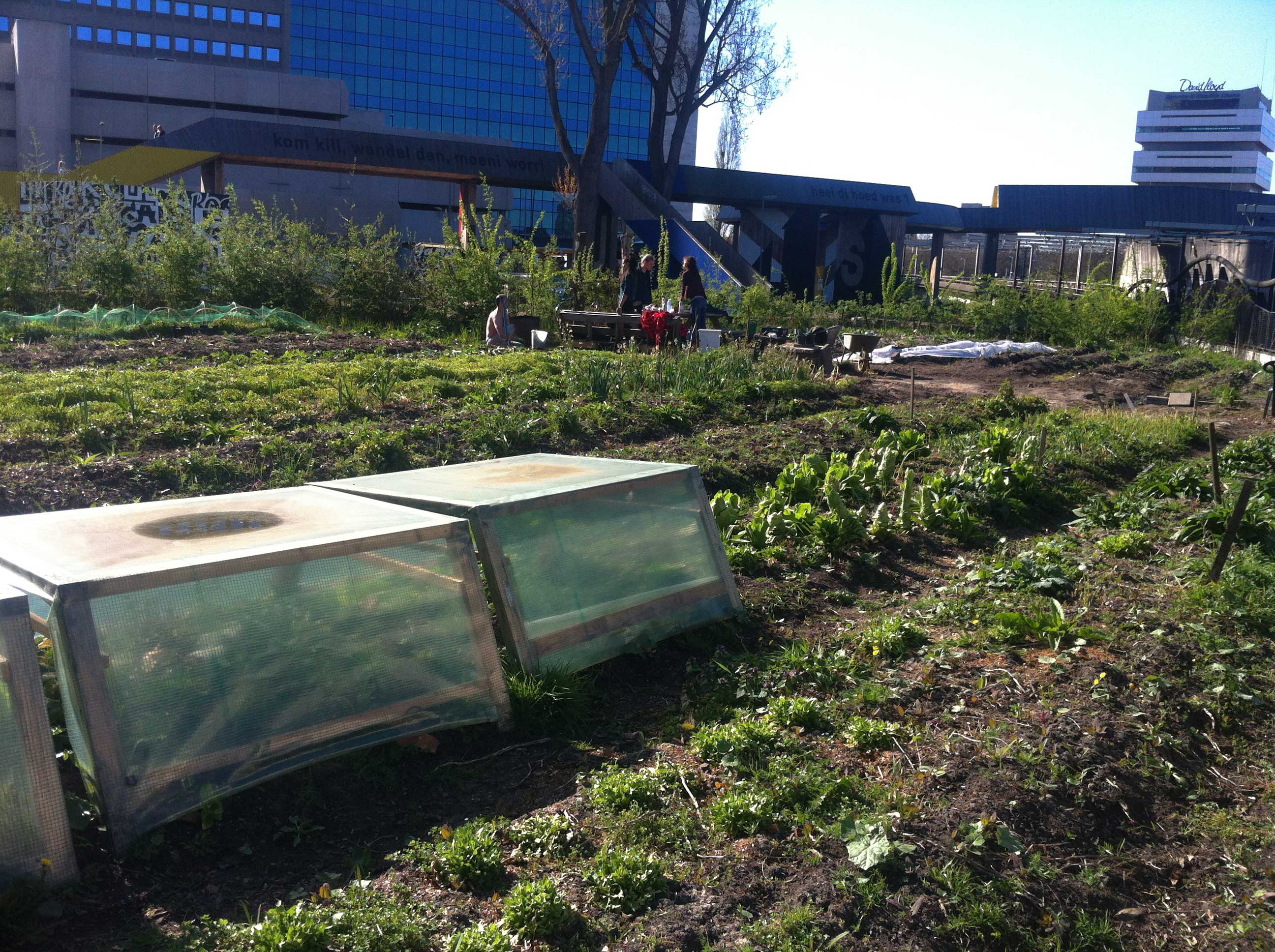

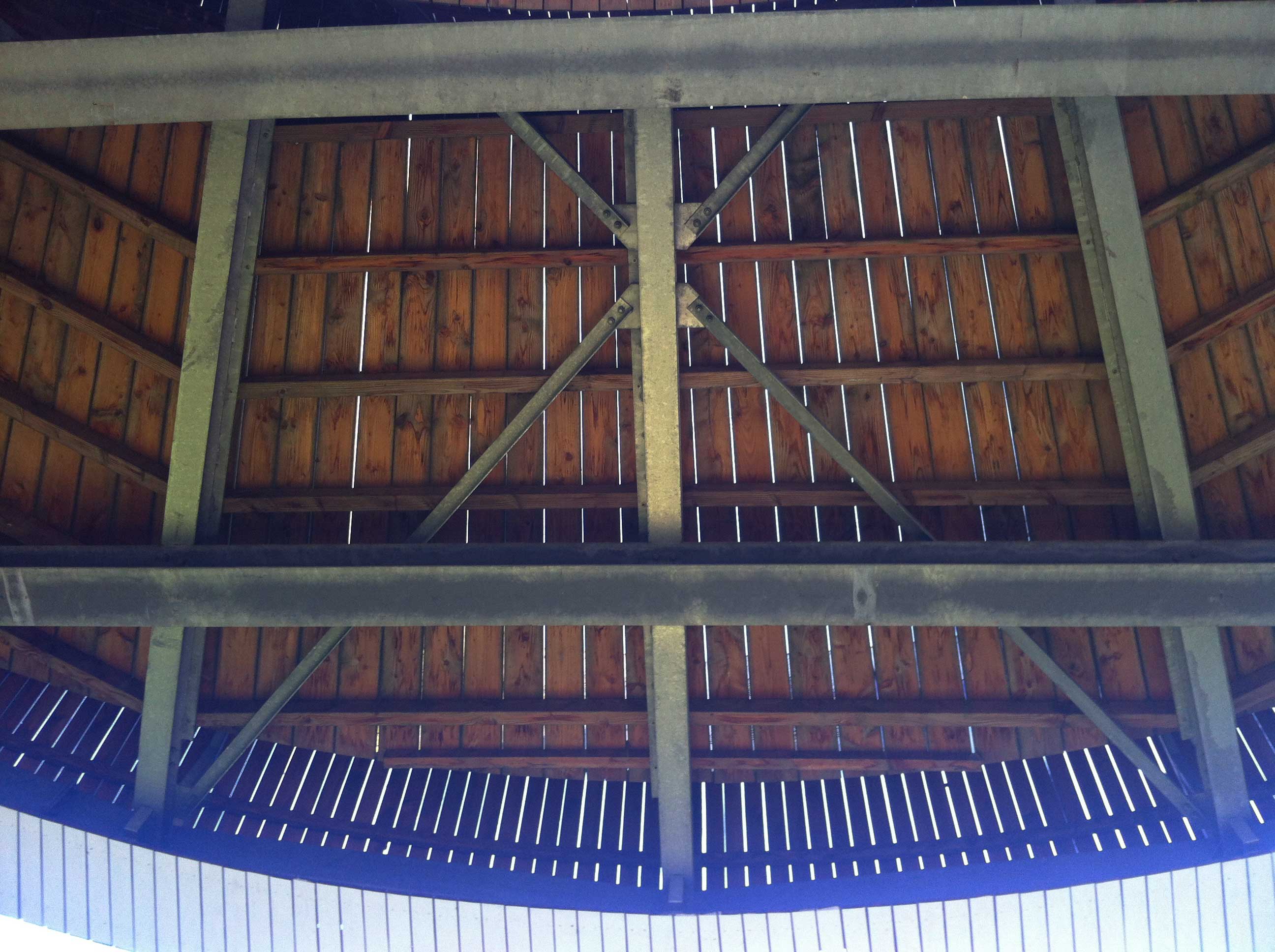
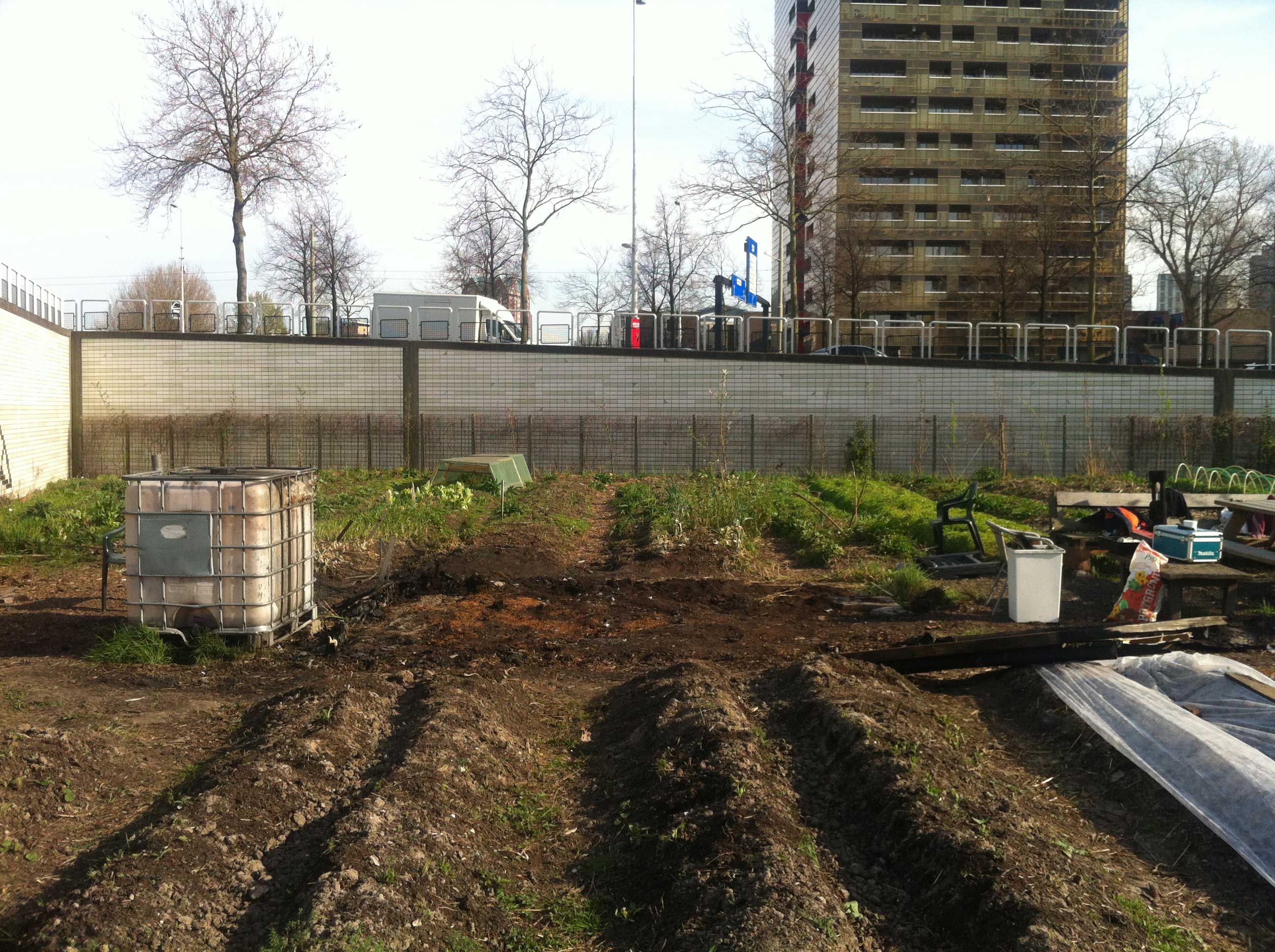

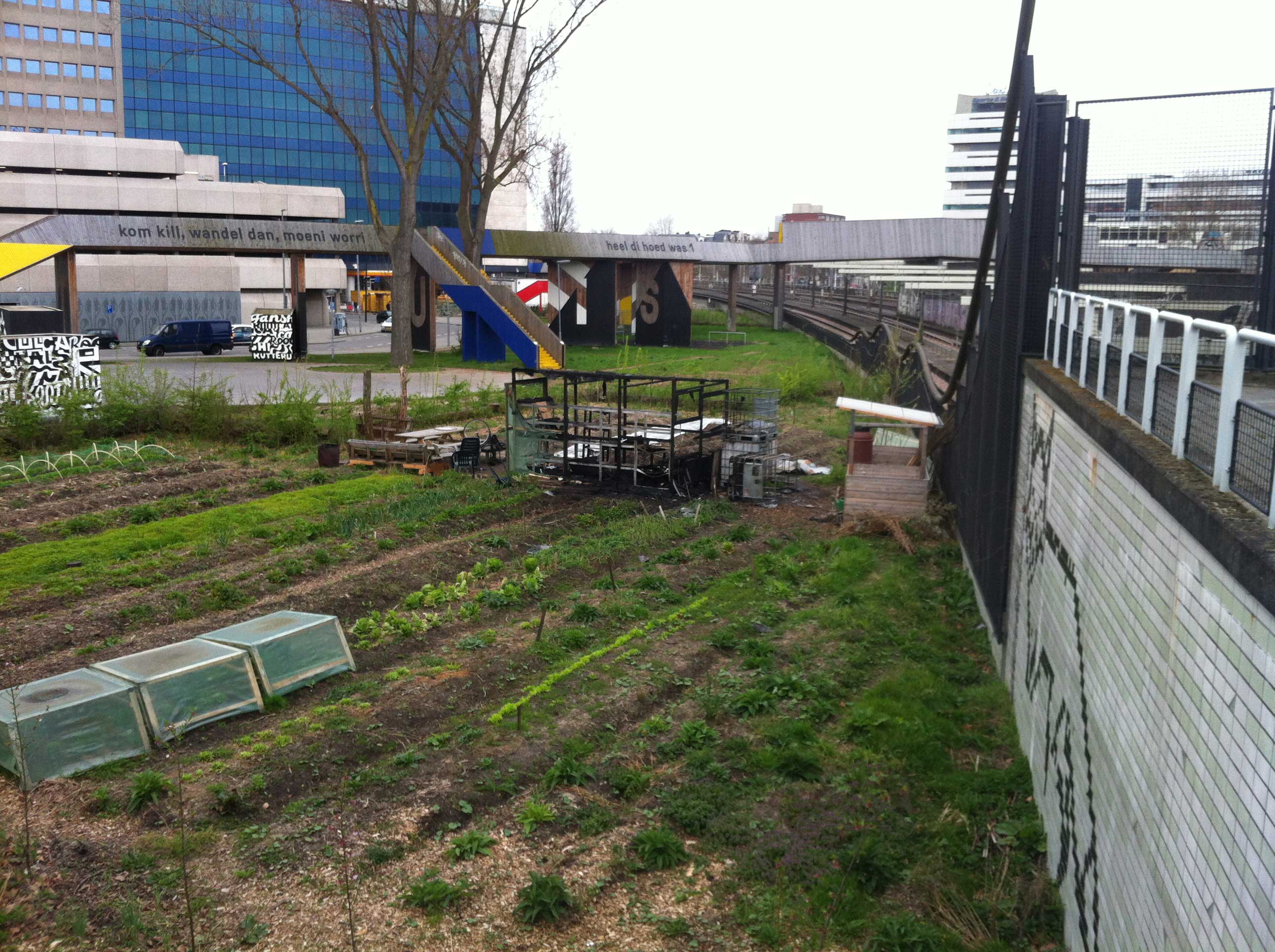
Last night the greenhouse of the Peace Garden burned down.
Someone on facebook told me about it on one of my latest posts about the garden. This morning, around half past nine, i walked up there to check. My first reaction was actually relieve. I had imagined the whole garden burned down. Luckily it was only the greenhouse. Then my reaction was sadness. And then anger. And then sadness once more.
I walked back home to get my iPhone. I did call the two maintainers then and told them both in their voice mail. Then i told the whole group in our whatsapp group. After a few initial reactions i walked back to make some photos to post in the whatsapp group. (I don’t have internet on my iPhone. I can only connect back home with my wifi.) Back home once more there were many reactions in the group. And even more after i posted the photos.
I made some tea and went back with it.
I could see the center of the fire was towards the back of the greenhouse. At the back stood the water tanks, which were melted. The inside of the greenhouse was burned and cracked, the plastic molten away, the iron fences bent and deformed.
Soon other people came by, Jorinde and Andreas. We were all shocked. But also thinking about what might have caused this, what to do next, what sort of greenhouse to make next, what of the chicken run, what of the seedlings we should be sowing again in the next two weeks. Questions tumbling over each other.
John, our homeless person residing in the greenhouse came along. He told us it was another group of people who had done this, while he was away to work. Jealousy.
Murray, Daniel and Julien came along. We cleaned up a little bit.
Then Daniel treated us all to coffee and chocolate milk. And we talked a bit more, sitting on the benches outside the garden.
A week and a half ago i talked with Julien about my desire for someone special in my life. But i also said i didn’t want to date. Dating reminds me of bringing only the best parts of me. There is simply no way i will ever go in Tinder or some dating website and try to find someone there. It was hard to talk about this, to explain this feeling i had. I did say i was feeling happy. Really. Even though my money situation is extremely tight right now. I don’t worry about it. I’m not sure why. I know i should, really. I know a few years back i would be worried sick. But i am not worried right now. I trust myself, in who i am, in my work – this website. I know things could go wrong, but i feel they won’t. I don’t understand this, but this is a very strong feeling.
To me, this world we live in, the state of it, the way people live here in Western Europe, in Asia, in Africa, in the Middle East, in America. It just isn’t enough for me. There are so many people scared, worried sick, afraid for their lives. And here in the Netherlands people worry about the money they make. The money they set aside for their pension. The money they pay for their health insurance. The money they pay for their other insurances. The money they pay for their internet, and television, and phones.
Fucking hell.
I don’t want to live like this.
No
Way
Only now i slowly begin to realize how upset i am. How angry. Livid. Furious.
AAAAAAARRRRRRRGGGGGGHHHHHHHHH
So yes, i would love to fall in love. Have a boyfriend. Someone to talk with, sleep with, kiss with, have sex with. Of course. A friend. A true friend. Of course. But he is not around. And i’m not going to let that stop me from living my life. Fight for what i believe is right. Hell no.
OK Ellen
…. breath ….
…. relax ….
…. 🙂 ….
—- Adrenaline was streaming through my body. Bit more average now. Better! —-
The plan is to work tomorrow, Thursday, to get the greenhouse cleared, the ground around it cleared.
And me, i am writing this post Fire now. After i read a bit more in my Gilbert & George books. I will make a post dedicated to them soon. I leave you with one of their works from 1984, Death Hope Life Fear. I do want to get my head clear about their work before though. So yes, reading, learning.
One of their largest and most ambitious pictures, the quadripartite DEATH HOPE LIFE FEAR tackles the central themes of human existence. Its powerful compositions and luminescent colours make this one of the high points of Gilbert & George’s art of the 1980s.
Together, DEATH and LIFE suggest an ongoing cycle of mortality and re-birth, with the figures of the artists simultaneously rising and falling, growing and shrinking. In DEATH, they are embraced by the petals of a rose and a daisy, while in LIFE giant leaves behind their shoulders resemble the wings of angels. In FEAR, the figures of young men are isolated from each other, dispersed at different levels. HOPE, by contrast, presents an image of unity and strength, with the youths arranged into definite groups in front of a landscape reminiscent of the white cliffs of Dover.
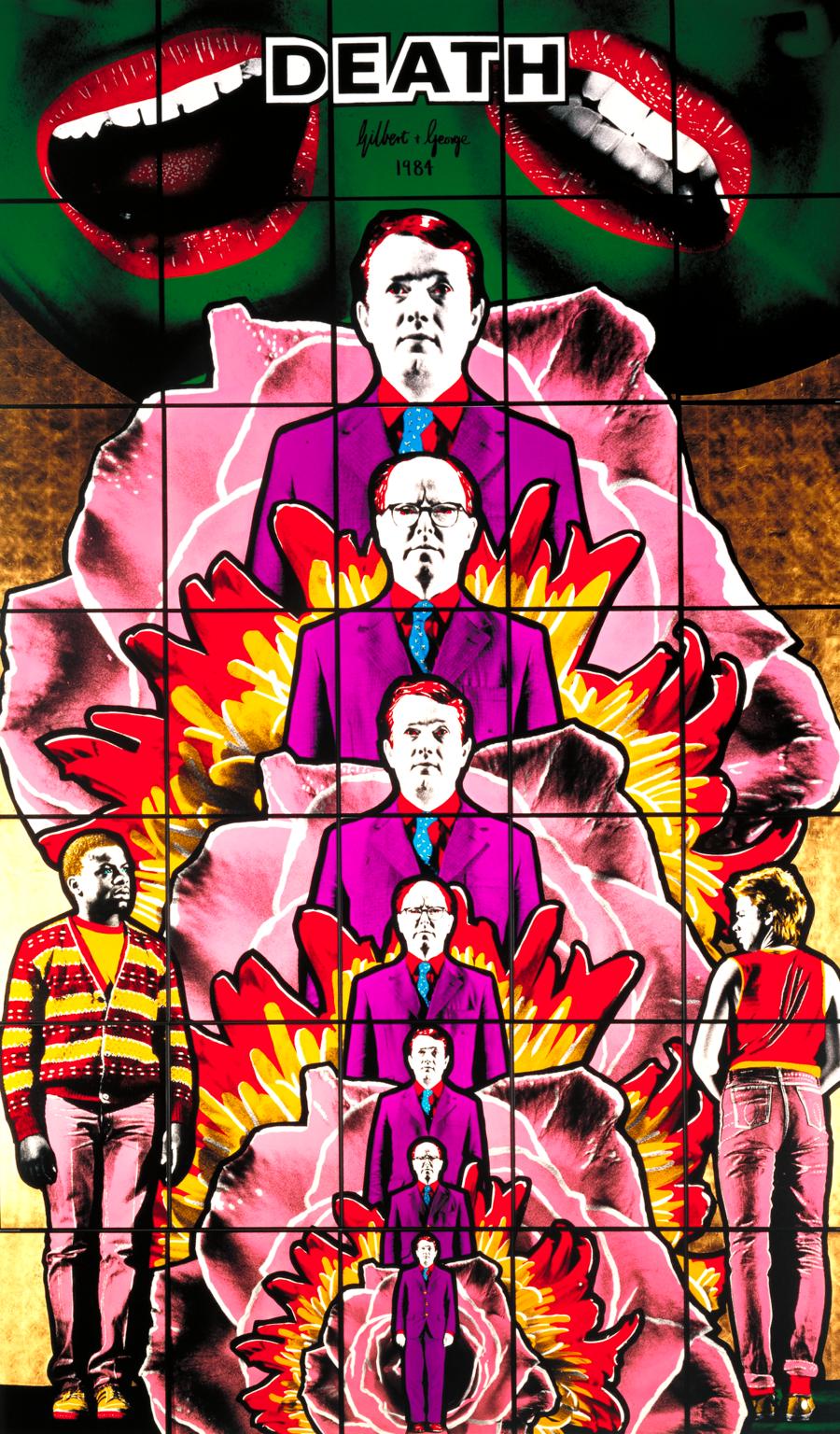
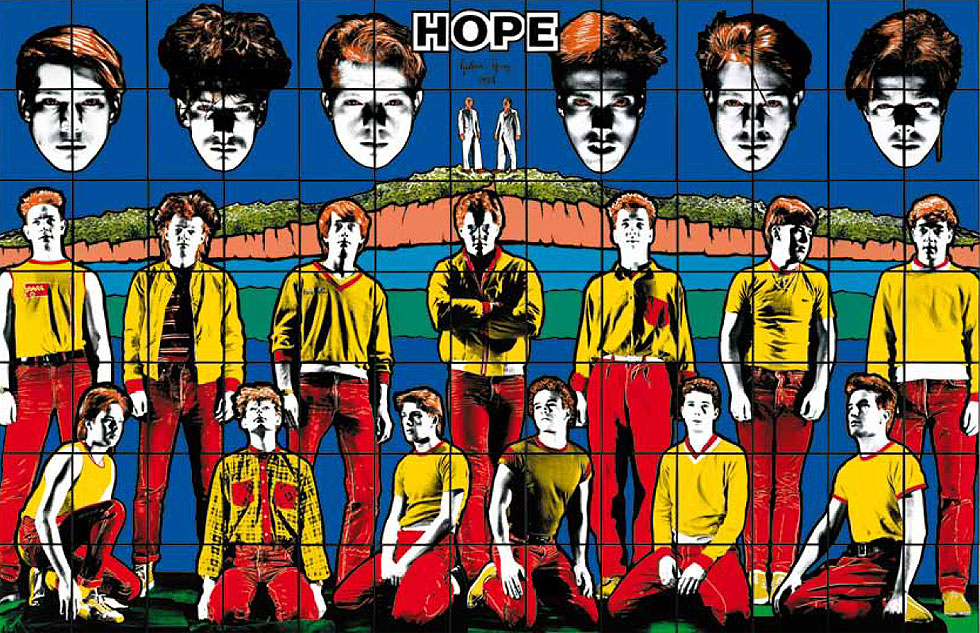
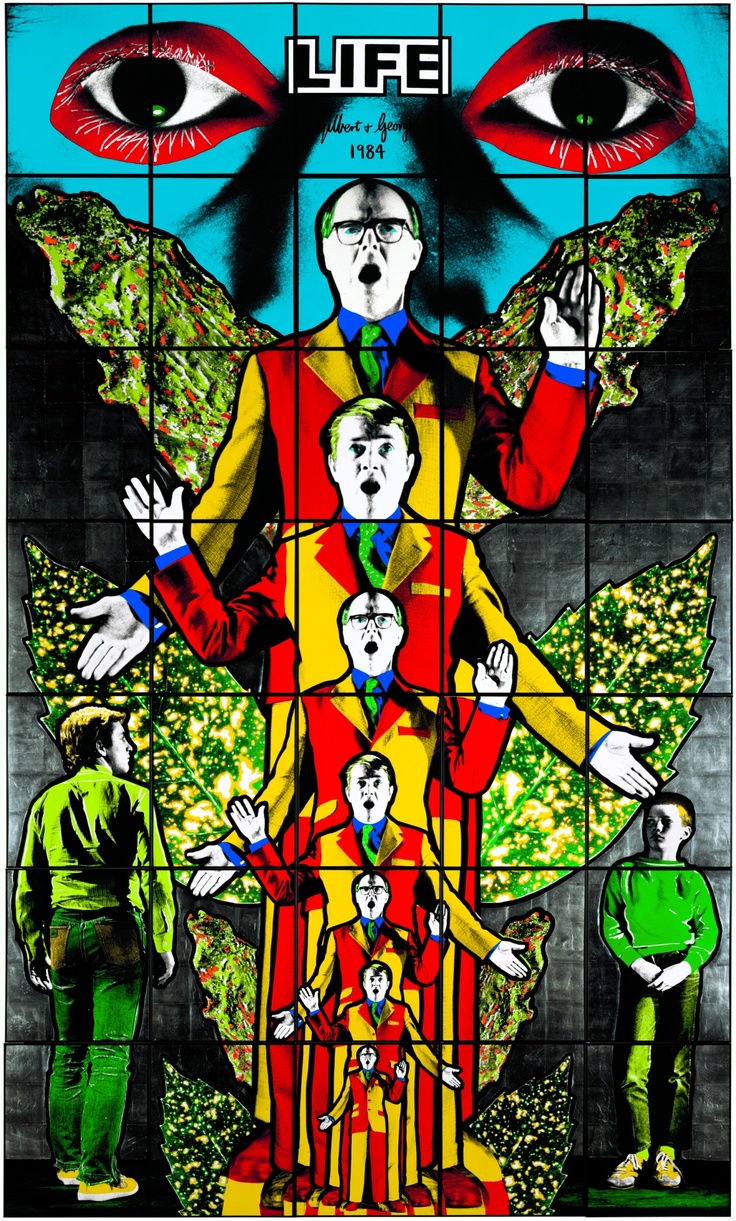



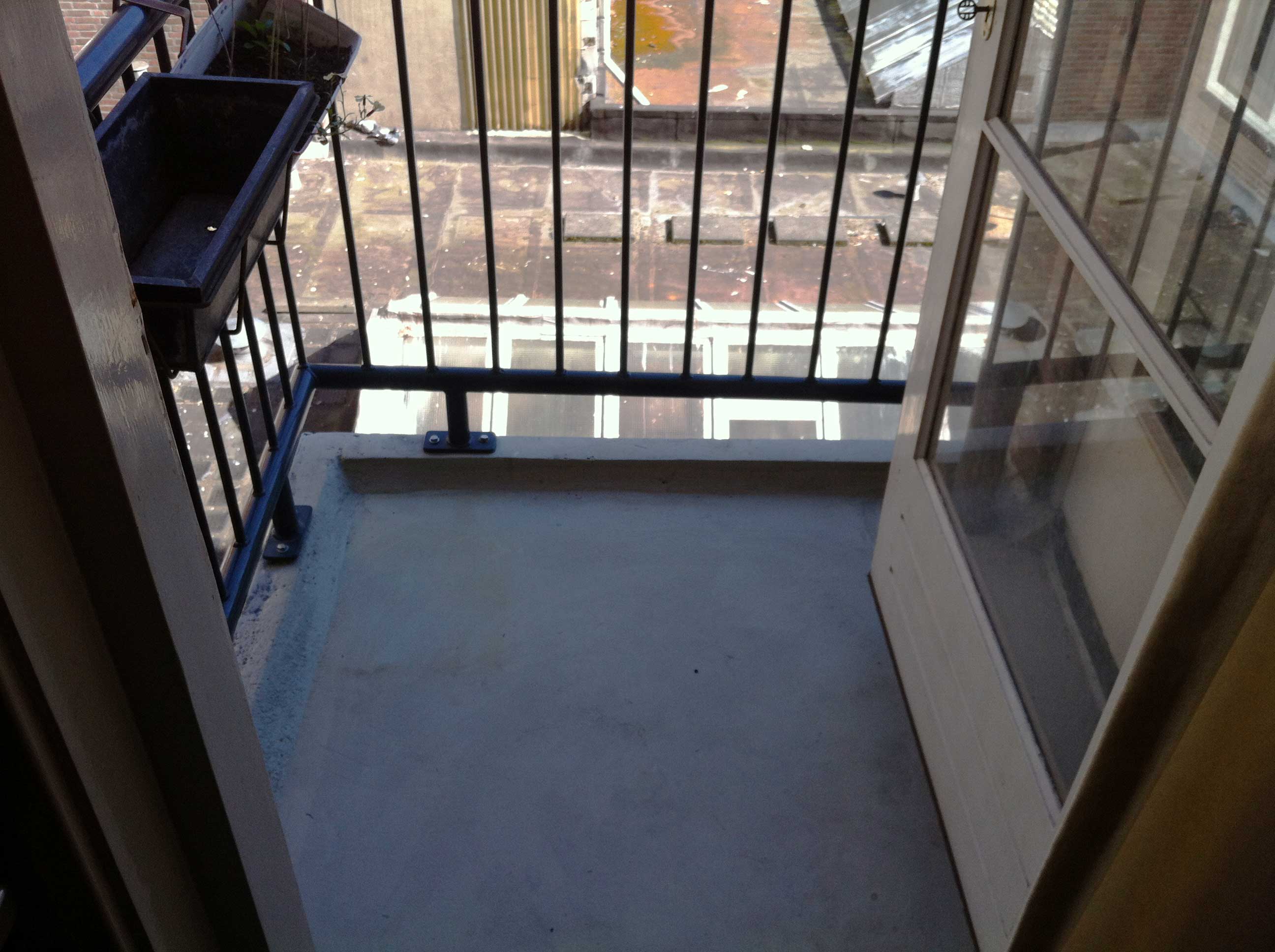
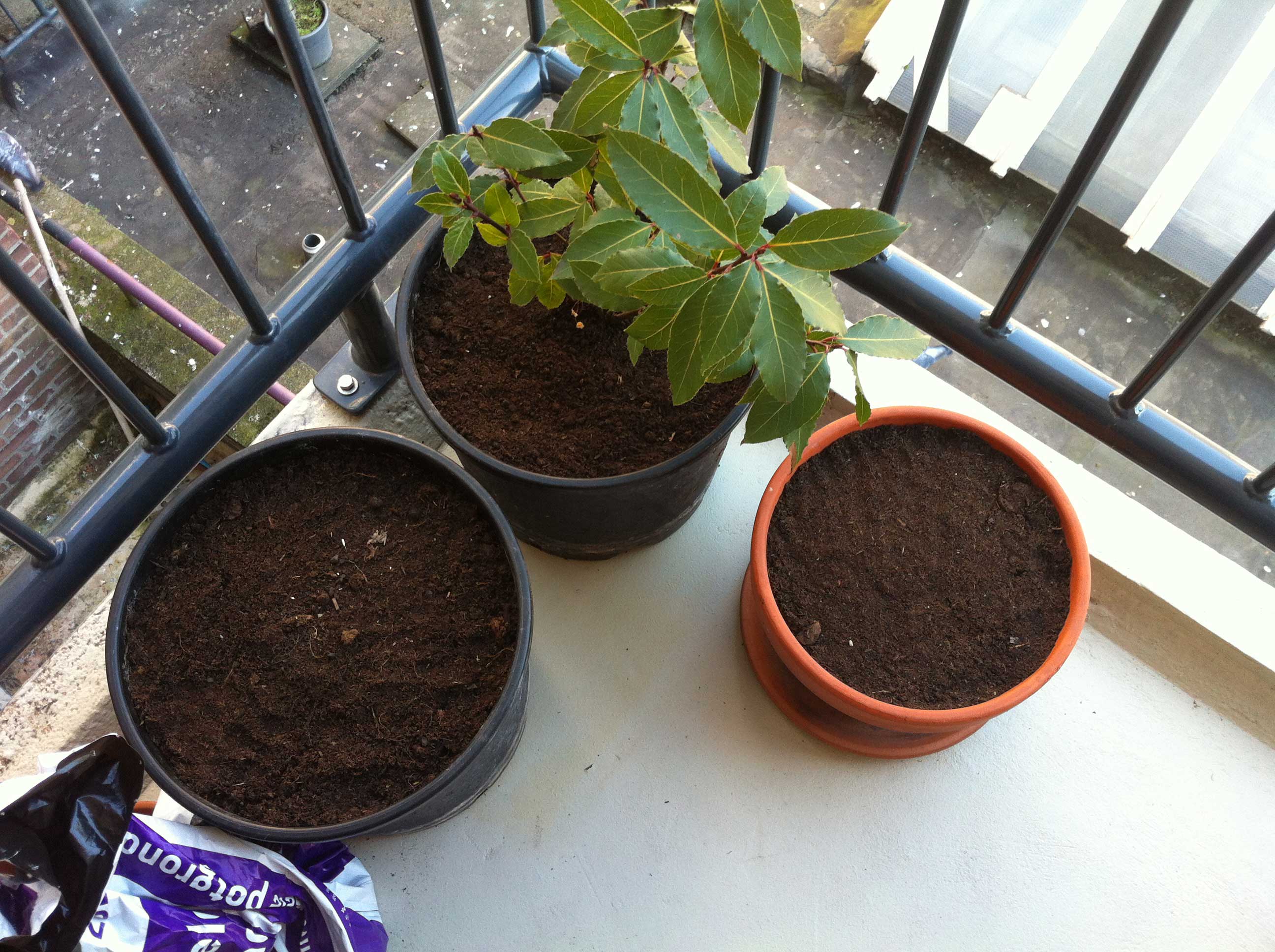
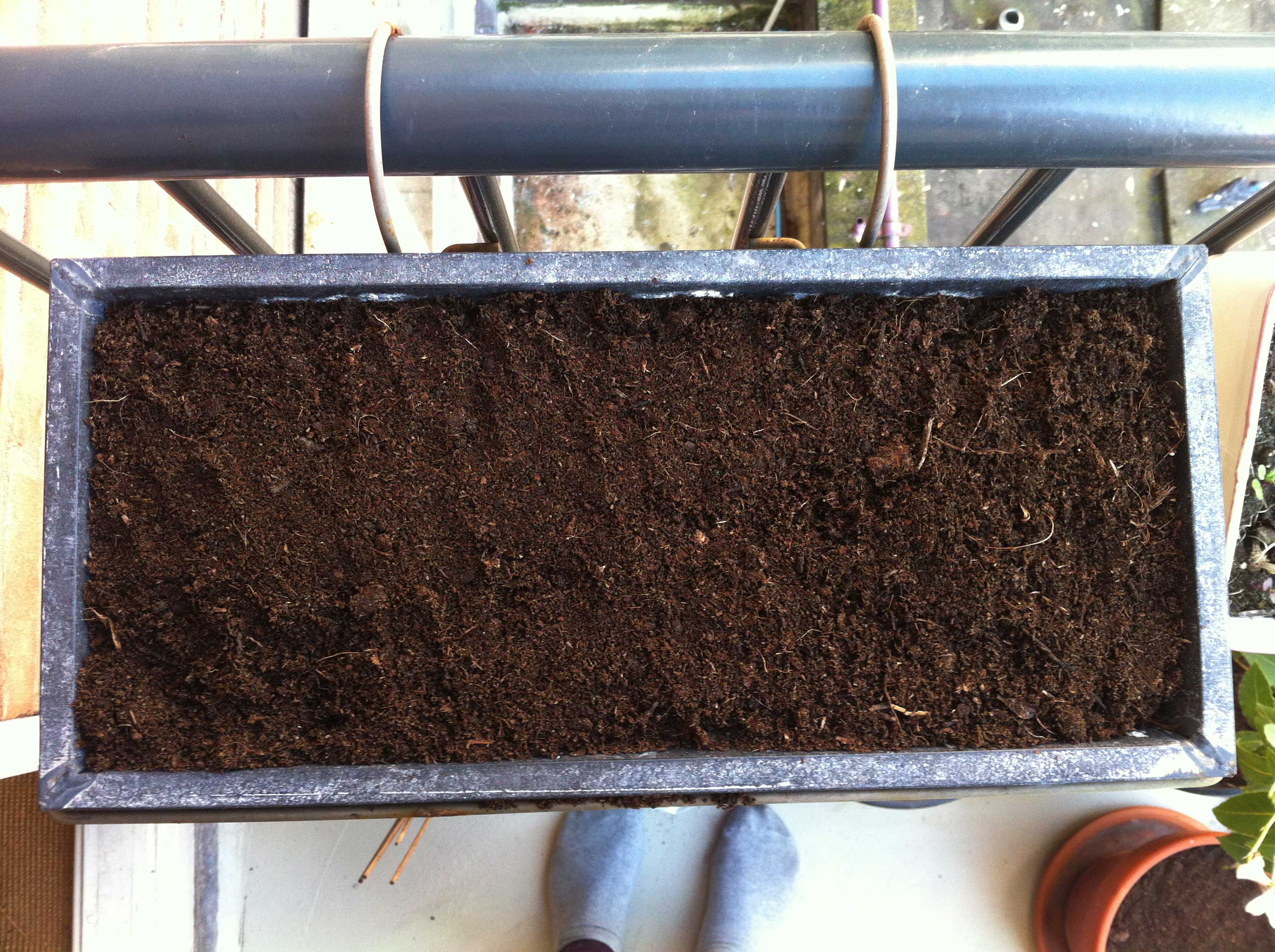
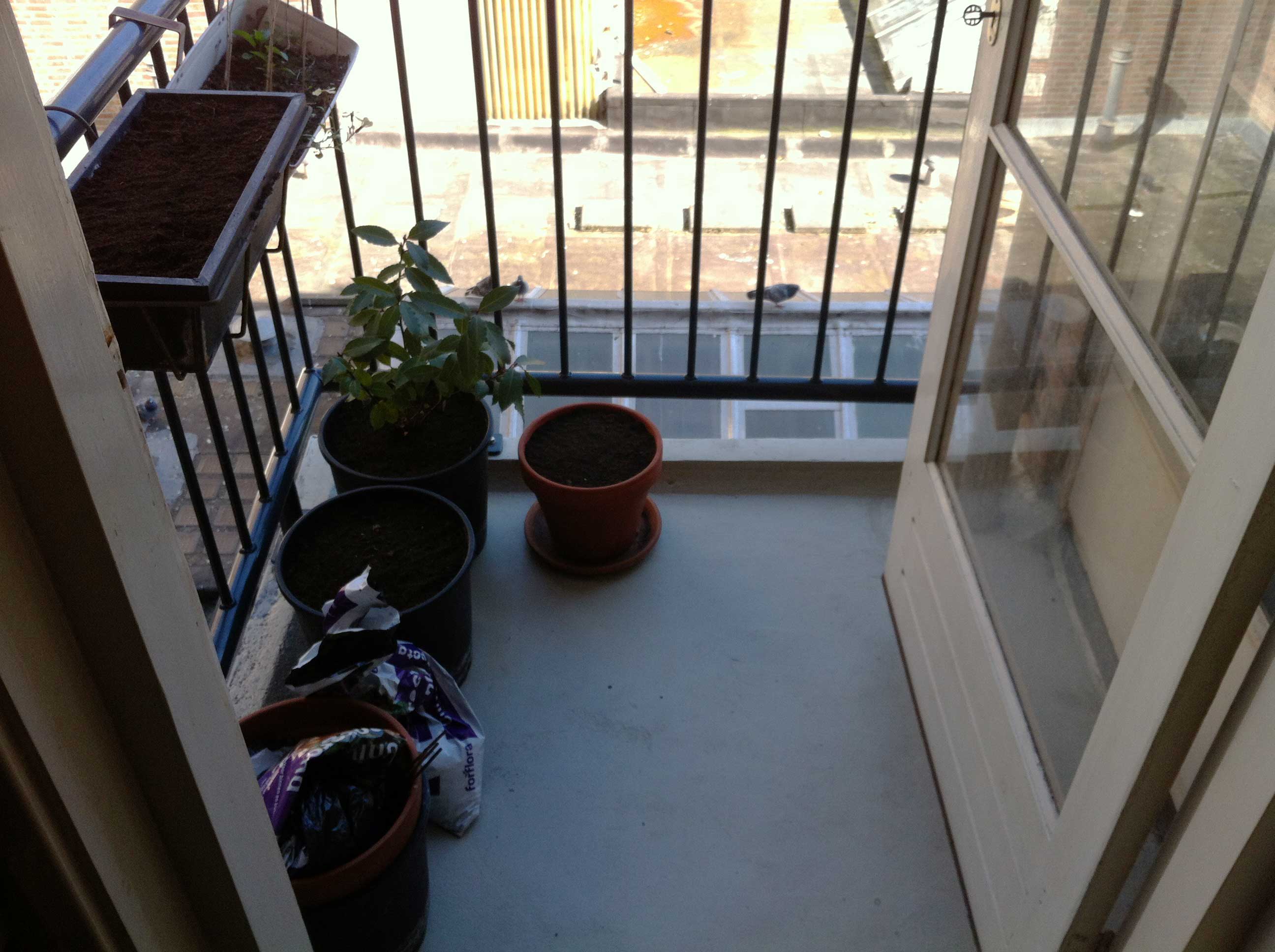
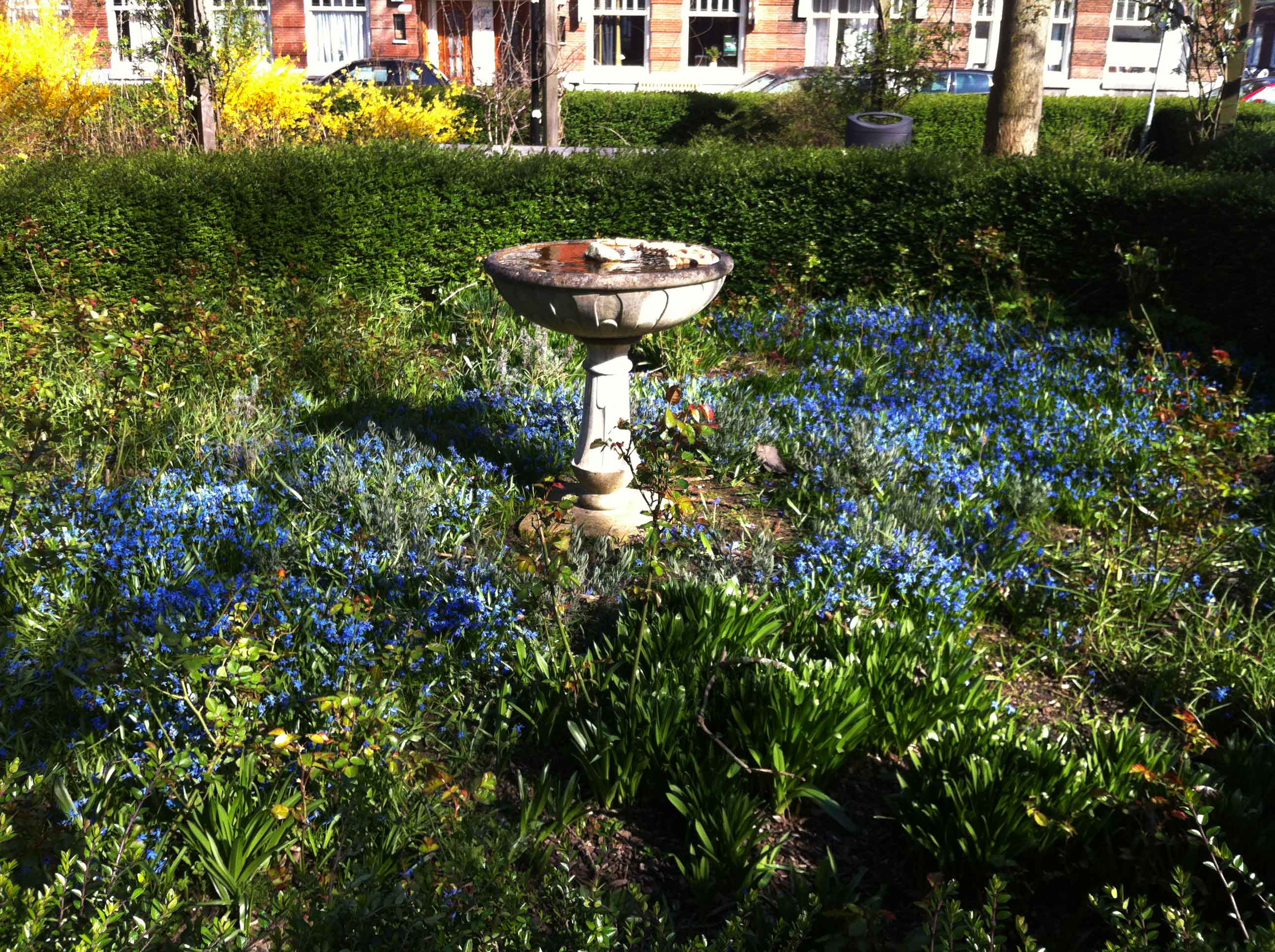
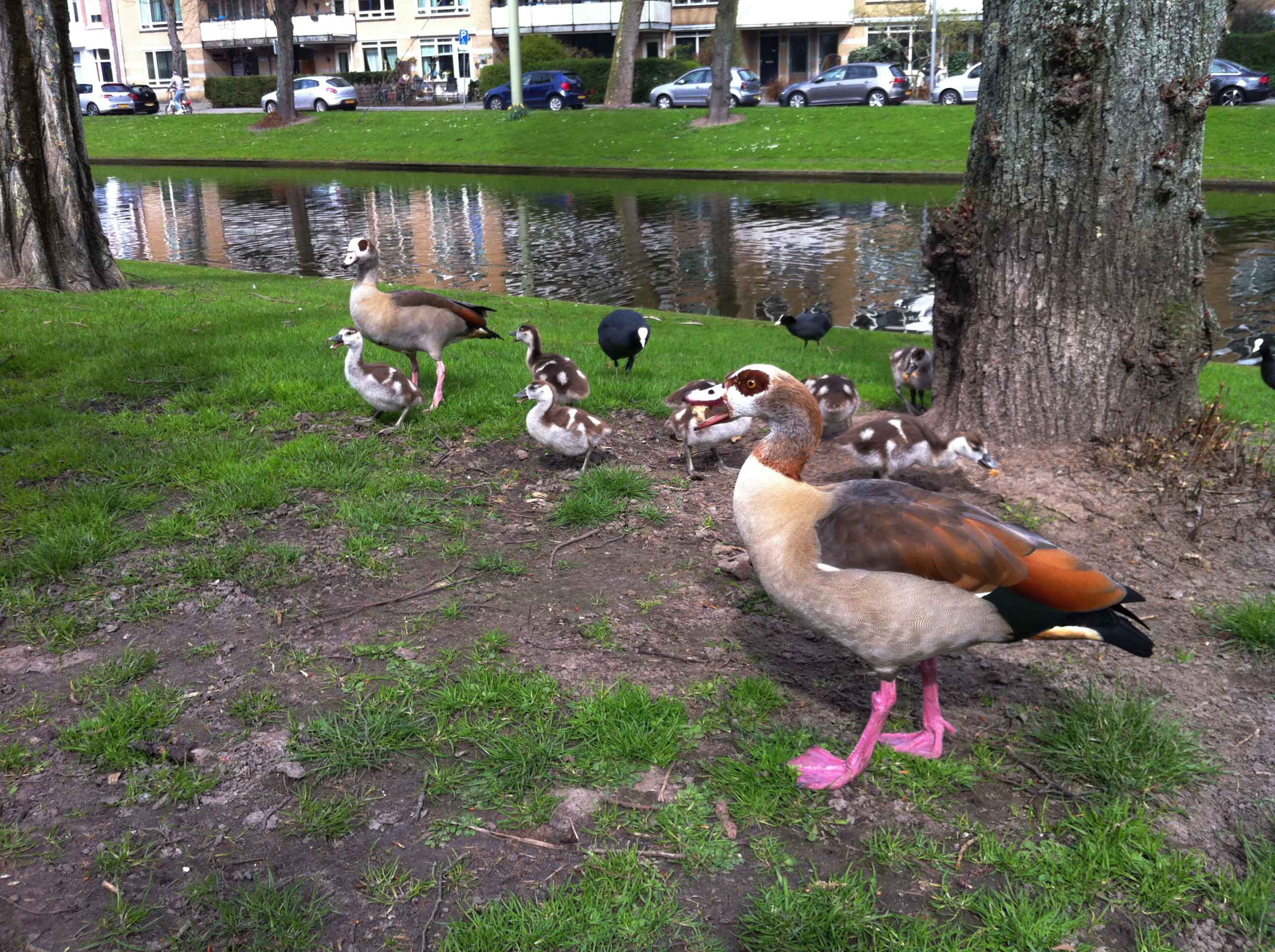
Today it was the Open Day at the Gandhi Garden. First i went to the Groene Passage Festival Market. I took home some self made compost from the Spirit restaurant. Also some magazine’s from the ecological Velt collective.
After that i walked past my home and put on a warmer coat. On to the Gandhi Garden next.
It was busy! The Maja Fietsclub performed. The first time i saw them perform, I liked it. Wijnand and Andreas, who both work in the Peace Garden, are the singer and the drummer.
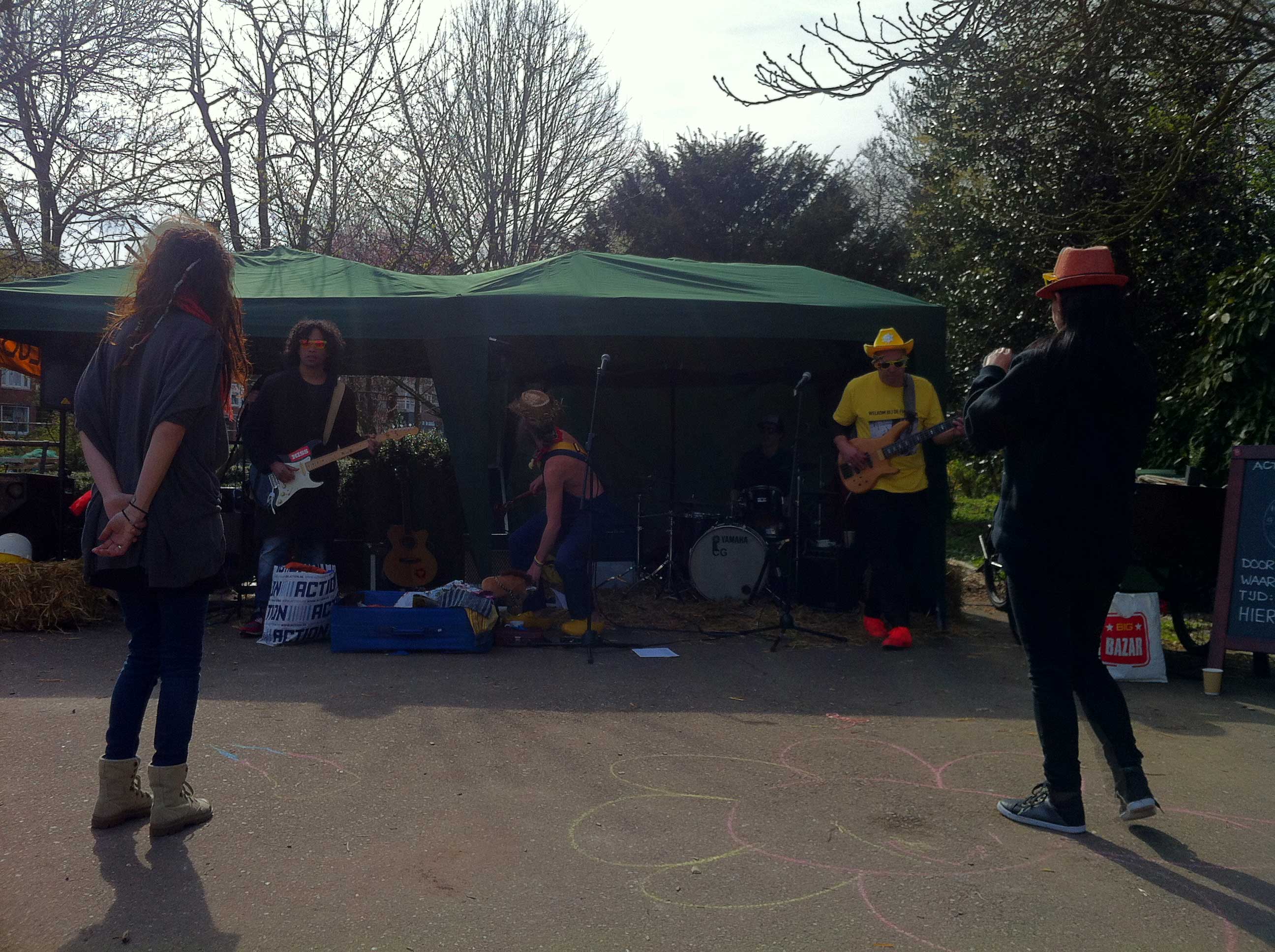
Walking back through De Savornin Lohmanlaan. There is a vegetable garden there. I found it!
Half past five i was home. The sun still shining. One hour later than a week ago. Yay!
